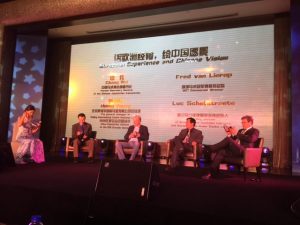Wanneer bij aankoop van een paard achteraf blijkt dat het paard een bepaalde ziekte of afwijking heeft, of nog, wanneer het niet over de verwachte kwaliteiten beschikt, op basis waarvan kan de koopovereenkomst dan worden ontbonden of vernietigd? De bijdrage behandelt de mogelijkheid tot nietigverklaring of ontbinding van de overeenkomsten tot koop-verkoop van paarden.Eerst wordt er stilgestaan bij de wet van 25 augustus 1885, die een bijzonder regime ott Stand brengt bij de nietigverklaring van koop en ruil bij o.a. paarden. Vervolgens gaat deze bijdrage in op de Wet Consumentenkoop, de wilsgebreken dwaling en bedrog en het Weens Koopverdrag. Tot slot wordt kort de bevoegdheid behandeld.
Wet van 25 augustus 1885
Een overeenkomst tot koop of ruil kan nietig worden verklaard op grond van verborgen gebreken op basis van de artikelen 1641 e.v. van het Burgerlijk Wetboek. Een verborgen gebrek maakt de zaak ongeschikt voor het gebruik waartoe men ze normaal bestemt of vermindert het gebruik ervan aanzienlijk. Bij de koopovereenkomst van een paard moet daarbij echter rekening worden gehouden met de wet van 25 augustus 1885. Volgens artikel 1 van deze wet worden bij de verkopingen of ruilingen van paarden, ezels, muilezels en andere huisdieren die tot het schapen-, runder- of varkensras behoren, de ziekten of gebreken die door de regering vastgesteld worden, voor koopvernietigende gebreken gehouden en zullen zij alleen aanleiding geven tot de vordering voorzien bij artikel 1641 BW.
Het KB van 24 december 1987 betreffende de koopvernietigende gebreken bij verkoop of ruiling van huisdieren somt de verschillende koopvernietigende ziekten en gebreken op. Bij paarden worden slechts twee ziektes als koopvernietigende gebreken beschouwd, nl. malleus en infectieuze anemie (art. 1, 1°).
De vernietiging van een overeenkomst tot koop-verkoop of ruil van een paard op grond van de artikelen 1641 e.v. BW heeft in de praktijk dus weinig relevantie omdat een overeenkomst enkel nietig kan worden verklaard op grond van verborgen gebreken wanneer het paard één van deze twee ziektes heeft.
Het is dan ook niet verwonderlijk dat het Grondwettelijk Hof zich reeds diende uit te spreken over deze regeling. Aan het Hof werd de volgende prejudiciële vraag gesteld: “Zijn de artikelen 1 tot 12 van de wet van 25 augustus 1885 en het koninklijk uitvoeringsbesluit ervan van 24 december 1987 in overeenstemming met de artikelen 10 en 11 van de Grondwet in zoverre zij een regeling invoeren die afwijkt van het gemeen recht van artikel 11641 van het Burgerlijk Wetboek,
– doordat, inzake de verkoop van een huisdier van de paardensoort dat niet bestemd is voor een snelle slachting voor consumptiedoeleinden maar voor elk ander gebruik zoals een sportieve loopbaan, die bepalingen het instellen van de vordering tot koopvernietiging van de koper beperken door de enkele gebreken die een dergelijke vordering kunnen verantwoorden te beperken tot twee ziekten en door, op straffe van absoluut verval, een termijn van negen dagen op te leggen vanaf de dag na de levering van het dier om de vordering tot koopvernietiging in te stellen,
– terwijl inzake de verkoop van een huisdier van een andere soort dan die welke worden beoogd in de wet van 25 augustus 1885 en dat niet bestemd is voor een snelle slachting voor consumptiedoeleinden maar voor een sportieve loopbaan, zoals de honden die worden gefokt voor de windhondenrennen of de duiven die deelnemen aan wedstrijden in de duivensport, de vordering tot koopvernietiging van de koper wordt onderworpen aan de voorwaarden van de regeling van het gemeen recht van artikel 11641 van het Burgerlijk Wetboek, zowel voor wat betreft de definitie van de toelaatbare koopvernietigende gebreken als wat betreft de termijn om die vordering in te stellen?”
Het Grondwettelijk Hof beantwoordde de prejudiciële vraag ontkennend. De bij wet van 25 augustus 1885 bepaalde regeling wijkt af van de artikelen 1641 tot 1649 BW, maar zij wijkt niet af van de andere bepalingen van het Burgerlijk Wetboek inzake koop. De koper kan derhalve op grond van artikel 1110 BW een vordering tot nietigheid instellen wegens dwaling of een vordering tot ontbinding op grond van de artikelen 1184 en 1604 BW. Bovendien bieden de artikelen 1649bis tot 1649octies BW een bescherming aan de consument die voorrang moet krijgen op de bij de in het geding zijnde wet bepaalde afwijkende regeling (GwH 13 februari 2014, nr. 28/2014).
De wet van 25 augustus 1885 met zijn uitvoeringsbesluit van 24 december 1987 staat er dus niet aan in de weg dat de koopovereenkomst nietig wordt verklaard op grond van een wilsgebrek of de Wet Consumentenkoop.
Wet Consumentenkoop
Toepassingsgebied
De Wet Consumentenbescherming is integraal van toepassing op de koopovereenkomsten van paarden. Wanneer een paard gekocht wordt in het kader van een consumentenkoop, bieden artikel 1649bis tot en met artikel 1649octies BW een belangrijke bescherming ten aanzien van de consument.
Deze wetgeving is enkel van toepassing wanneer een professionele verkoper een consumptiegoed verkoopt aan een consument.
De beoordeling van wie juist een professionele verkoper dan wel een consument is, behoort tot de feitelijke appreciatie van de rechter en heeft niets te maken met het begrip ondernemer uit het handelsrecht.
Een professionele verkoper wordt gedefinieerd als iedere natuurlijke persoon of rechtspersoon die consumptiegoederen verkoopt in het kader van zijn beroepsactiviteit of zijn commerciële activiteit (art. 1649bis, § 2, 20 BW).
Volgens het Hof van Cassatie is elke persoon die op een duurzame wijze een economische activiteit ontplooit, met uitsluiting van de persoon die niet beroepshalve handelt, een verkoper in de zin van artikel 1649bis BW (Cass. 21 januari 2010, AR C.08.0482.N).
Men hoeft geen KBO-nummer of officiële registratie als handelaar te hebben om als professionele verkoper te worden beschouwd in het kader van de Wet Consumentenbescherming. Het criterium bestaat uit de vraag of de verkoop louter hobbymatig is dan wel een professioneel karakter heeft.
De vaststelling dat de verkoop op een duurzame wijze moet geschieden, impliceert dat dit moet gebeuren met een zekere regelmaat, vanuit een zekere structuur of organisatie. Een particulier die occasioneel of sporadisch een goed verkoopt, zal dus niet als een verkoper in de zin van artikel 1649bis, § 2, 2° BW beschouwd kunnen worden (R. STEENNOT, G. STRAETMANS, E. TERRYN, B. KE1RSBILCK en WYSEUR, “Overzicht van rechtspraak consumentenbescherming (2008-2014). Marktpraktijken (2011-2014)”, TPR 2015, 1806, nr. 508).
Het begrip “professionele verkoper” in de zin van de artikelen 1649bis e.v. BW valt niet noodzakelijk samen met het begrip onderneming in de zin van artikel I.1, 10 van het Wetboek van economisch recht. Artikel I.1, 1° WER definieert een onderneming als elke natuurlijke persoon of rechtspersoon die op duurzame wijze een economisch doel nastreeft, alsmede zijn verenigingen. Het gaat om het duurzaam ontplooien van een economische activiteit, met andere woorden het aanbieden van goederen of diensten op een bepaalde markt (J. STUYCK, Handels-en economisch recht. Deel 2 Mededingingsrecht. A. Handelspraktijken, Mechelen, Kluwer, 2015, 57, nr. 31).
Het hof van beroep te Antwerpen sprak zich in het kader van de verkoop van een pony uit over het begrip “professionele verkoper” in een arrest van 4 juni 2012 (Antwerpen 4 juni 2012, onuitg.). Eiseres kocht van verweerster een pony die spoedig na de aankoop een ongebruikelijk gedrag vertoonde. Uit onderzoek bleek dat het paard leed onder zomereczeem en rugproblemen had, vermoedelijk het gevolg van het zadelmak maken op een te korte periode en op een te jonge leeftijd. Eiser vorderde de prijsvermindering op grond van de Wet Consumentenkoop. De verkoper betwistte echter de pony te hebben aangeboden in het kader van een professionele activiteit. Het hof was echter van mening dat verweerster wel degelijk een professionele verkoper, minstens een feitelijk handelaar was waardoor de Wet Consumentenkoop in casu van toepassing was. Uit advertenties uitgaande van de verkoper bleek dat zij bepaalde zaken die met paArden te maken hebben, had verkocht en dat met de bedoeling hieruit een winstgevende activiteit te ontwikkelen. Het feit dat zij tewerkgesteld was als bediende, doet hieraan geen afbreuk. Gelet op de advertenties en aanbiedingen met een gespecialiseerde omkadering en omschrijving, aanvaardde het Hof niet dat de verkoop in kwestie een louter toevallige, eenmalige verkoop zou zijn geweest.
Het begrip “consument” wordt gedefinieerd als iedere natuurlijke persoon die handelt voor doeleinden die geen verband houden met zijn beroepsactiviteit of zijn commerciële activiteit (art. 1649bis, § 2, 1° BW).
Om als consument te worden beschouwd, is het niet vereist dat deze persoon handelt met doeleinden die elk beroepskarakter uitsluiten (Cass. 9 maart 2018, AR C.17.0065.F). Ook aankopen verricht door een natuurlijk persoon voor een gemengd gebruik kunnen dus binnen het toepassingsgebied van de wet vallen wanneer het aangekochte goed hoofdzakelijk voor private doelen wordt gebruikt (Antwerpen 30 juni 2009, NjW 2010, 504, noot R. STEENNOT).
Er kan nog worden opgemerkt dat het loutere feit dat een consument ingeschreven is bij de Kruispuntbank van Ondernemingen niet volstaat als bewijs dat hij het consumptiegoed heeft verkregen in het kader van zijn beroepsactiviteit (Bergen 10 september 2015, TBBR 2016, 462).
Ten slotte moet een “consumptiegoed” worden verkocht. Ook een paard is een consumptiegoed in de zin van artikel 1649bis, § 2, 30 BW, aangezien ook dieren roerende lichamelijke goederen zijn (Gent 2 mei 2012, DCCR 2012, 101; Bergen 15 december 2010, DCCR 2012, 117; Rb. Dinant 16 oktober 20l3, JLMB 2014,237; Vred. Antwerpen 11 december 2014, RW2015-16, 1429).
Wanneer de Wet Consumentenkoop van toepassing is, is de verkoper garantieplichtig voor elk gebrek aan overeenstemming dat bestond bij de levering van het paard en dat zich manifesteert binnen een termijn van twee jaar vanaf de levering (art 1649quater,§ 1, eerste en derde lid BW). Als dit gebrek zich manifesteert binnen de 6 maanden na de levering, wordt het gebrek overeenkomstig artikel 1649quater, paragraaf 4 BW vermoed te hebben bestaan op het tijdstip van de levering.
Zo oordeelde het hof van beroep te Gent in een arrest van 2 mei 2012 (Gent 2 mei 2012, DCCI? 2012, 101) over volgende feiten. Een vrouw kocht voor haar 13-jarige dochter een rijpaard. Een maand na de koopovereenkomst ging de dochter op de openbare weg rijden met het paard. Het paard steigerde voor de aankomende voertuigen. De dochter durfde sindsdien niet meer met het paard rijden en het paard werd op stal geplaatst. In casu was de Wet Consumentenkoop van toepassing, aangezien de verkopers het paard verkochten in het kader van de uitbating van hun handelszaak en de koopster het paard had aangekocht binnen de private sfeer als geschenk voor haar 13-jarige dochter. Door de rechter in eerste aanleg werd een gerechtsdeskundige aangesteld, die tot de bevinding kwam dat het paard een (intrinsiek) karakterieel gebrek vertoonde, aangezien het zicht agressief en onvoorzienbaar gedroeg in de stal en wanneer het werd bereden. Het hof besloot dat het paard niet geschikt was om door een 13-jarige ruiter te worden bereden en dat deze bestemming de verkoper genoegzaam bekend was en ontbond de overeenkomst.
Ook de rechtbank van eerste aanleg te Leuven ontbond de koopovereenkomst van een paard op basis van de Wet Consumentenkoop (Rb. Leuven 27 januari 2016, onuitg-.). Eiseres kocht als consument een paard van een professionele paardenhandelaar. Het betreffende paard was bestemd voor jumping op amateurniveau. Kort na de levering bleek het paard niet te willen springen, zelfs niet over beperkte hindernissen. Het stopte bij het nemen van een sprong, ook als het werd bereden door een professionele ruiter. De verkoper beweerde dat het feit dat het paard niet (meer) sprong, een gevolg zou zijn van de castratie die kort voor de levering had plaatsgevonden. De rechtbank was echter van oordeel dat de verkoper dit niet aantoonde en dat hij als professioneel verkoper, terwijl de eiser een “consument” is, de koper had moeten meedelen dat een castratie gevolgen zou kunnen hebben gehad voor de prestaties/springcapaciteiten van het paard. De vordering tot ontbinding van de koopovereenkomst ten laste van de verweerder wegens niet-conforme levering werd gegrond verklaard.
Lex specialis
De regels met betrekking tot de Wet Consumentenkoop vormen een lex specialis t.a.v. de gemeenrechtelijke regels van de artikelen 1640 e.v. BW aangaande de verborgen gebreken en tevens t.a.v. de wet van 25 augustus 1885. Dit wil zeggen dat ook buiten de opgesomde gebreken in de wet van 1885, een overeenkomst in het kader van de Wet Consumentenkoop ontbonden kan worden. Dit werd bevestigd in het bovenvermelde arrest van het Grondwettelijk Hof van 13 februari 2014.
Wilsgebreken
De koopovereenkomst van een paard kan ook nietig worden verklaard op grond van de wilsgebreken dwaling en bedrog. Uiteraard kan ook een beroep worden gedaan op het wilsgebrek geweld (art. 1111 BW), maar dit zal in de praktijk minder relevant zijn.
De wet van 25 augustus 1885 en de gemeenrechtelijke wilsgebreken
De afwijkende regeling van de wet van 25 augustus 1885 doet geen afbreuk aan deze gemeenrechtelijke regeling (F. VRANKEN, Koop en ruil van dieren, Gent, Story-Scientia, 1979, 193-212, nrs. 290-313). Dit werd reeds bevestigd door, zowel het Grondwettelijk Hof in het reeds aangehaalde arrest van 13 februari 2014, als door het Hof van Cassatie. Het Hof van Cassatie stelde in zijn arrest van 8 mei 2014 uitdrukkelijk met betrekking tot het wilsgebrek bedrog: “De bepaling dat een gebrek dat niet als koopvernietigend gebrek is opgenomen in artikel 1 van het koninklijk besluit van 24 december 1987 betreffende de koopvernietigende gebreken bij de verkoop of ruiling van huisdieren geen aanleiding kan geven tot een vordering tot vrijwaring op grond van artikel 11641 Burgerlijk Wetboek, staat niet eraan in de weg dat zulk gebrek aanleiding geeft tot een vordering tot vernietiging van de koopovereenkomst wegens een bedrieglijke verzwijging van dit gebrek op grond van artikel 11116 Burgerlijk Wetboek” (Cass. (lste k.) 8 mei 2014, AR C.13.0022.N).
De rechtspraak paste dit principe al reeds langer toe. Zo bevestigde het hof van beroep te Brussel dat de koper de keuze heeft, hetzij de koopvernietiging te vragen overeenkomstig de voorschriften van de wet van 3 juli 1894, die artikel 13 van de wet van 25 augustus 1885 verving, hetzij de nietigheid van de verkoop te vervolgen overeenkomstig de bepalingen van het gemeen recht, in welk geval de rechtsregels van de wetten van 25 augustus 1885 en 3 juli 1894 niet hoeven te worden nageleefd (Brussel 23 maart 1983, RW 1985-86, 685).
De rechtbank van koophandel te Hasselt aanvaarde dat een koop-verkoopovereenkomst kan worden vernietigd op grond van dwaling als een ziekte niet valt onder de toepassing van de wet van 25 augustus 1885 op de koopvernietigende gebreken bij dieren (Kh. Hasselt 20 november 1991, Limb.Rechtsl. 1994, 102, noot). De vrederechter te Hasselt bepaalde het volgende: “De koper van een dier dat aangetast is door een ernstige ziekte die niet is opgenomen in het KB van 24 december 1987 betreffende de koopvernietigende gebreken, ter uitvoering van de wet van 25 augustus 1885, is gerechtigd de ontbinding van de koop te vorderen wegens een verborgen niet-conforme levering” (Vred. Hasselt 15 september 2004, RW 2006, 777). Tot slot kan ook nog worden verwezen naar een vonnis van de rechtbank te Hoei waarbij vastgesteld werd dat de koper de ontbinding van de koop kan vorderen op grond van dwaling wanneer een dier aangetast is door een ernstige ziekte die niet is opgenomen in de wet van 25 augustus 1885. Immers, “de wet van 1885 doet in niets afbreuk aan de algemene regels van het BFK doch heeft enkel, voor welbepaalde gevallen, een bijzondere procedure in het leven geroepen” (Rb. Hoei 2 mei 1973, TL 1972-73, 301).
Dwaling
Een overeenkomst kan nietig worden verklaard op grond van dwaling, wanneer gedwaald
wordt over de zelfstandigheid van de zaak, die het voorwerp van de overeenkomst uitmaakt. Artikel 1110 BW bepaalt hieromtrent het volgende:
“Dwaling is alleen dan een oorzaak van nietigheid van de overeenkomst, wanneer zij de zelfstandigheid betreft van de zaak die het voorwerp van de overeenkomst uitmaakt.
Zij is geen oorzaak van nietigheid, wanneer zij alleen de persoon betreft met wie men bedoelde te handelen, tenzij de overeenkomst hoofdzakelijk uit aanmerking van deze persoon is aangegaan”.
Dwaling kan worden gedefinieerd als “een niet-uitgelokte verkeerde voorstelling van de werkelijkheid die een partij bij een contract heeft aangaande een bestanddeel van de overeenkomst, op het ogenblik dat zij die overeenkomst sluit” (A. DE BOECK en J. WAELKENS, “Dwaling” in Bijzondere overeenkomsten. Artikelsgewijze commentaar met overzicht van rechtspraak en rechtsleer, bijgewerkt tot 1 september 2017, 191, nr. 3).
Opdat dwaling als wilsgebrek in aanmerking kan komen, dient zij betrekking te hebben op de zelfstandigheid van de zaak (Cass. 31 oktober 1966, Arr.Cass. 1967, 301; Cass. 3 maart 1967, Arr.Cass. 1967, 829; Cass. 27 oktober 1995, Arr:Cass. 1995, 920). De zelfstandigheid van de zaak is ieder element dat de partij er hoofdzakelijk toe bewogen heeft het contract aan te gaan, zodanig dat zonder dit de overeenkomst niet tot stand zou zijn gekomen (Cass. 23 januari 2014, AR C.13.0114.N).
Bovendien moet de dwaling verschoonbaar zijn, wat betekent dat ieder redelijk mens de dwaling zou hebben begaan (Cass. 28 november 2013, AR C.12.0556.N).
De veterinaire keuring van een paard bij aankoop is geenszins een verplichting en in het algemeen kan men van een contractant niet vereisen dat hij zich zou laten bijstaan door een deskundige op het moment van de aankoop (Luik 11 december 1989, Act. dr 1991, 210). Zelfs wanneer een contractant zich laat bijstaan door een deskundige en zich vergist, kan de dwaling nog verschoonbaar zijn (R KRUITHOF, BOCKEN, F. DE LY en B. DE TEMMERMAN, “Overzicht van rechtspraak (1981-1992). Verbintenissen”, TPR 1994, 339).
Zo zou er sprake kunnen zijn van dwaling indien een koper een paard koopt om hiermee deel te nemen aan jumpingwedstrijden op een hoog niveau. Als hij deze doelstelling bekendmaakt aan de verkoper op het moment van de verkoop, behoort deze eigenschap tot de zelfstandigheid van de zaak Als de verkoper vervolgens niet kenbaar maakt aan de koper dat het paard enkele jaren voordien een medische aandoening heeft gehad en achteraf blijkt dat het paard door deze aandoening niet op een hoog niveau kan deelnemen aan jumpingwedstrijden, heeft de koper gedwaald over de zelfstandigheid van de zaak als ieder redelijke persoon gedacht zou hebben dat deze aandoening de deelname aan jumpingwedstrijden op een hoog niveau niet zou in de weg staan.
Bij dwaling dient de koper immers te bewijzen dat het gebrek of de ziekte bestond op het ogenblik van de verkoop. Hij kan geen beroep doen op een wettelijk vermoeden. Een uitgebreid overzicht van oude rechtspraak die een overeenkomst nietig verklaart op grond van dwaling, is te vinden bij F. VRANKEN (F. VRANKEN, Koop en ruil van dieren, Gent, Story-Scientia, 1979, 199-204, nrs. 298-302bis).
Bedrog
Daarnaast kan een overeenkomst ook nietig worden verklaard op grond van het wilsgebrek bedrog:
“Bedrog is een oorzaak van nietigheid van de overeenkomst, wanneer de kunstgrepen, door een van de partijen gebezigd, van dien aard zijn dat de andere partij zonder die kunstgrepen klaarblijkelijk het contract niet zou hebben aangegaan. Bedrog wordt niet vermoed, het moet worden bewezen” (art. 1116 BW).
Opdat er sprake zou zijn van bedrog, dient zowel een materieel element als een intentioneel element te worden bewezen. Bedrog veronderstelt dat de mede-contractant kunstgrepen (materieel element) aanwendt om de andere partij tot contracteren te bewegen (intentioneel element).
Enerzijds moet de mede-contractant dus kunstgrepen aanwenden. Kunstgrepen kunnen bestaan uit positieve handelingen of daden, zoals leugens (R. DEKKERS en VERBEKE, Handboek burgerlijk recht. Deel III. Verbintenissen, bewijsleer, gebruikelijke contracten, Antwerpen, Intersentia, 2007, 30, nr. 48). Ook de verzwijging van een partij bij het sluiten van een overeenkomst kan in bepaalde gevallen bedrog opleveren in de zin van artikel 1116 BW wanneer zij betrekking heeft op een feit dat, indien de wederpartij ervan op de hoogte was geweest, ertoe zou geleid hebben dat zij de overeenkomst niet zou hebben gesloten of ze tegen een goedkopere prijs zou hebben gesloten (Cass. 16 september 1999, TBBR 2000, 688; Cass. 17 februari 2012, Arr.Cass. 2012, 397).
Anderzijds moet de list tot contracteren bewegen. Dit wil zeggen dat zonder het bedrog de tegenpartij niet zou hebben gecontracteerd (R. DEKKERS enA. VERBEKE, Handboek burgerlijk recht. Deel III. Verbintenissen, bewijsleer, gebruikelijke contracten, Antwerpen, Intersentia, 2007, 30, nr. 48). Bij bedrog draagt de koper aldus een zeer zware bewijslast, aangezien hij ook het bedrieglijk inzicht van de verkoper moet bewijzen, nl. het oogmerk om te misleiden.
Wanneer een verkoper bijvoorbeeld moedwillig verzwijgt dat een paard aan een bepaalde medische aandoening lijdt, zoals `kissing spines’ of hoefkatrol, dan kan de overeenkomst worden vernietigd op grond van bedrog. Er kan ook worden gedacht aan de situatie waarbij de verkoper wedstrijdresultaten of medische verslagen vervalst.
Het Weens Koopverdrag
Tot slot voorziet het Weens Koopverdrag (hierna CISG) nog een bijzonder regime voor koopovereenkomsten betreffende roerende zaken, gesloten tussen een koper en een verkoper die in verschillende staten gevestigd zijn. Indien beide staten partij zijn bij het CISG of wanneer volgens de regels van internationaal privaatrecht het recht van een verdragsluitende staat van toepassing is en de toepasselijkheid van het verdrag niet conventioneel werd uitgesloten, is dit regime van toepassing (art. 1 CISG). Het CISG is niet van toepassing op de koop van roerende zaken die gekocht worden voor persoonlijk gebruik of voor gebruik in gezin of huishouding, tenzij de verkoper te eniger tijd voor of bij het sluiten van de overeenkomst niet wist of had behoren te weten dat de zaken voor zodanig gebruik werden gekocht (art. 2, a) CISG).
Indien een paard om professionele doeleinden wordt verkocht tussen twee partijen die in verschillende staten (die partij zijn bij het CISG) gevestigd zijn, zal het CISG van toepassing zijn op deze overeenkomst.
Op grond van het CISG kan een koopovereenkomst worden ontbonden of kan een schadevergoeding worden gevorderd op basis van niet-conformiteit. Artikel 35, eerste lid CISG verplicht de verkoper om zaken af te leveren waarvan de hoeveelheid, de kwaliteit en de omschrijving voldoen aan de in de overeenkomst gestelde eisen en die zijn verpakt op de in de overeenkomst vereiste wijze.
Indien de overeenkomst uitdrukkelijk vermeldt dat het paard aan bepaalde kwaliteiten dient te voldoen, bijvoorbeeld dat het geschikt moet zijn om aan jumpingwedstrijden deel te nemen, zal het paard niet conform zijn wanneer het niet over deze kwaliteiten beschikt.
Vervolgens voorziet artikel 35, tweede lid CISG in vier subsidiaire regels die van toepassing zijn indien partijen niets anders overeenkwamen (S. DE GROOT, “Non-conformiteit volgens het Weens Koopverdrag. Een onderzoek naar de al dan niet uniforme wijze waarop rechters van verdragsstaten de artikelen 35, 38, 39, 40 en 44 van het CISG interpreteren en toepassen”, TPR 1999, 643):
“Tenzij partijen anders zijn overeengekomen, beantwoorden de zaken slechts dan aan de overeenkomst, indien zij:
a) geschikt zijn voor de doeleinden waarvoor zaken van dezelfde omschrijving gewoonlijk zouden worden gebruikt;
b) geschikt zijn voor een bijzonder doel dat uitdrukkelijk of stilzwijgend aan de verkoper ter kennis is gebracht op het tijdstip van het sluiten van de overeenkomst, tenzij uit de omstandigheden blijkt dat de koper niet vertrouwde of redelijkerwijs niet mocht vertrouwen op de vakbekwaamheid en het oordeel van de verkoper;
c) de hoedanigheden bezitten van zaken die de verkoper als monster of model aan dekoper heeft aangeboden;
d) zijn verpakt op de voor zodanige zaken gebruikelijke wijze of indien er hiervoor geen gangbare handelwijze bestaat, op een met het oog op bescherming en behoud van de zaken passende wijze.”
Ook wanneer partijen niet in de overeenkomst omschreven aan welke kwaliteiten het paard diende te voldoen, kan er sprake zijn van niet-conformiteit als het paard niet geschikt blijkt te zijn voor gewoonlijk gebruik van een paard of wanneer het paard niet geschikt is voor een bijzonder gebruik dat uitdrukkelijk of stilzwijgend aan de verkoper ter kennis is gebracht op het tijdstip van het sluiten van de overeenkomst.
Artikel 35, derde lid CISG bepaalt nog dat de verkoper niet aansprakelijk is ingevolge het in het voorgaande lid onder a), d) bepaalde voor het niet-beantwoorden van de zaken aan de overeenkomst, indien de koper op het tijdstip van het sluiten van de overeenkomst wist of had behoren te weten dat de zaken niet aan de overeenkomst beantwoorden.
Het CISG vereist geen wezenlijke niet-conformiteit. Het is aldus irrelevant om te onderzoeken of de niet-conformiteit de bruikbaarheid, de verhandelbaarheid of de waarde van de goederen aantast (13. TILLEMAN, Beginselen van Belgisch Privaatrecht X Overeenkomsten. Deel 2 Bijzondere overeenkomsten. A Verkoop, deel 2 Gevolgen van de koop, Antwerpen, Kluwer, 2011, 444, nr. 533). De impact van de niet-conformiteit is echter wel relevant voor de gevolgen van de niet-conformiteit. De koper kan immers enkel de ontbinding van de koopovereenkomst vorderen in geval van een wezenlijke tekortkoming vanwege de verkoper (art. 49 CISG).
Artikel 38 CISG verplicht de koper om de zaken binnen een, gelet op de omstandigheden, zo kort mogelijke termijn te keuren of te doen keuren. Deze keuring kan gebeuren door de koper of door zijn aangestelden (B. TILLEMAN, Beginselen van Belgisch Privaatrecht X Overeenkomsten. Deel 2 Bijzondere overeenkomsten. A Verkoop, deel 2 Gevolgen van de koop, Antwerpen, Kluwer, 2011, 499, nr. 591). Vervolgens dient de koper binnen redelijke termijn nadat hij de non-conformiteit heeft ontdekt of had behoren te ontdekken de verkoper hiervan in kennis te stellen onder opgave van de aard van de tekortkoming (art. 39, eerste lid CISG). In ieder geval moet de koper zich binnen een termijn van twee jaar na de datum waarop de zaken feitelijk aan de koper werden afgegeven, de verkoper in kennis stellen dat de zaken niet aan de overeenkomst beantwoorden, tenzij er in de overeenkomst een andere garantietermijn werd opgenomen (art. 39, tweede lid CISG). Het protest kan zowel schriftelijk als mondeling gebeuren, aangezien artikel 39 CISG geen vormvereisten voorziet (S. DE GROOT, “Non-conformiteit volgens het Weens Koopverdrag. Een onderzoek naar de al dan niet uniforme wijze waarop rechters van verdragsstaten de artikelen 35, 38, 39, 40 en 44 van het CISG interpreteren en toepassen”, TPR 1999, 667).
Wanneer de niet-conformiteit vaststaat, kan de koper zich op verschillende remedies beroepen. De koper kan een vordering instellen tot nakoming van de verbintenis van de verkoper (art. 46-47 CISG), hij kan zijn eigen prestatie opschorten, de ontbinding vorderen (art. 49 CISG), de prijsvermindering vragen (art. 50 CISG) of een schadevergoeding eisen overeenkomstig de artikelen 74 tot 77 CISG.
Bevoegdheid
Overeenkomstig artikel 591, 150 van het Gerechtelijk Wetboek behoort het tot de bijzondere bevoegdheid van de vrederechter om, ongeacht het bedrag, kennis te nemen van de vorderingen tot koopvernietiging en de vorderingen tot nietigverklaring op grond van een gebrek van de zaak, bij verkoop of ruiling van dieren. Ook wanneer de nietigverklaring van de koopovereenkomst wordt gevorderd op grond van dwaling of bedrog, zal de vrederechter bijgevolg bevoegd zijn.
Wanneer het daarentegen gaat om een vordering tot ontbinding op grond van de Wet Consumentenkoop, behoort het niet tot de bijzondere bevoegdheid van de vrederechter om hier kennis van te nemen. Het is in dit geval de rechtbank van eerste aanleg die op basis van zijn volheid van bevoegdheid bevoegd zal zijn om uitspraak te doen over deze vordering (art. 568 Ger.W.).
Vaak wordt echter, zowel de ontbinding van de koopovereenkomst gevraagd op grond van de Wet Consumentenkoop, als de nietigverklaring van de overeenkomst op grond van dwaling en bedrog. Wanneer het gaat om samenhangende vorderingen, zal het ook de rechtbank van eerste aanleg zijn die bevoegd is op basis van artikel 566 Ger.W, jo. artikel 565, 2° Ger.W. De bevoegdheid van de vrederechter op grond van artikel 591, 15° Ger.W. is immers een bijzondere bevoegdheid en geen uitsluitende (F. VRANKEN, Koop en ruil van dieren, Gent, Story-Scientia, 1979, 186, nr. 283).
Wanneer het gaat om de verkoop van een paard tussen ondernemingen en bijgevolg een daad van koophandel gesteld wordt, is de rechtbank van koophandel bevoegd om kennis te nemen van dit geschil (art. 573 Ger.W.; Kh. Turnhout 13 januari 2016, RW2016-17, 272).
Het vredegerecht te Meise was echter een andere mening toegedaan. De vrederechter achtte zich wel bevoegd om uitspraak te doen over vorderingen tot nietigverklaring inzake de verkoop van een paard tussen twee kooplieden. Volgens de vrederechter zijn de bijzondere bevoegdheden opgesomd in artikel 591 Ger.W. niet alleen van toepassing “ongeacht het bedrag van de eis” maar eveneens “ongeacht de hoedanigheid van de partijen” (Vred. Meise 23 februari 2006, onuitg.).
Wat de territoriale bevoegdheid betreft, kan de vordering naar keuze van de eiser worden gebracht voor de rechtbank van de woonplaats van de verweerder of voor rechter van de plaats waar de verbintenissen zijn ontstaan of moeten worden uitgevoerd (art. 624 Ger.W.).
Katrien BEELEN
Bron: Tijdschrift voor Agrarisch Recht
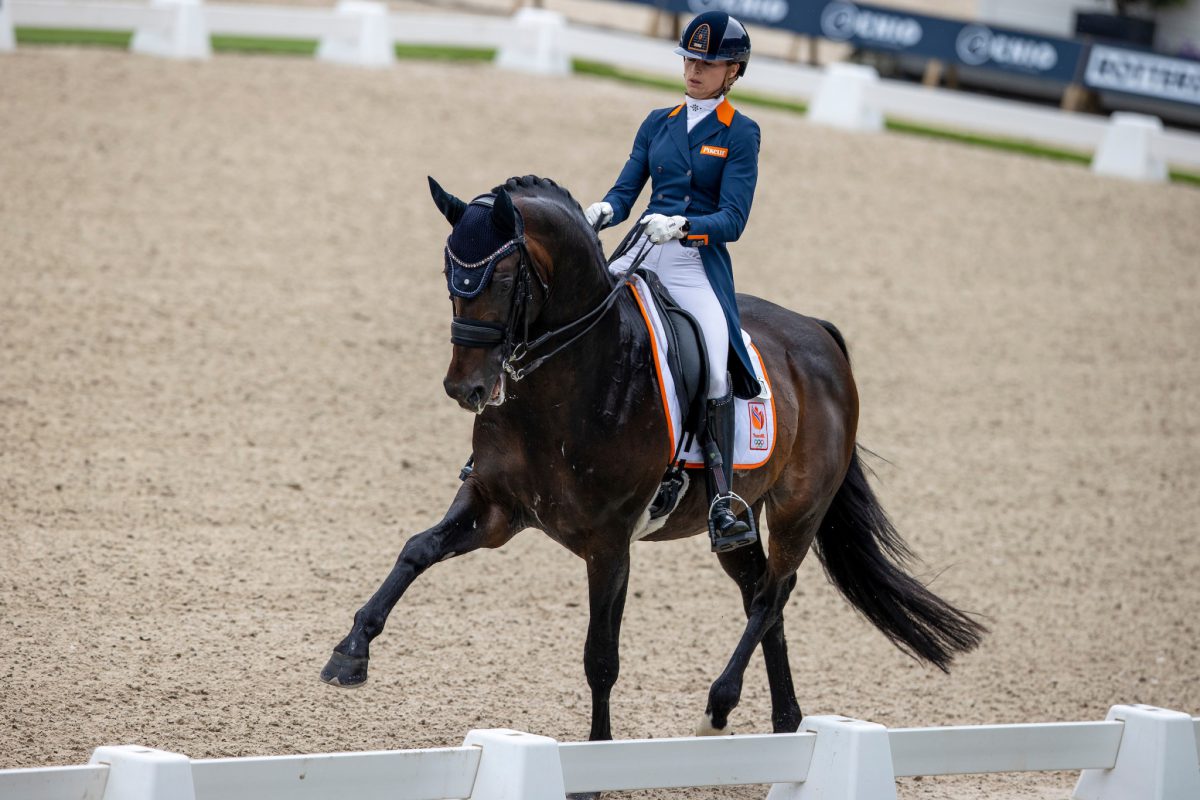
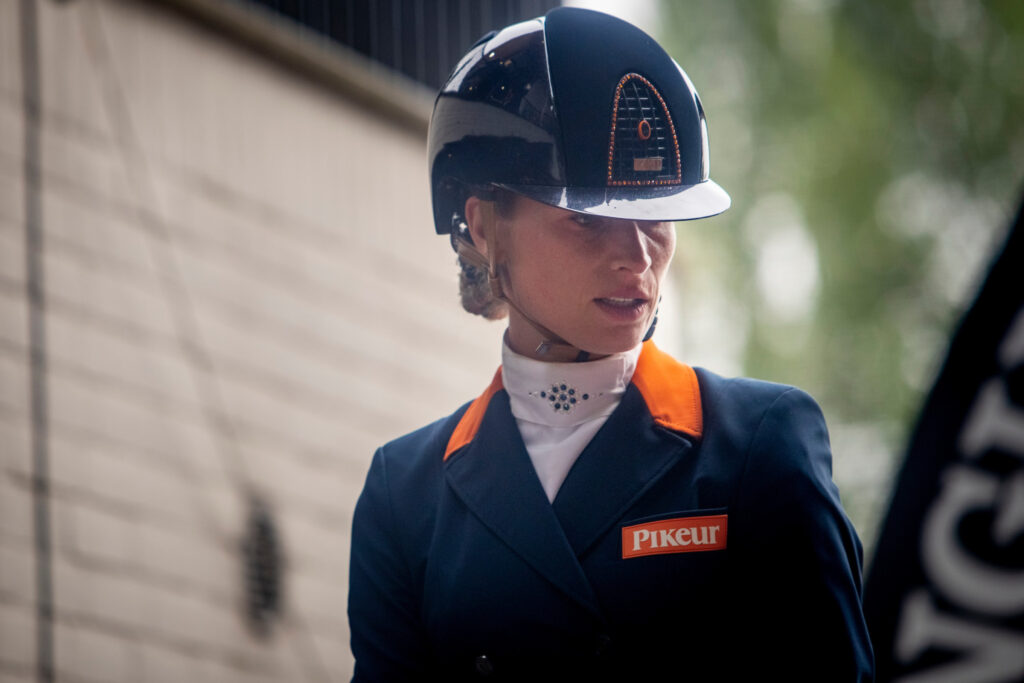
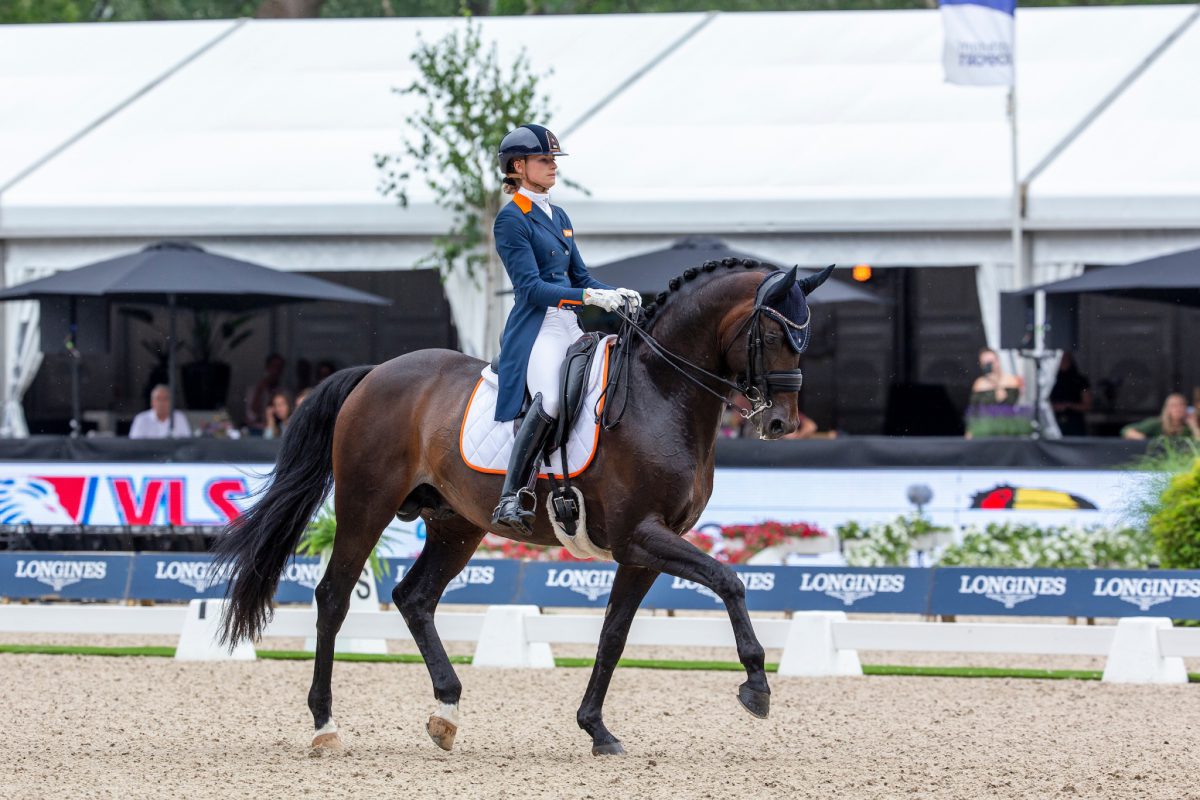

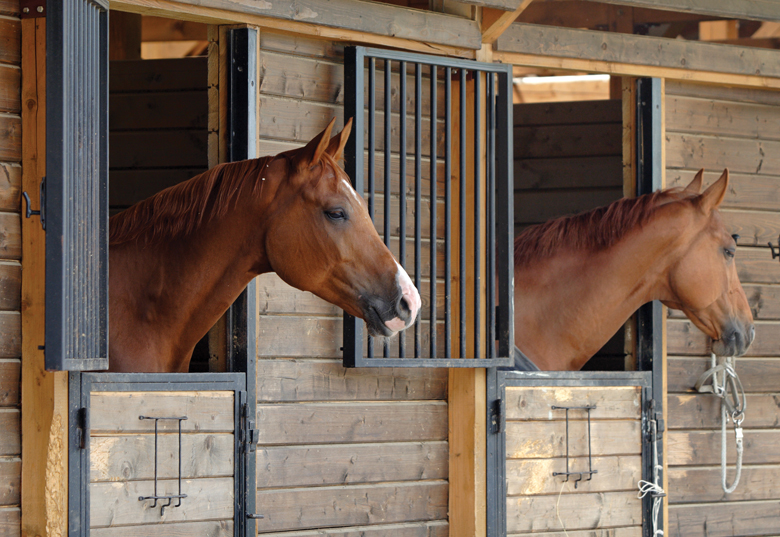

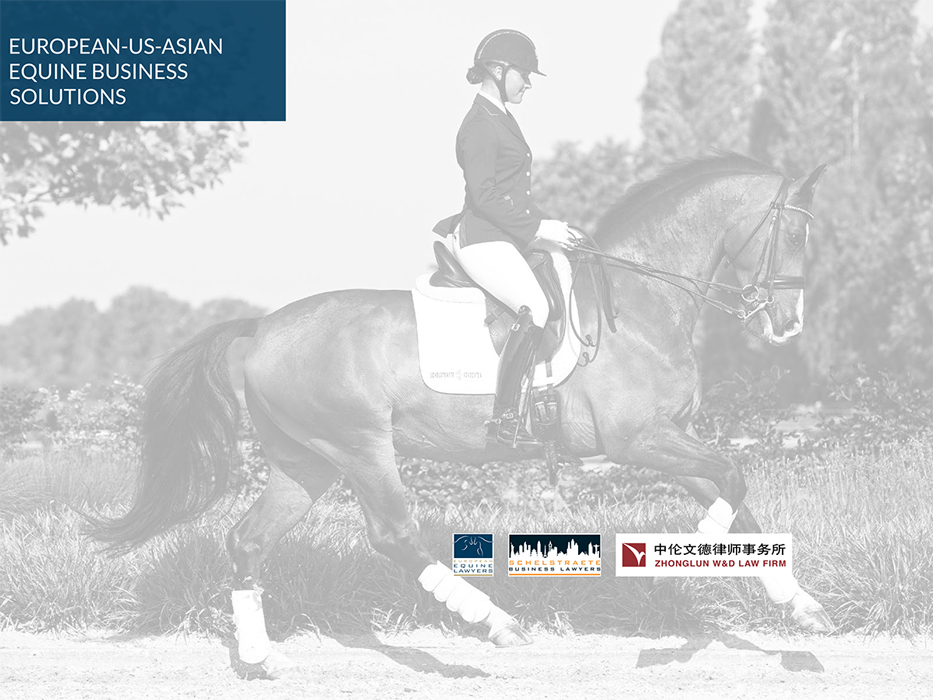
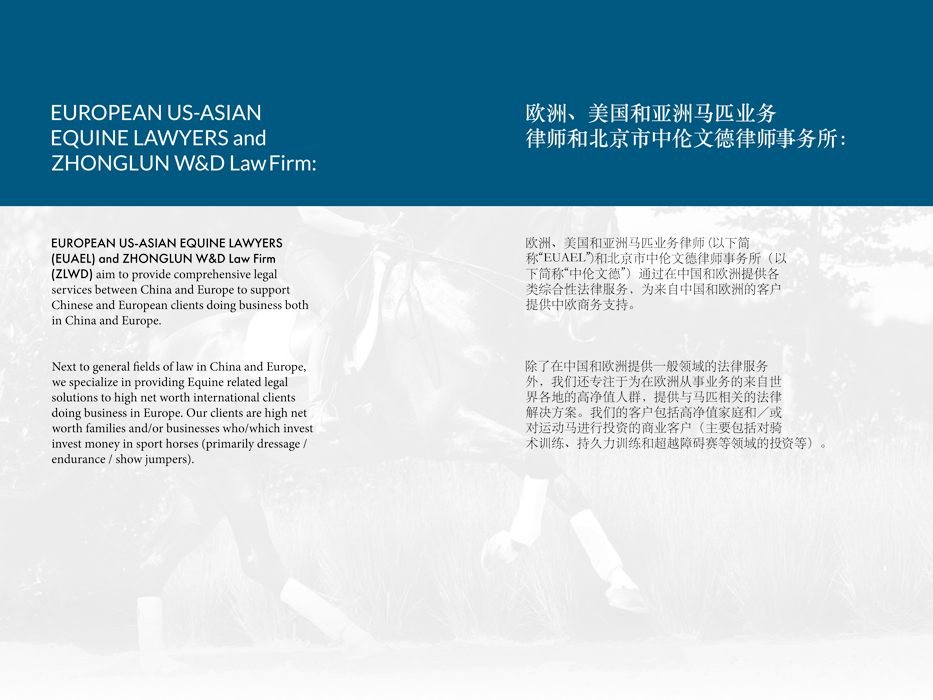
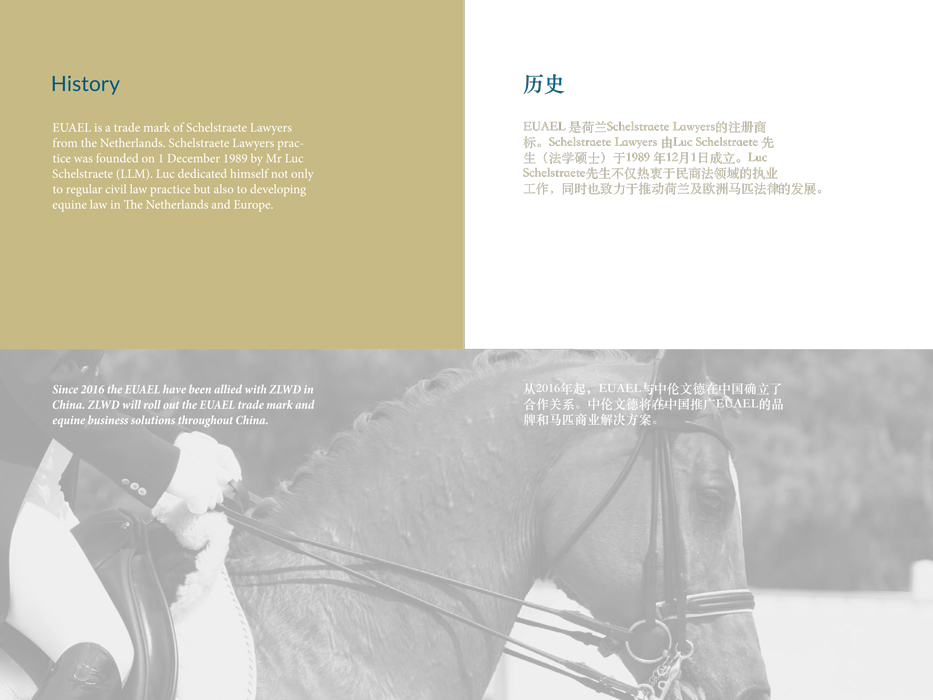
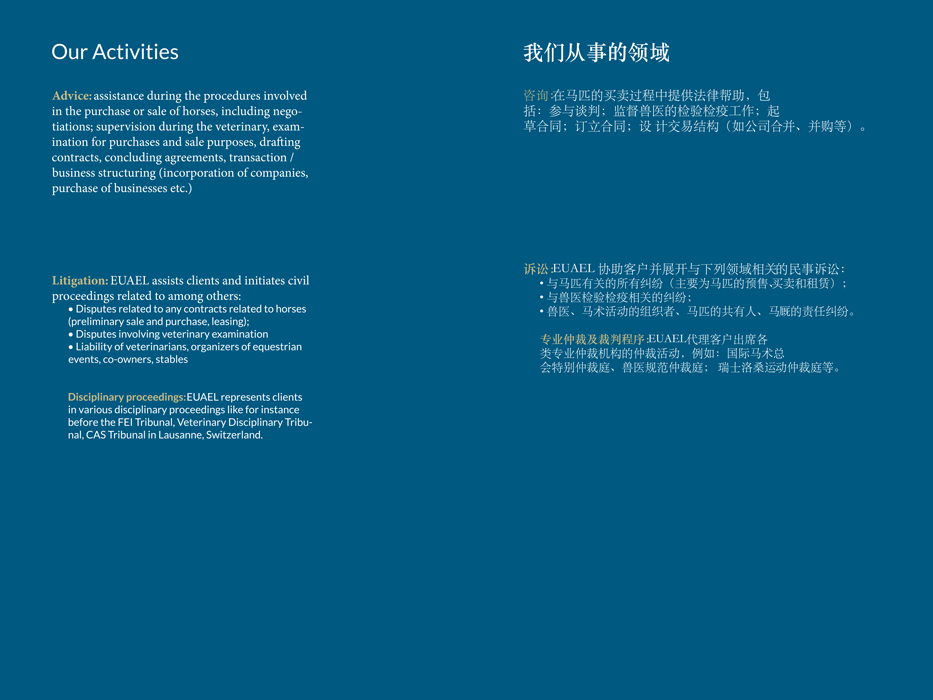
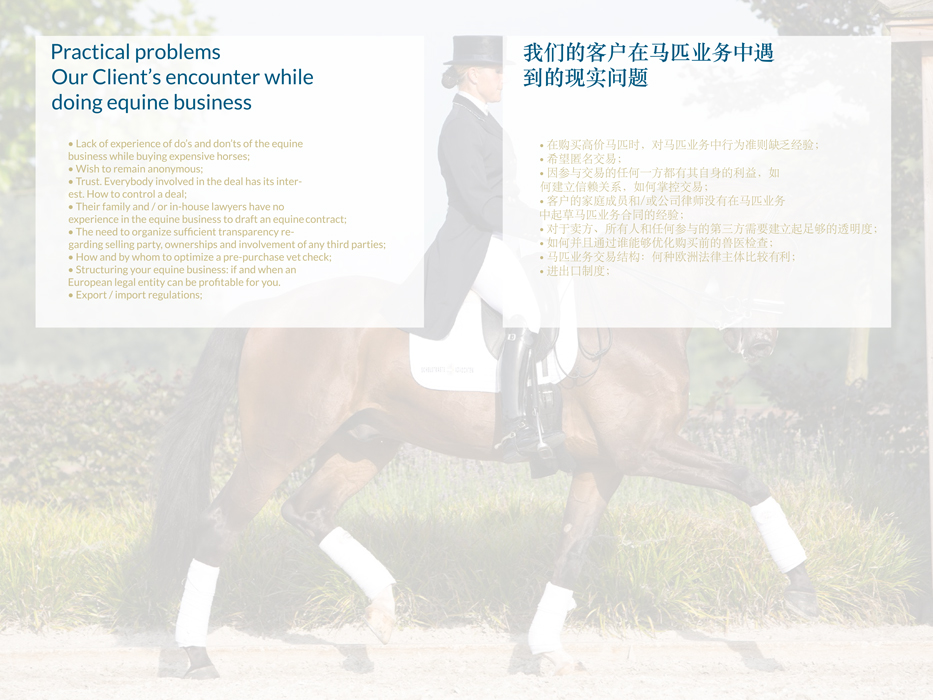
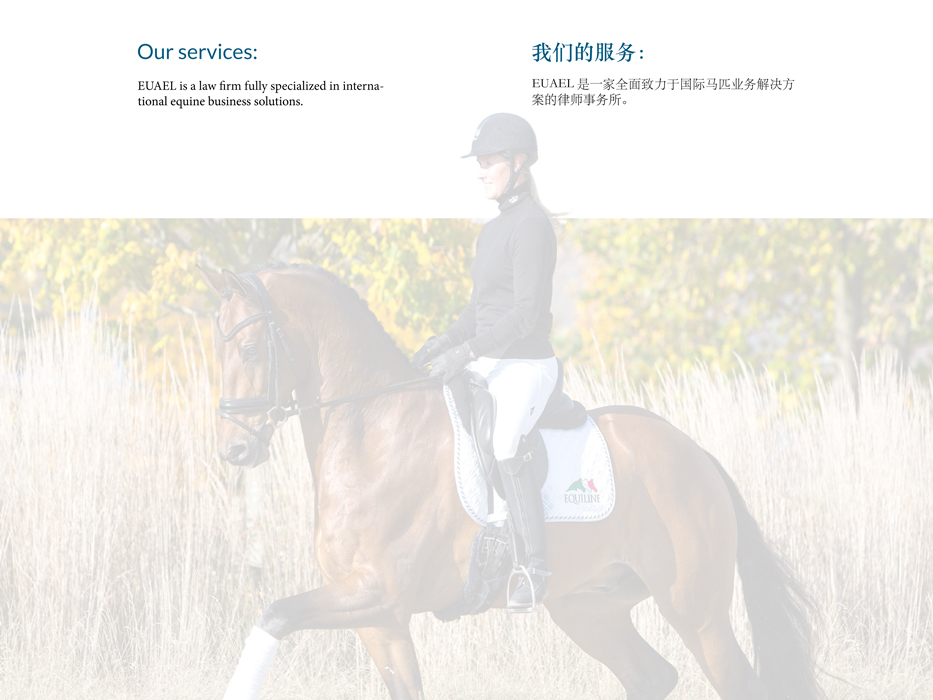
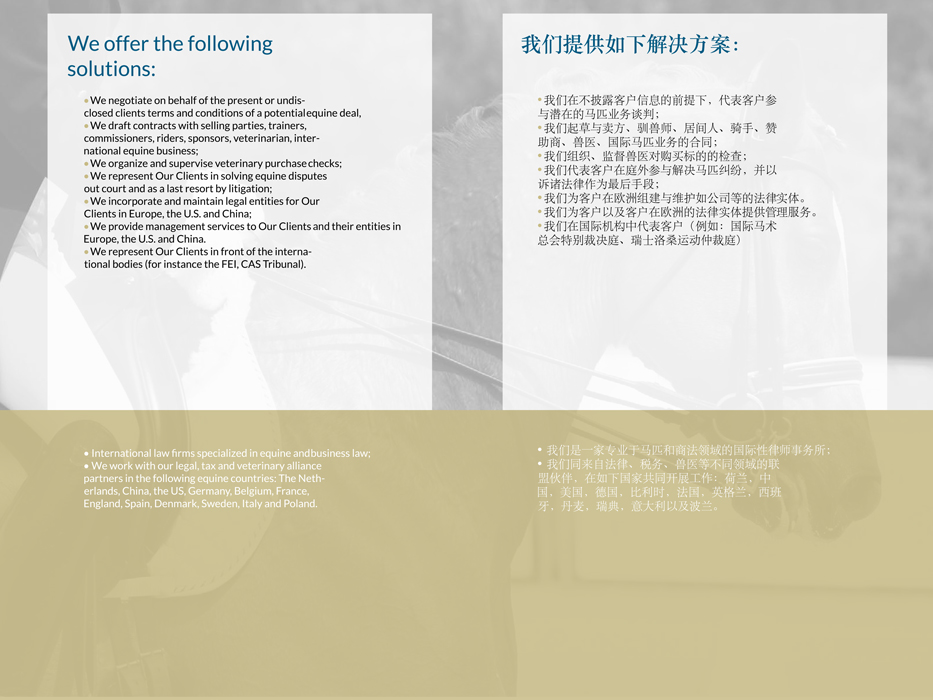
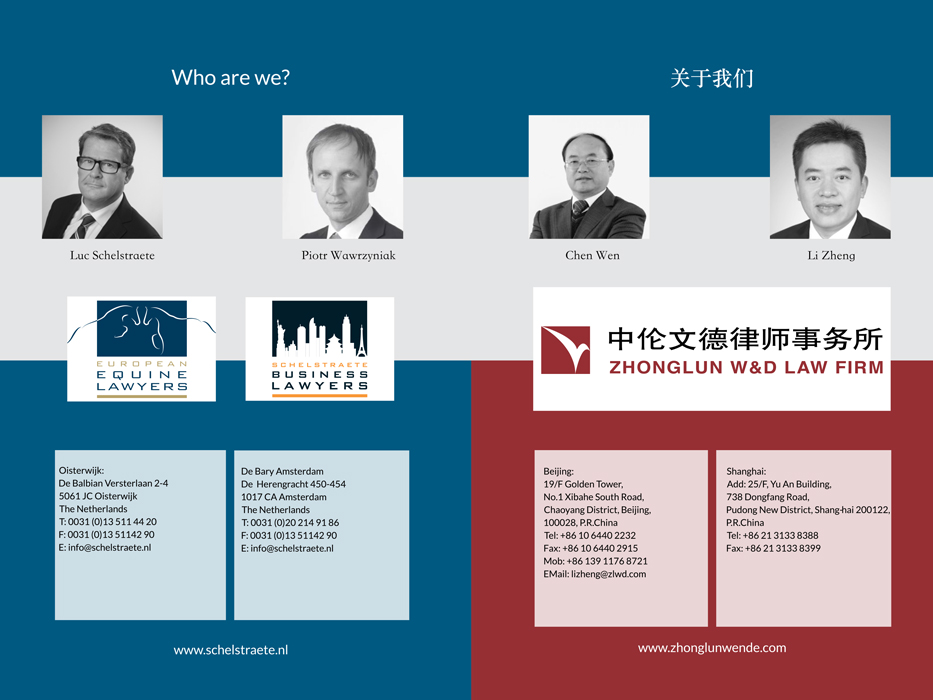
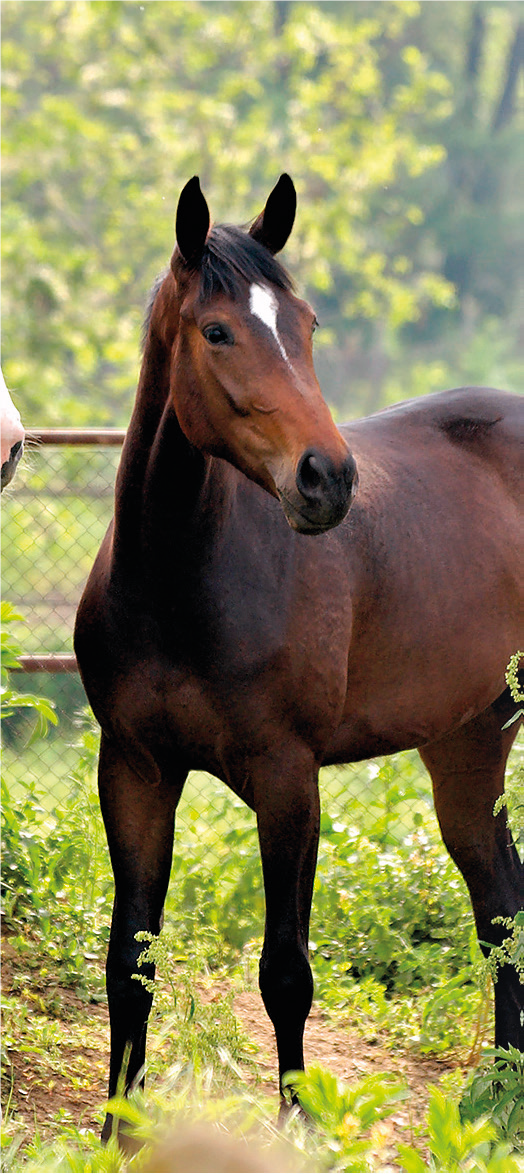

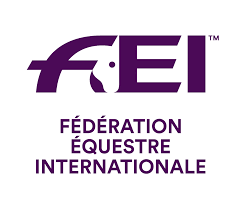


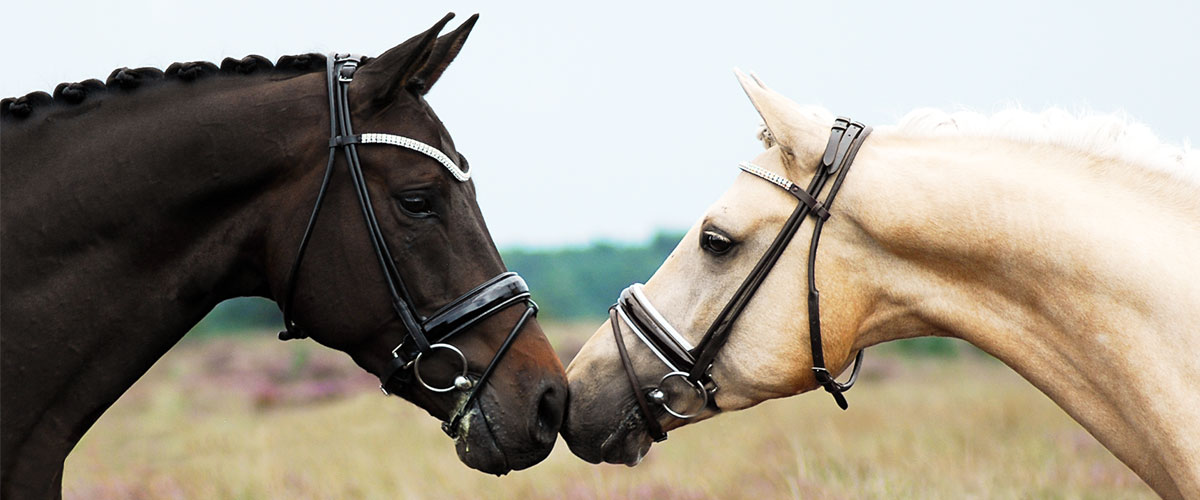


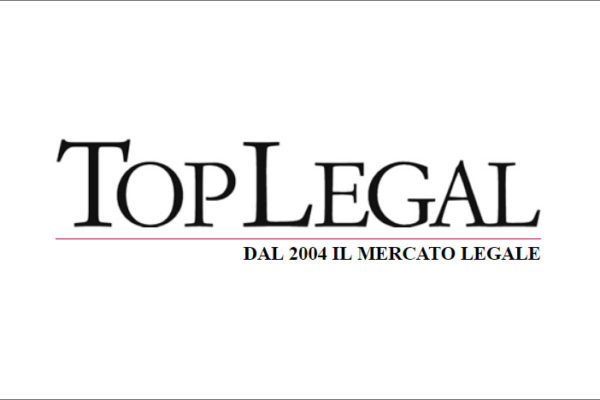
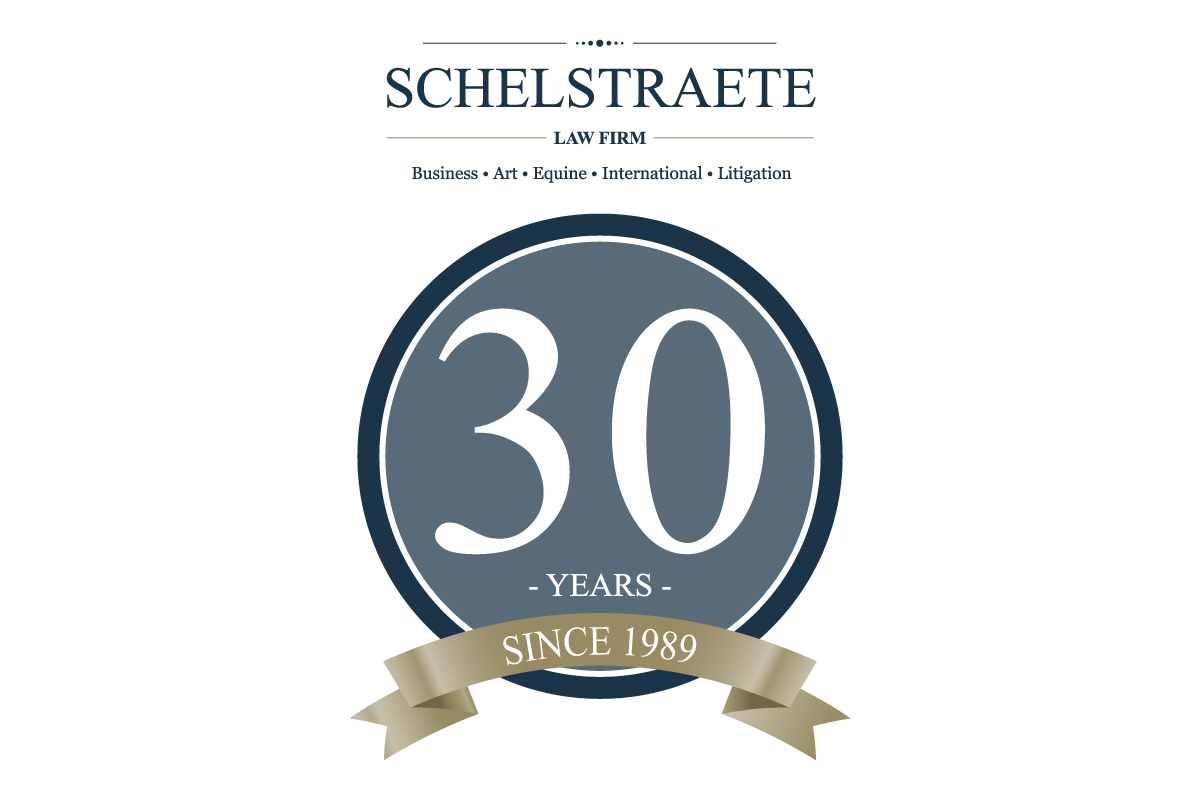
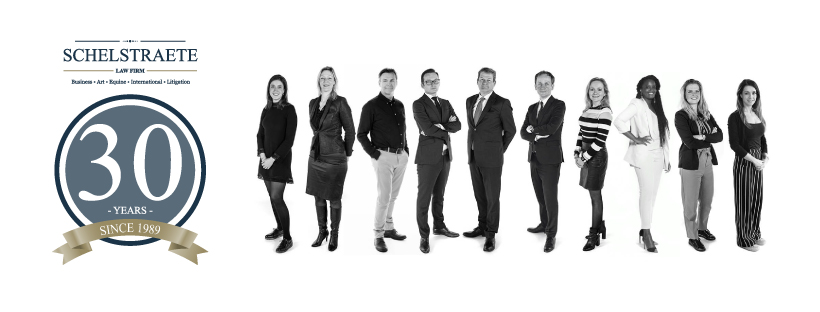
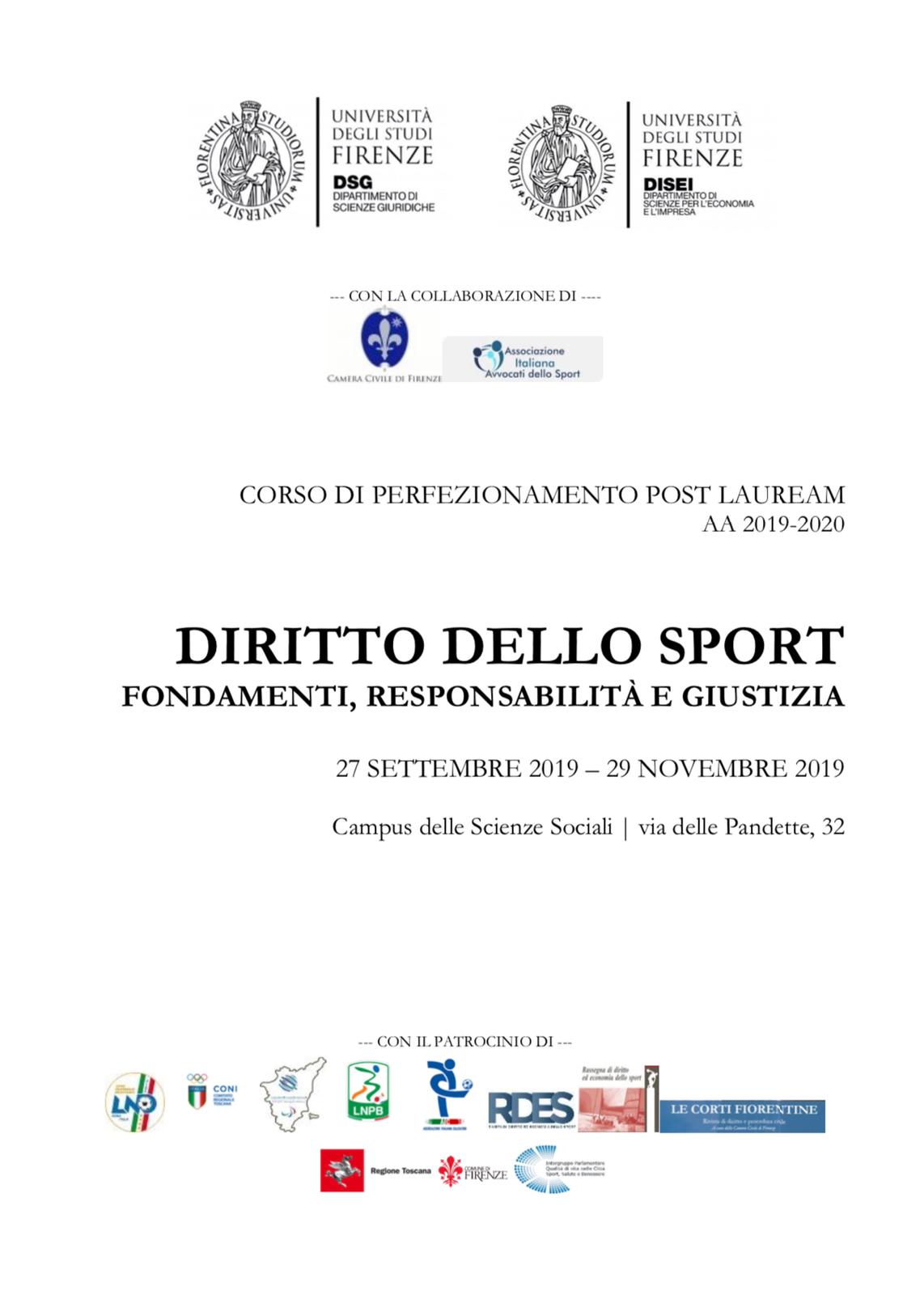
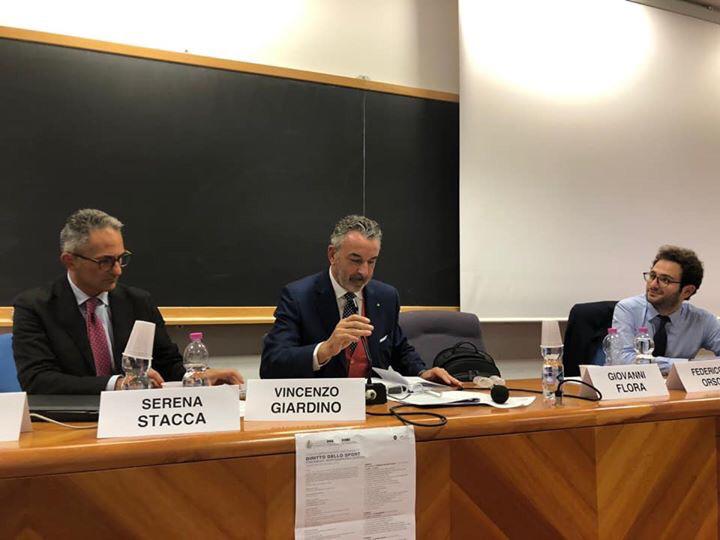
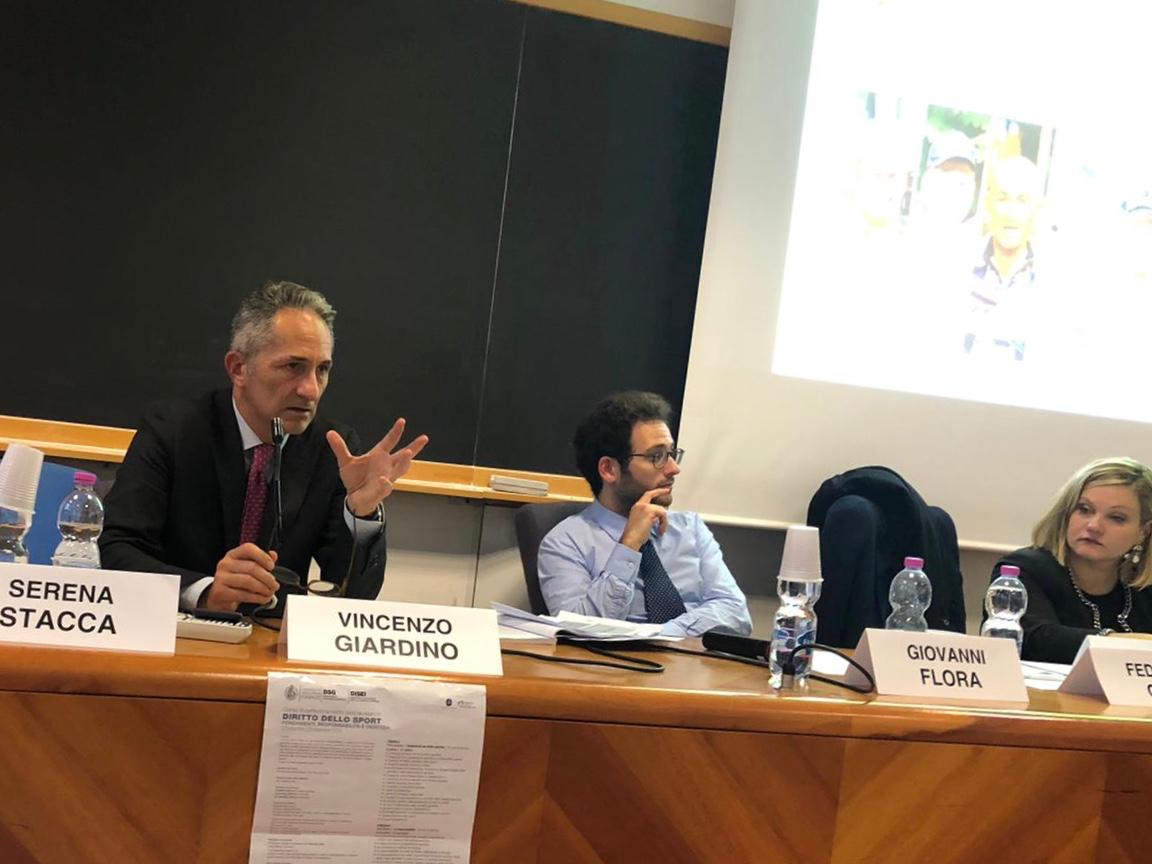
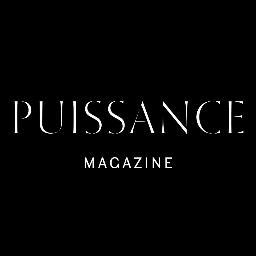
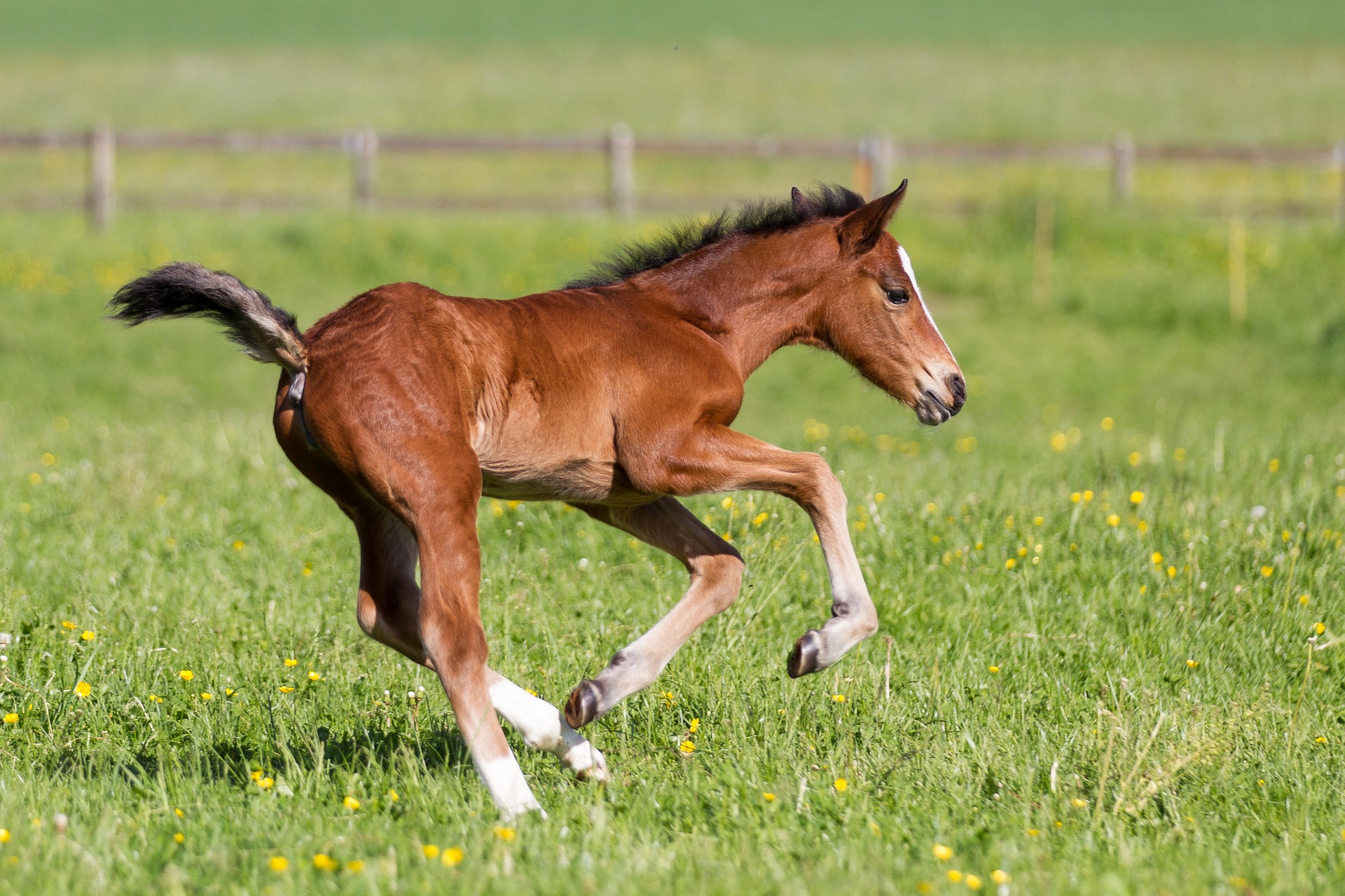
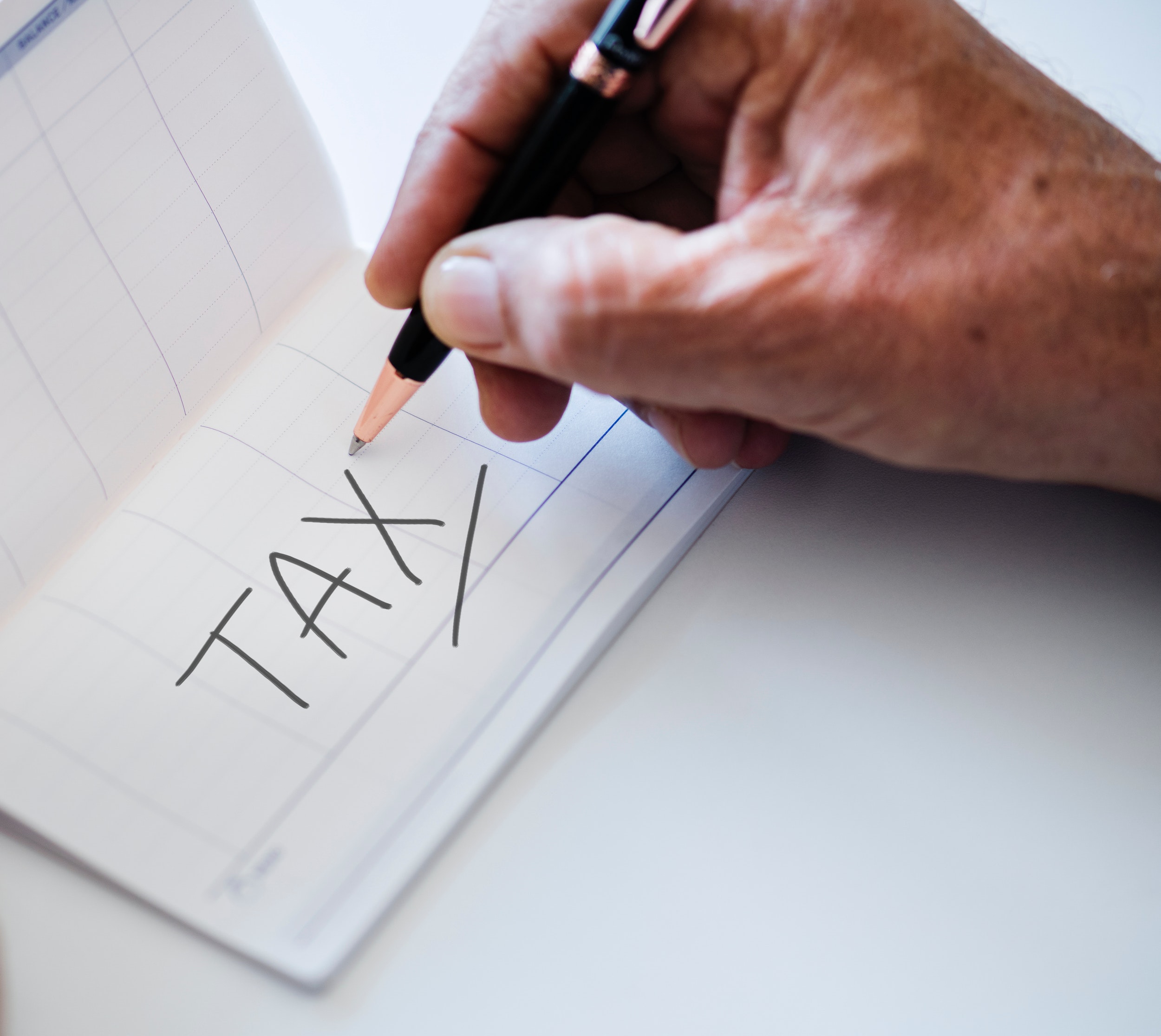
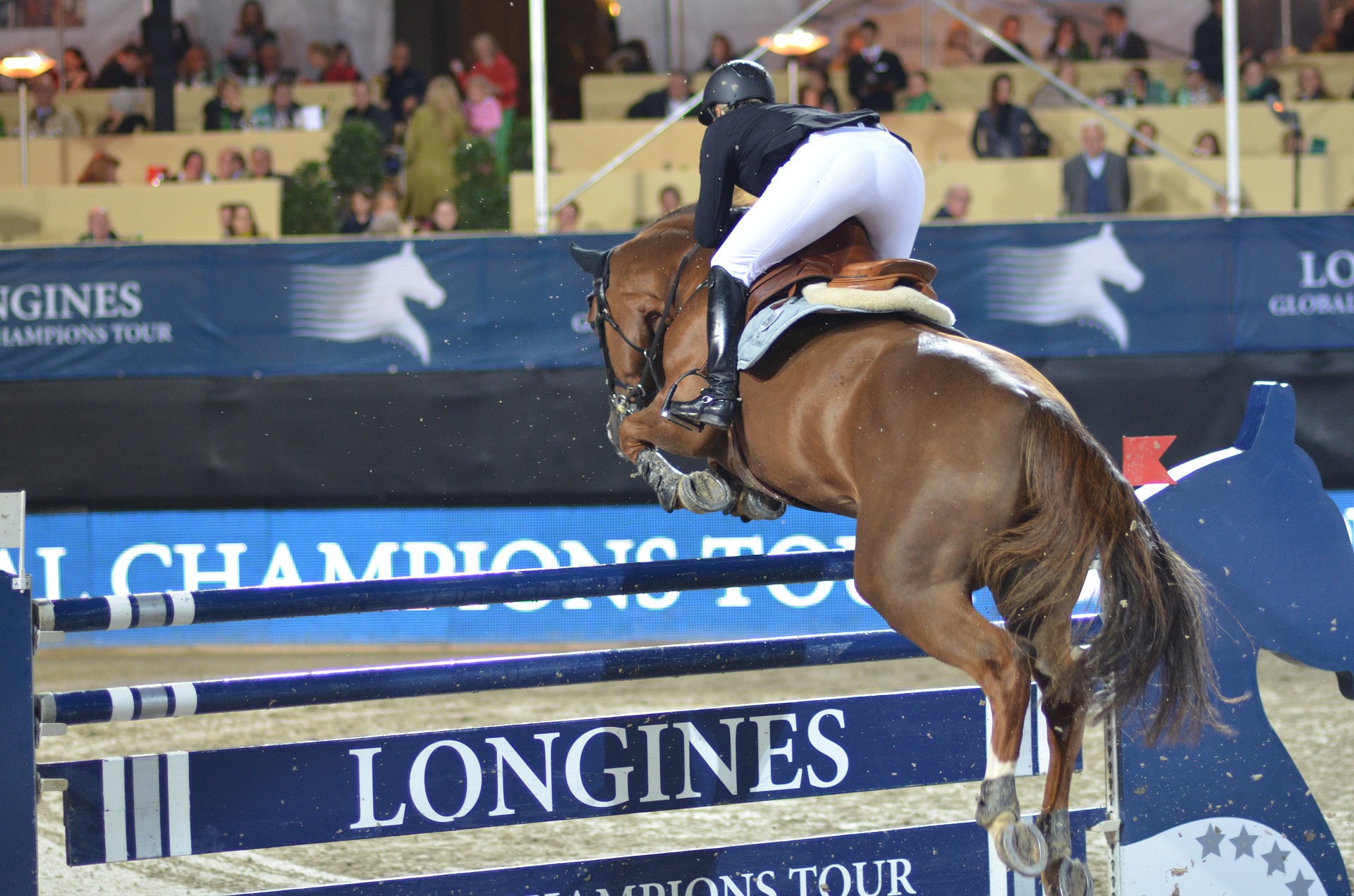

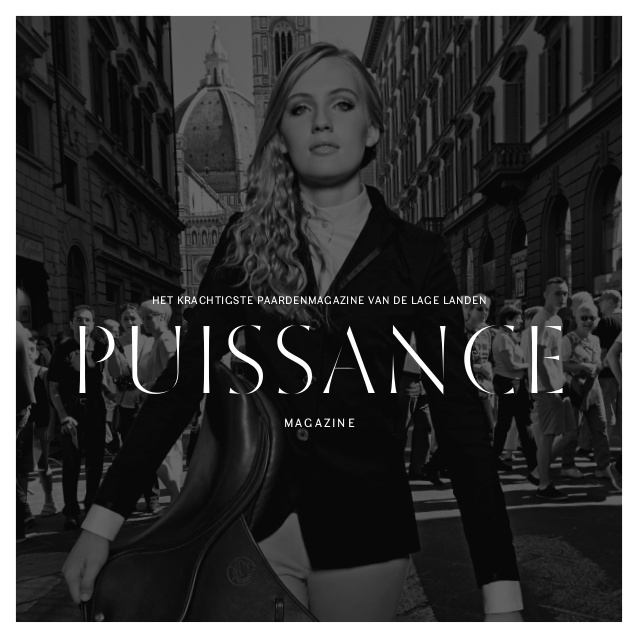
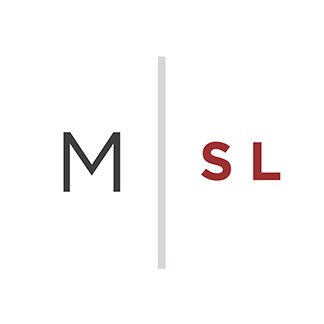

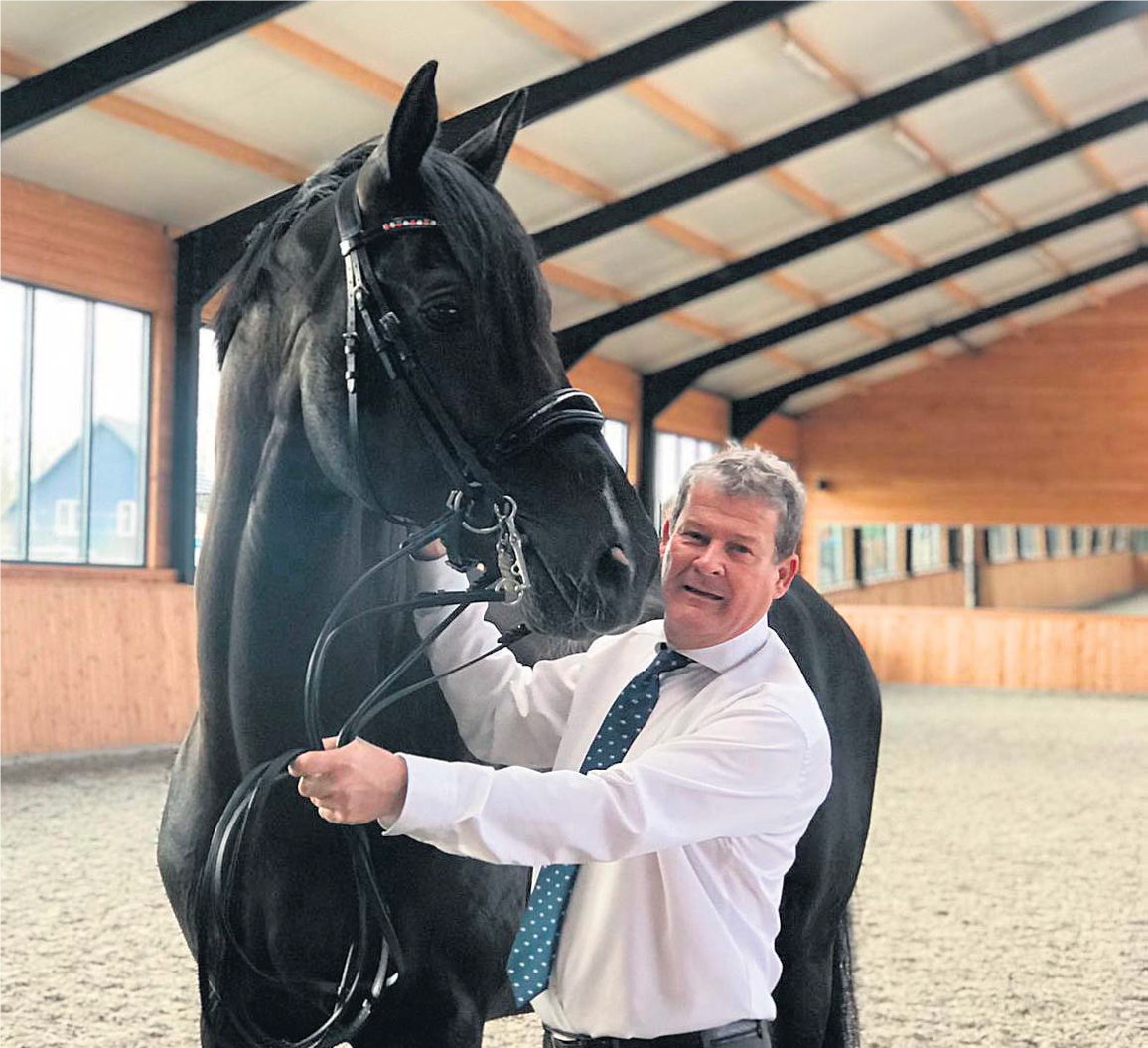
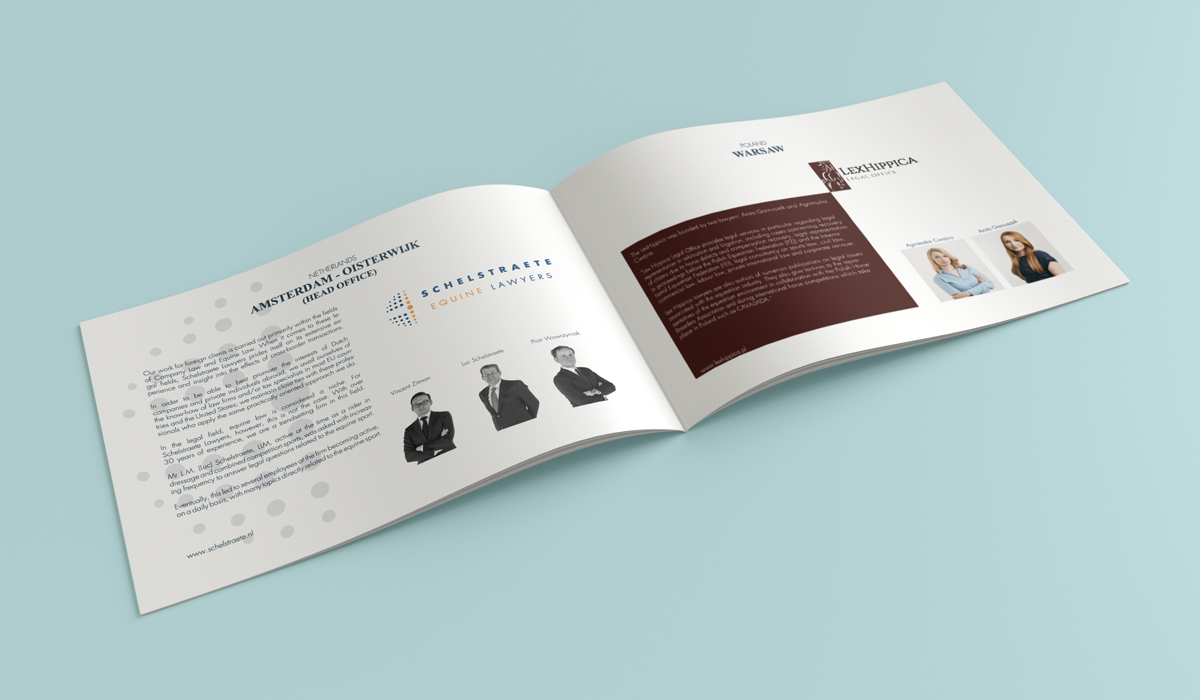
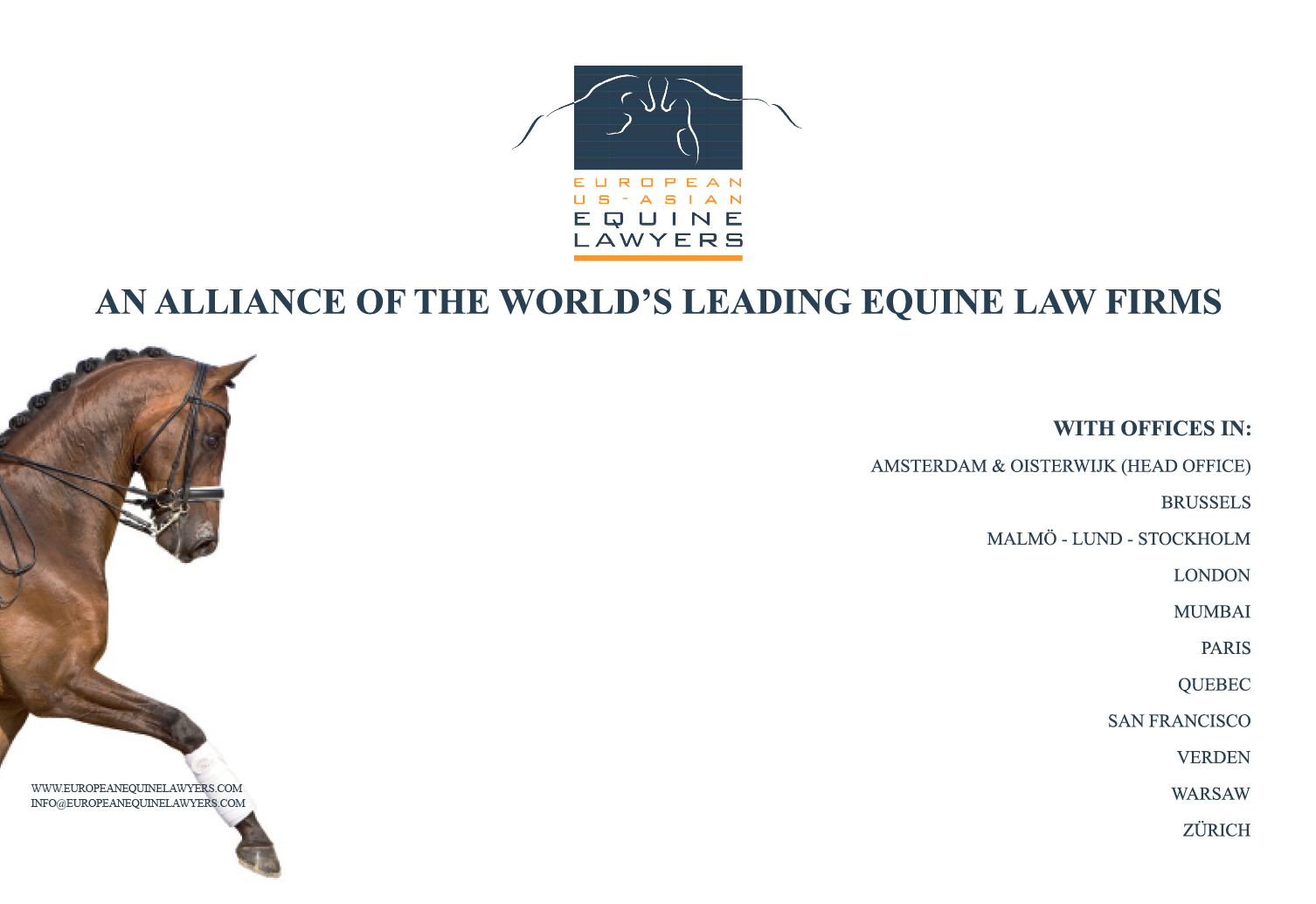
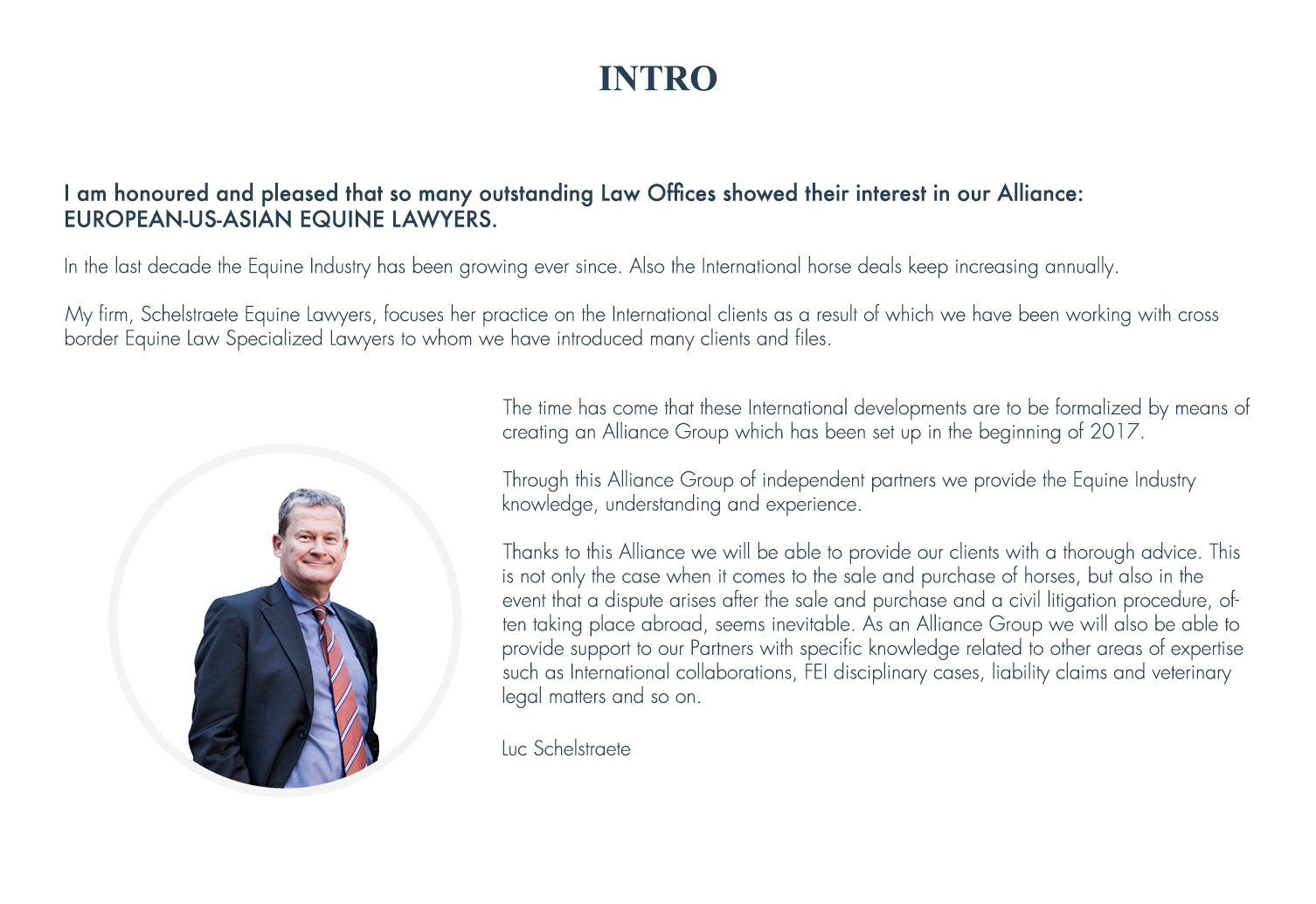
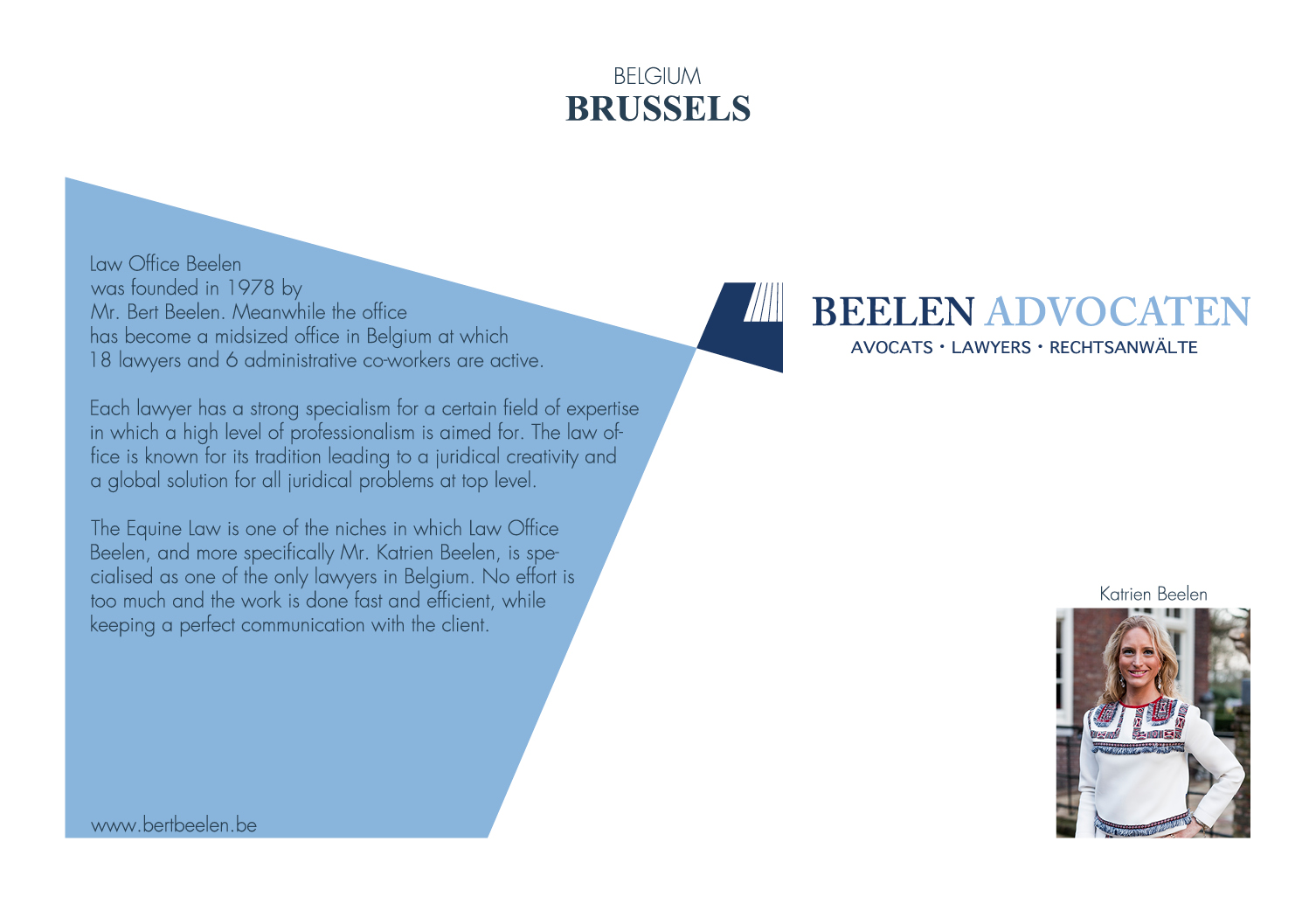
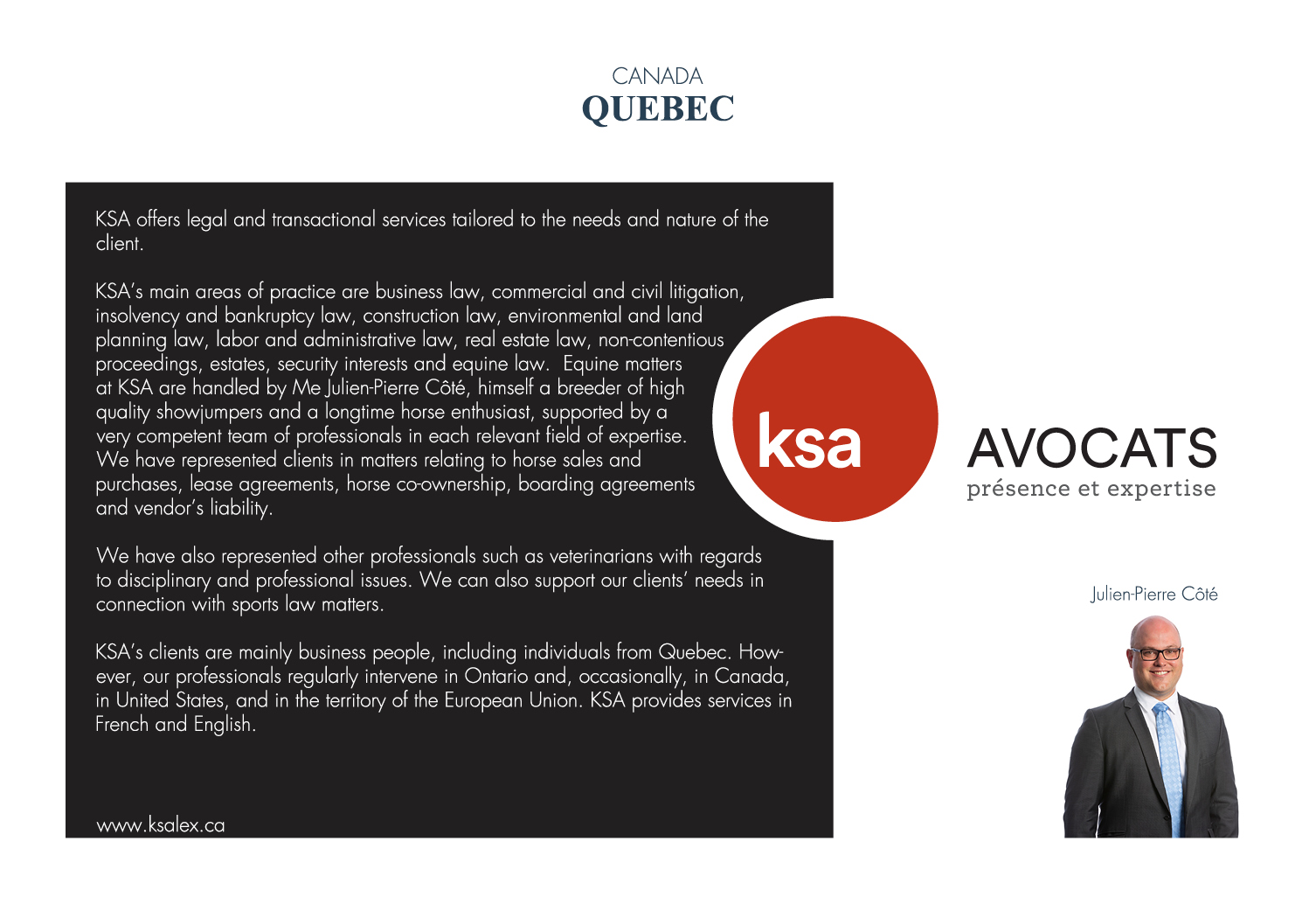
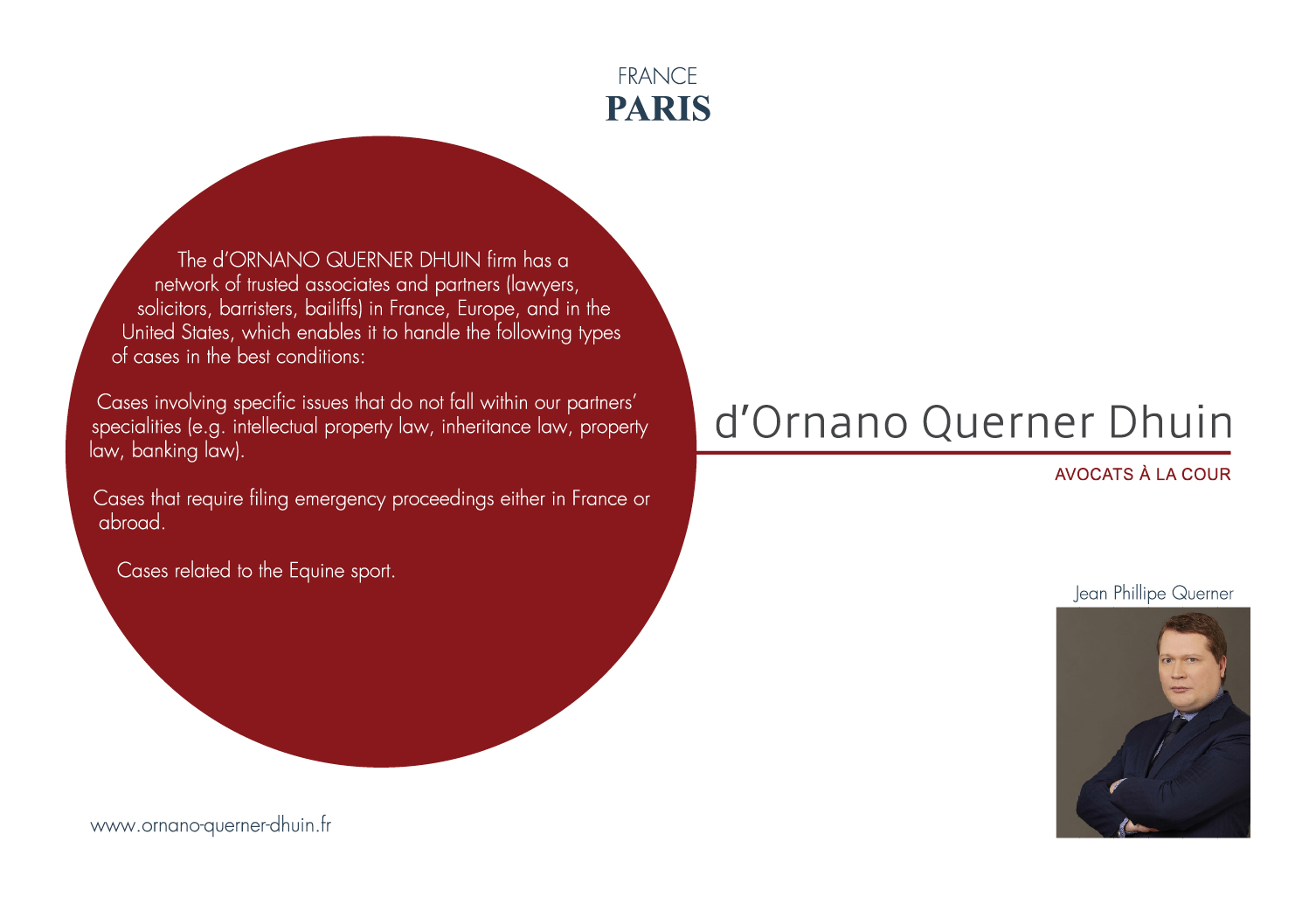
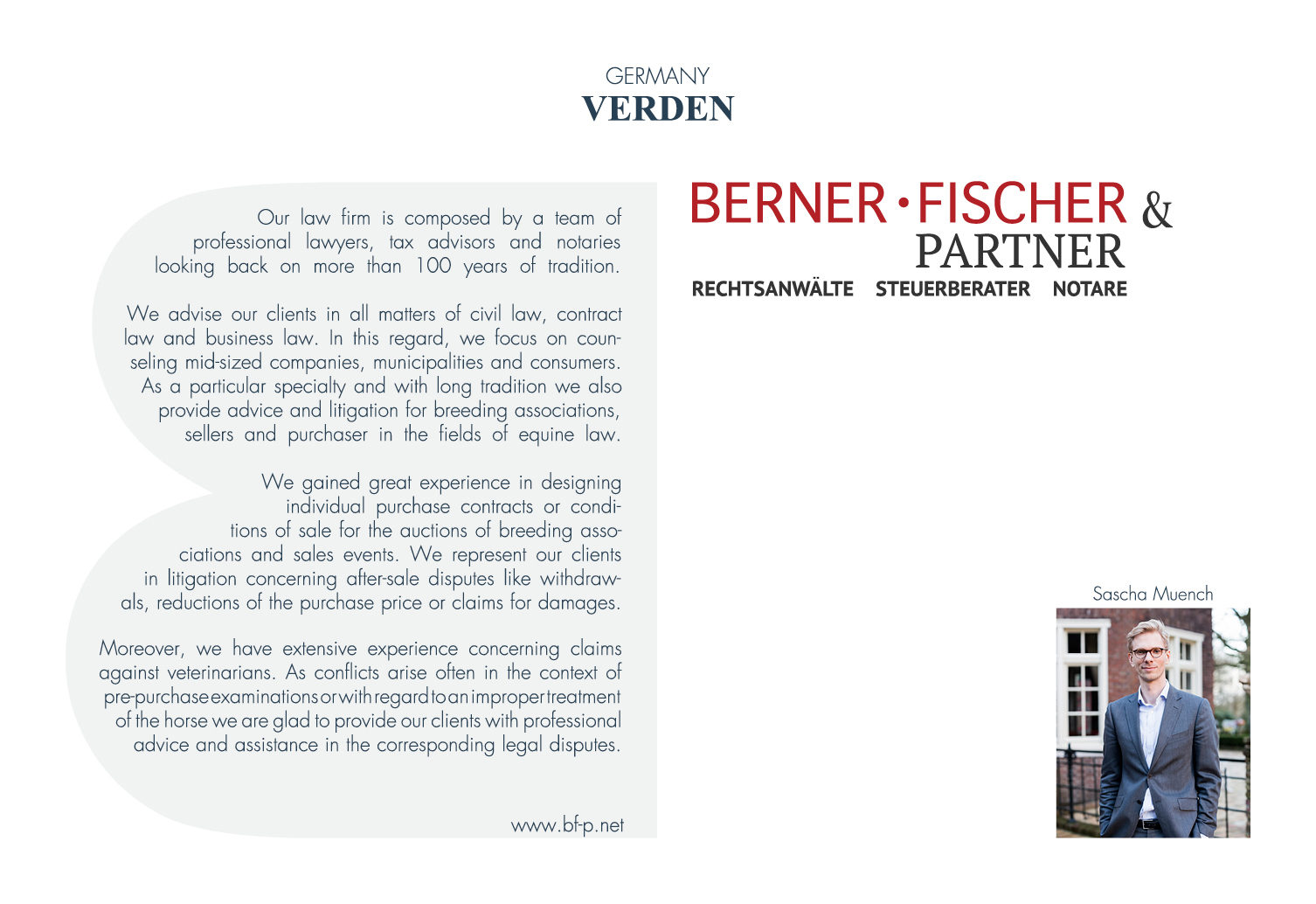

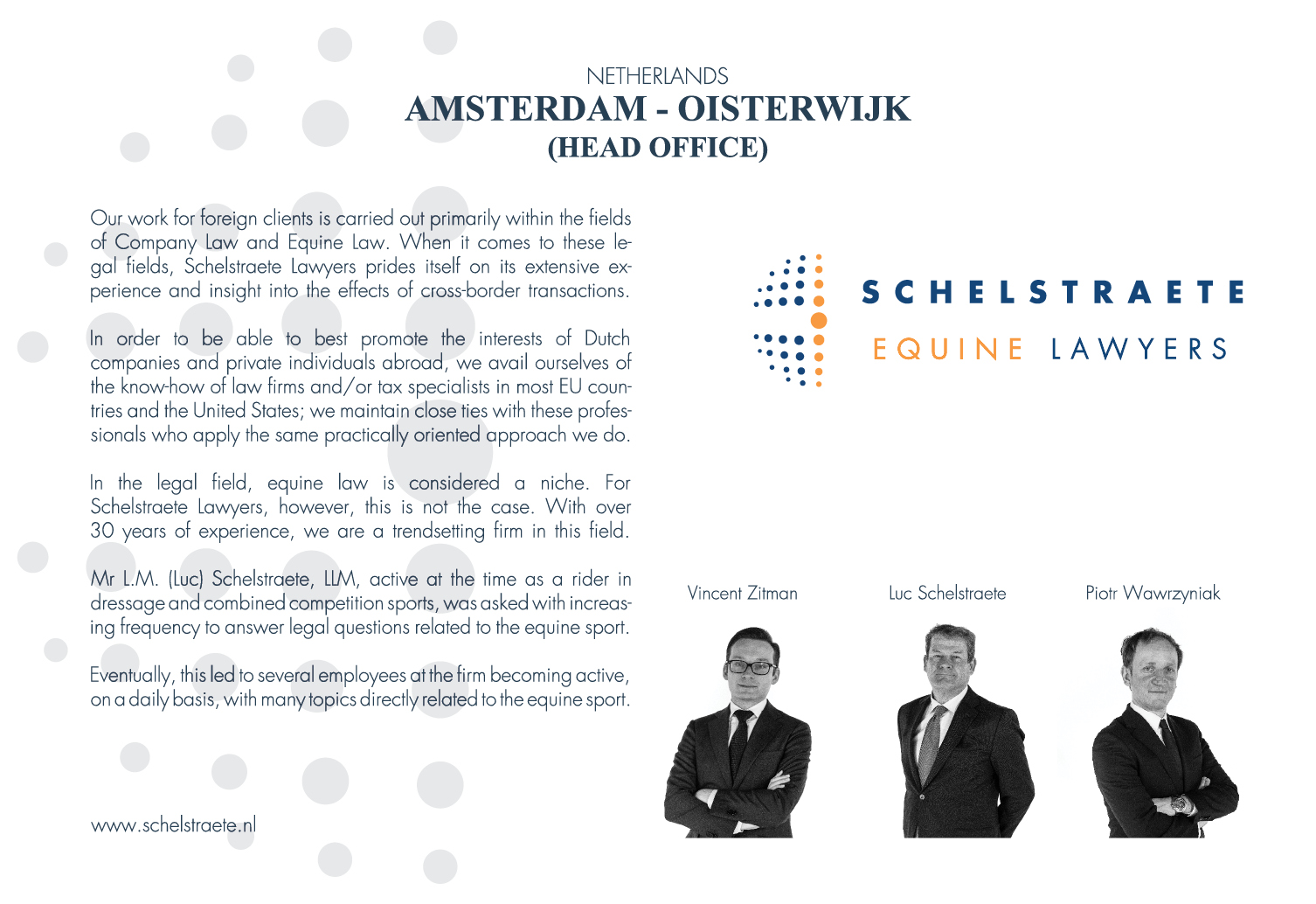
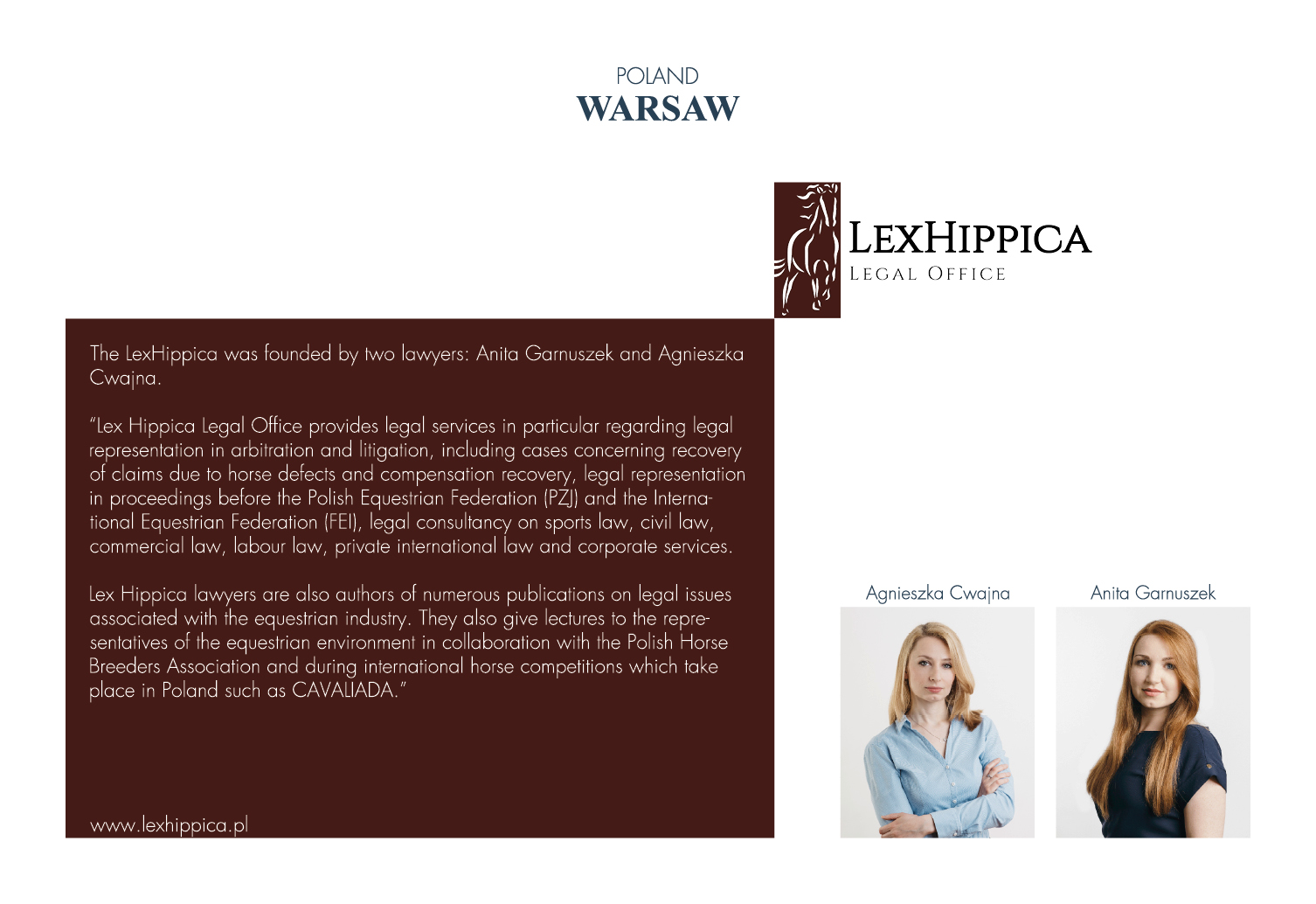
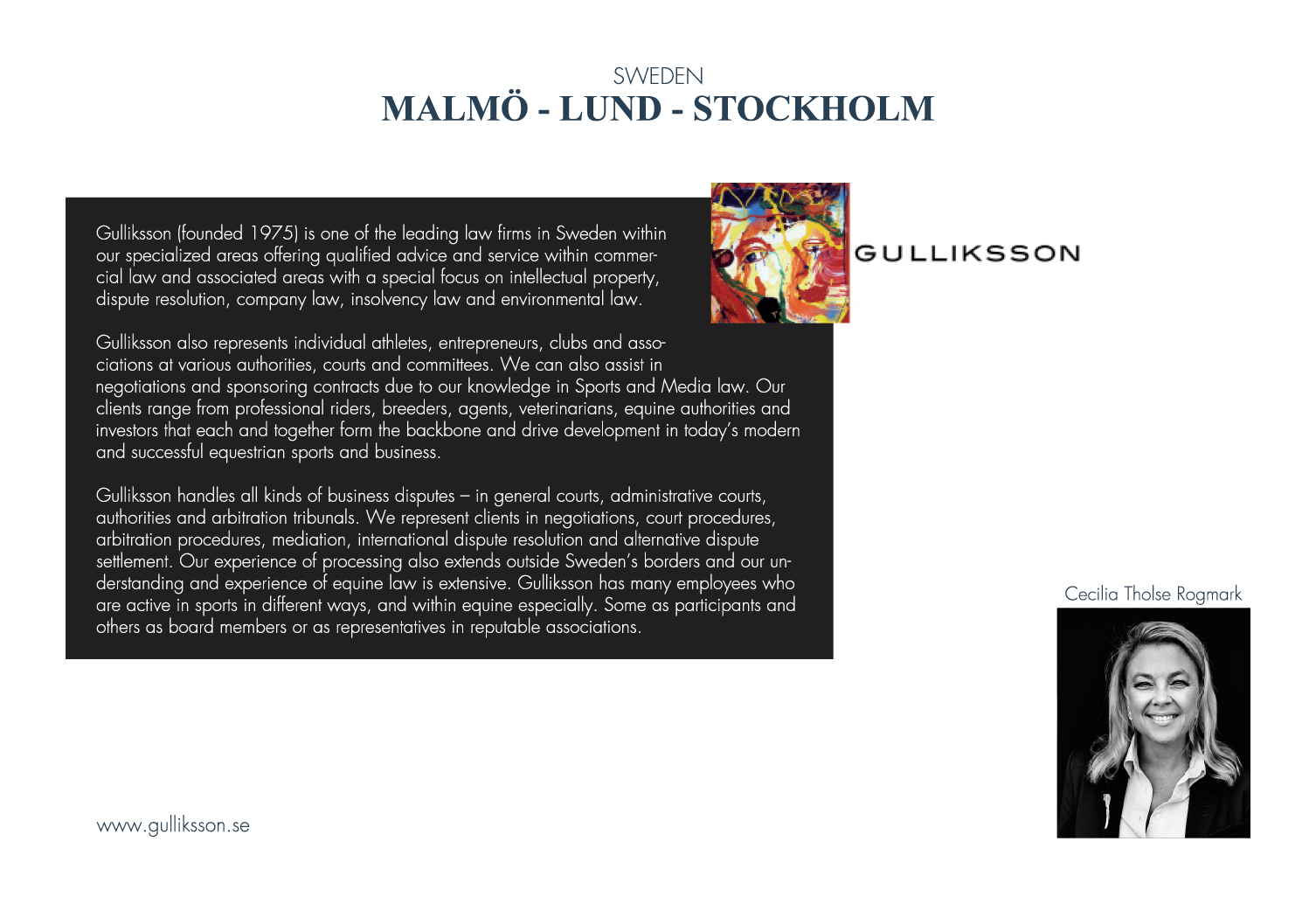
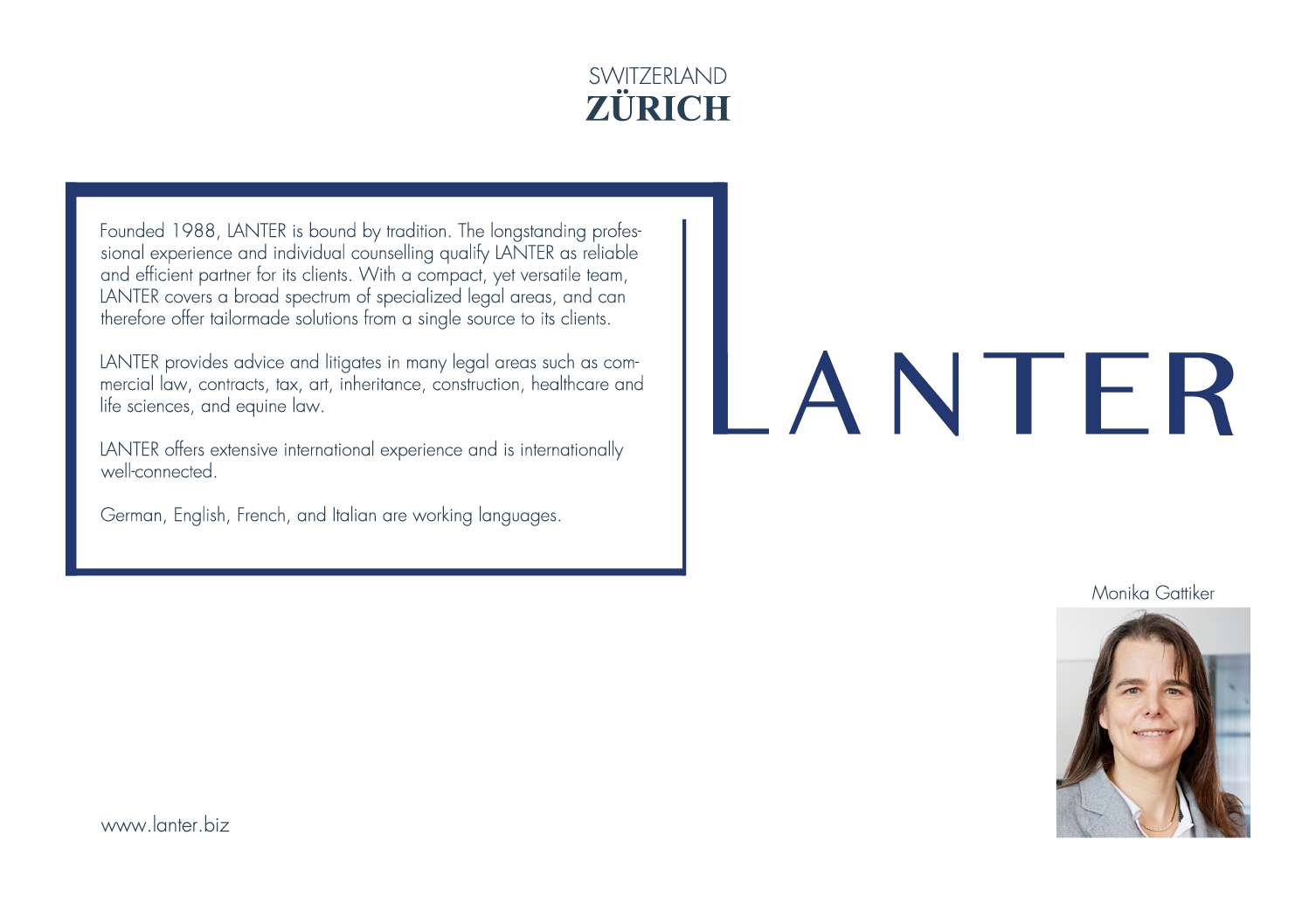
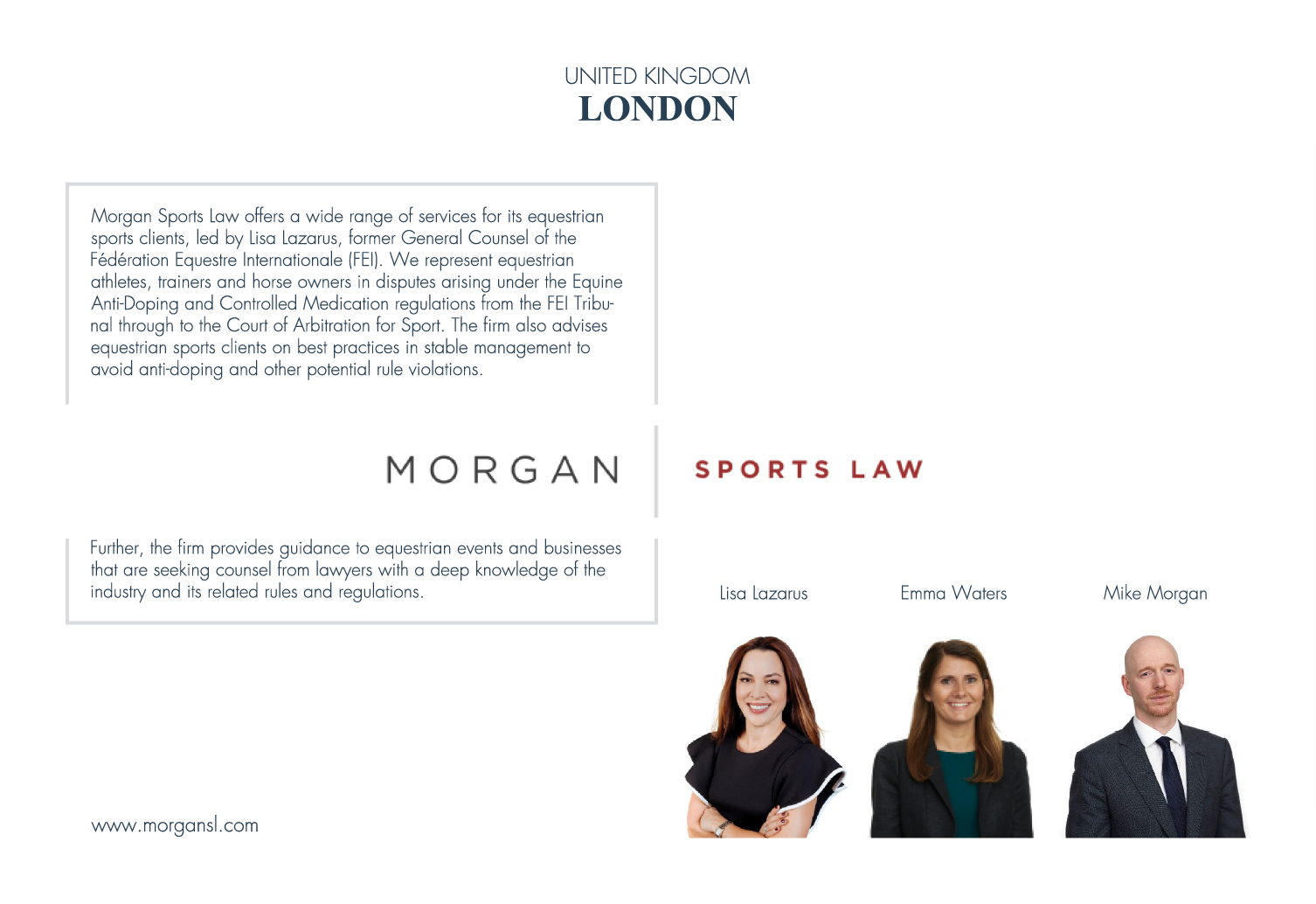
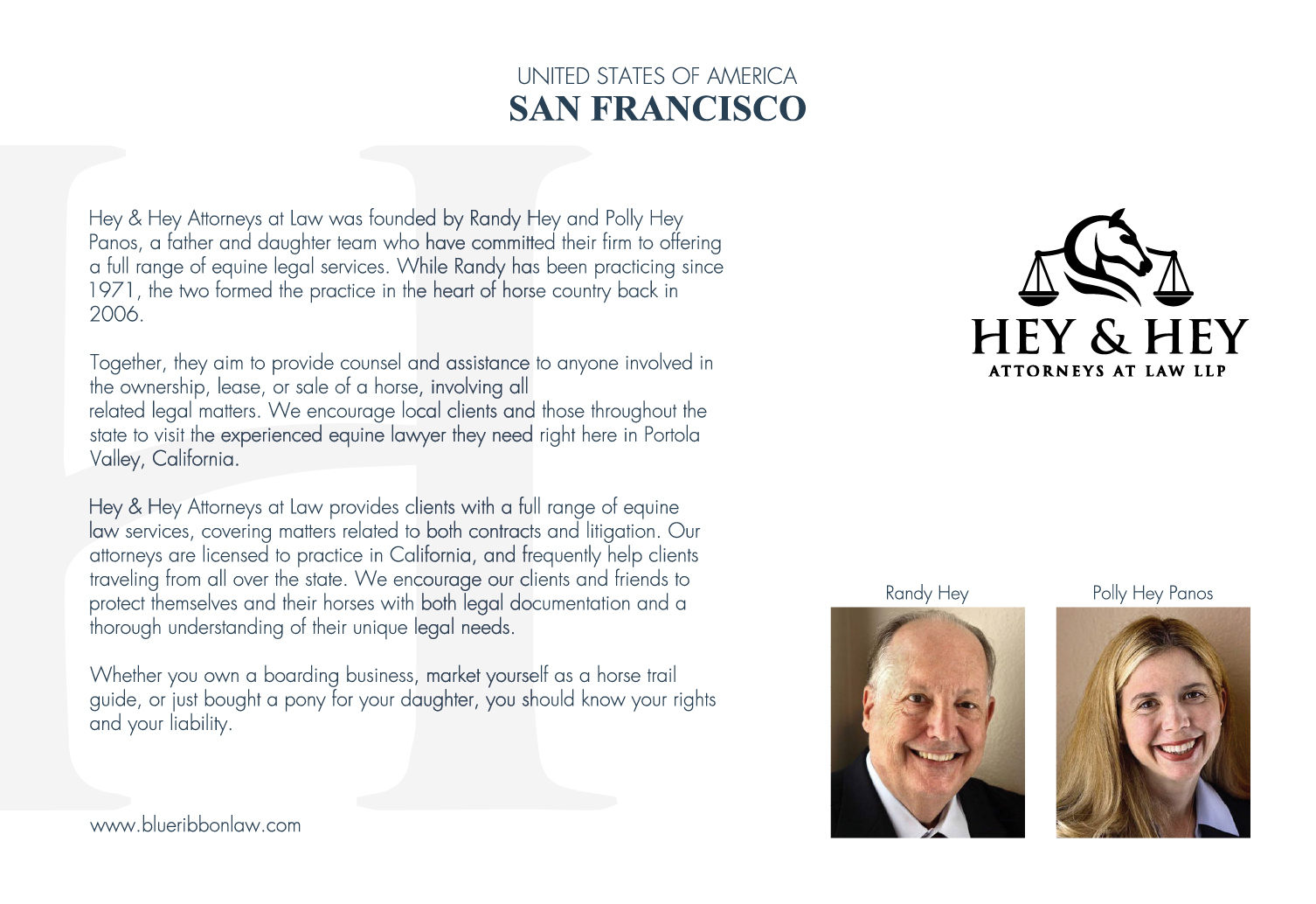
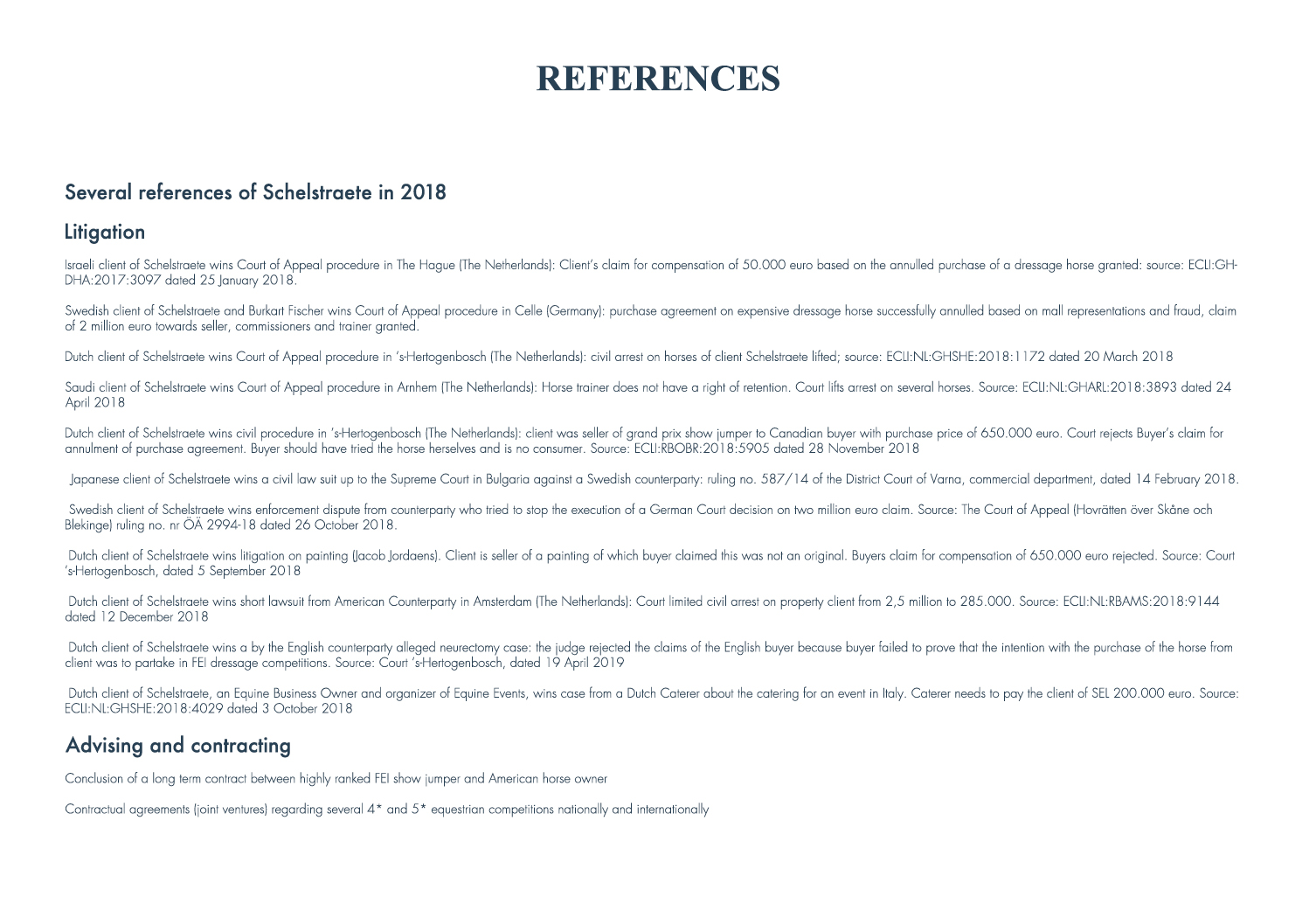
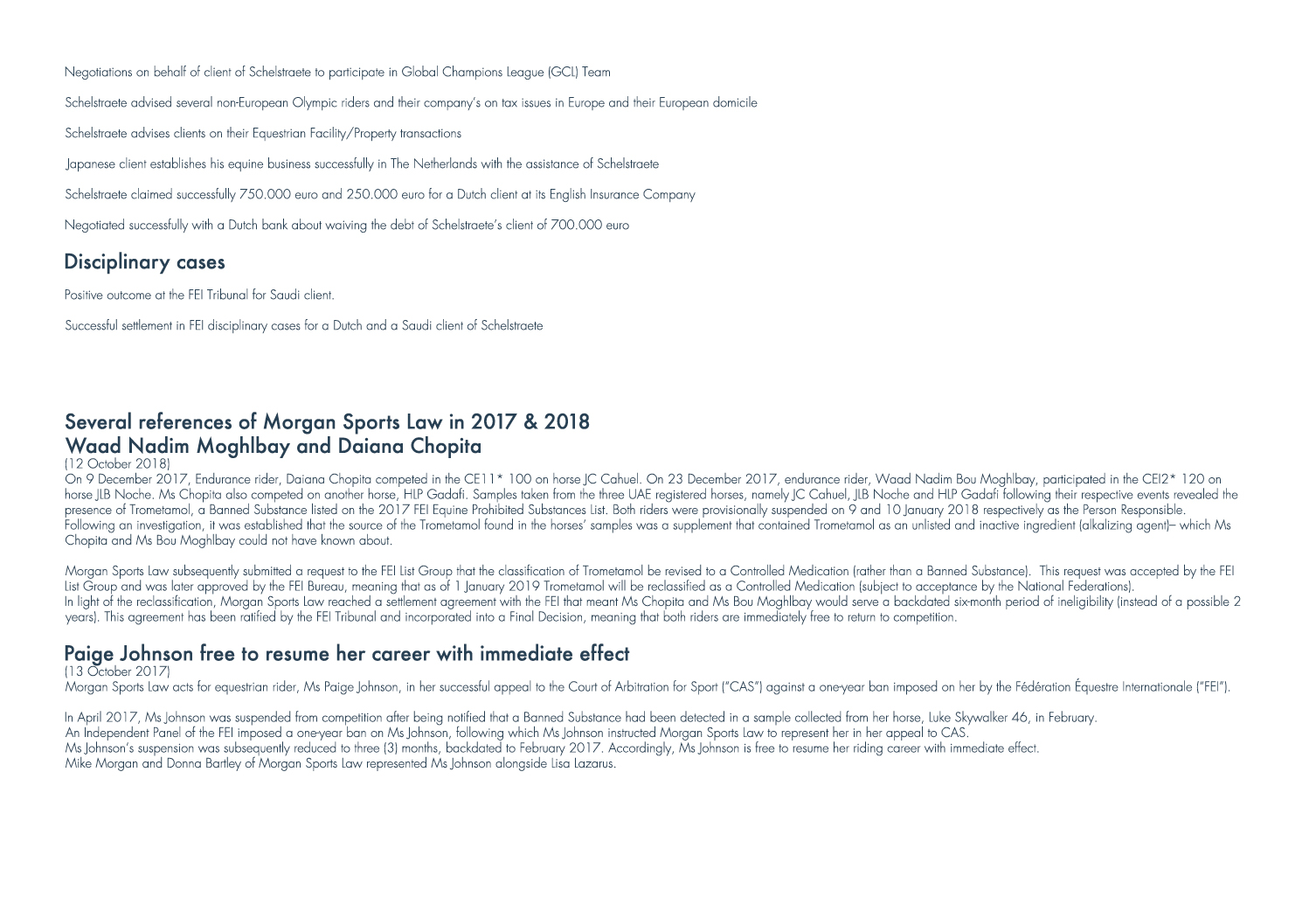


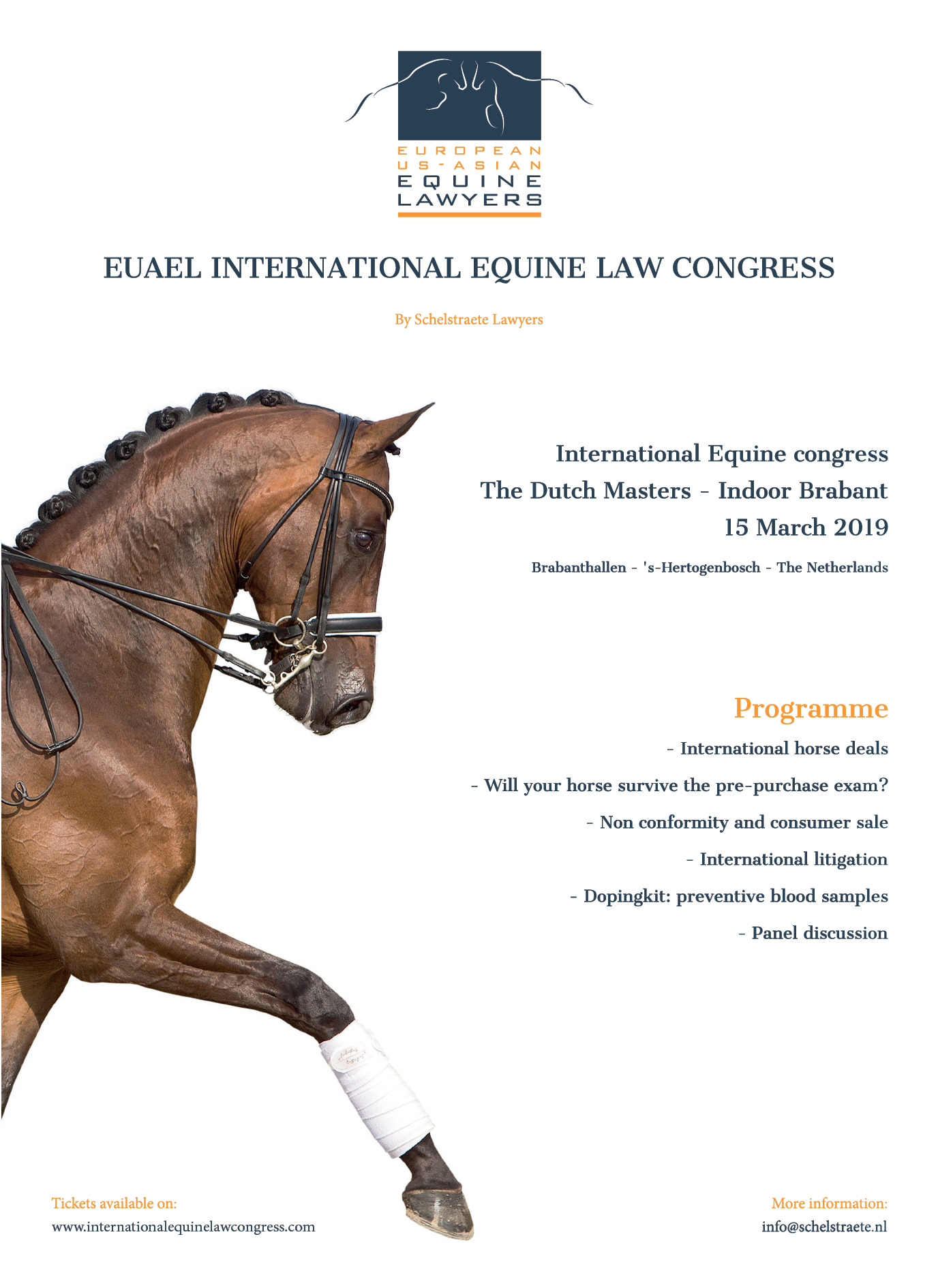
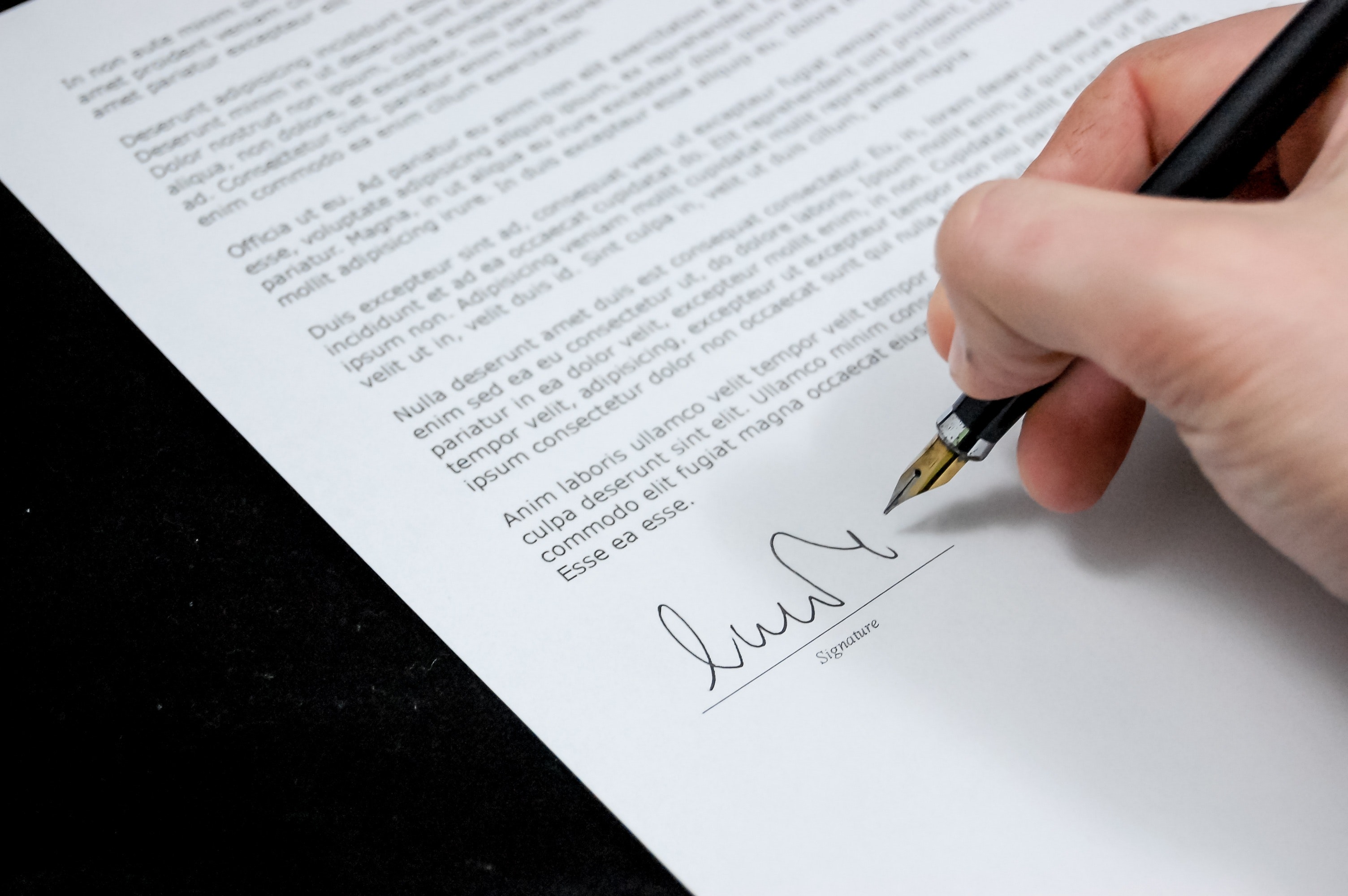
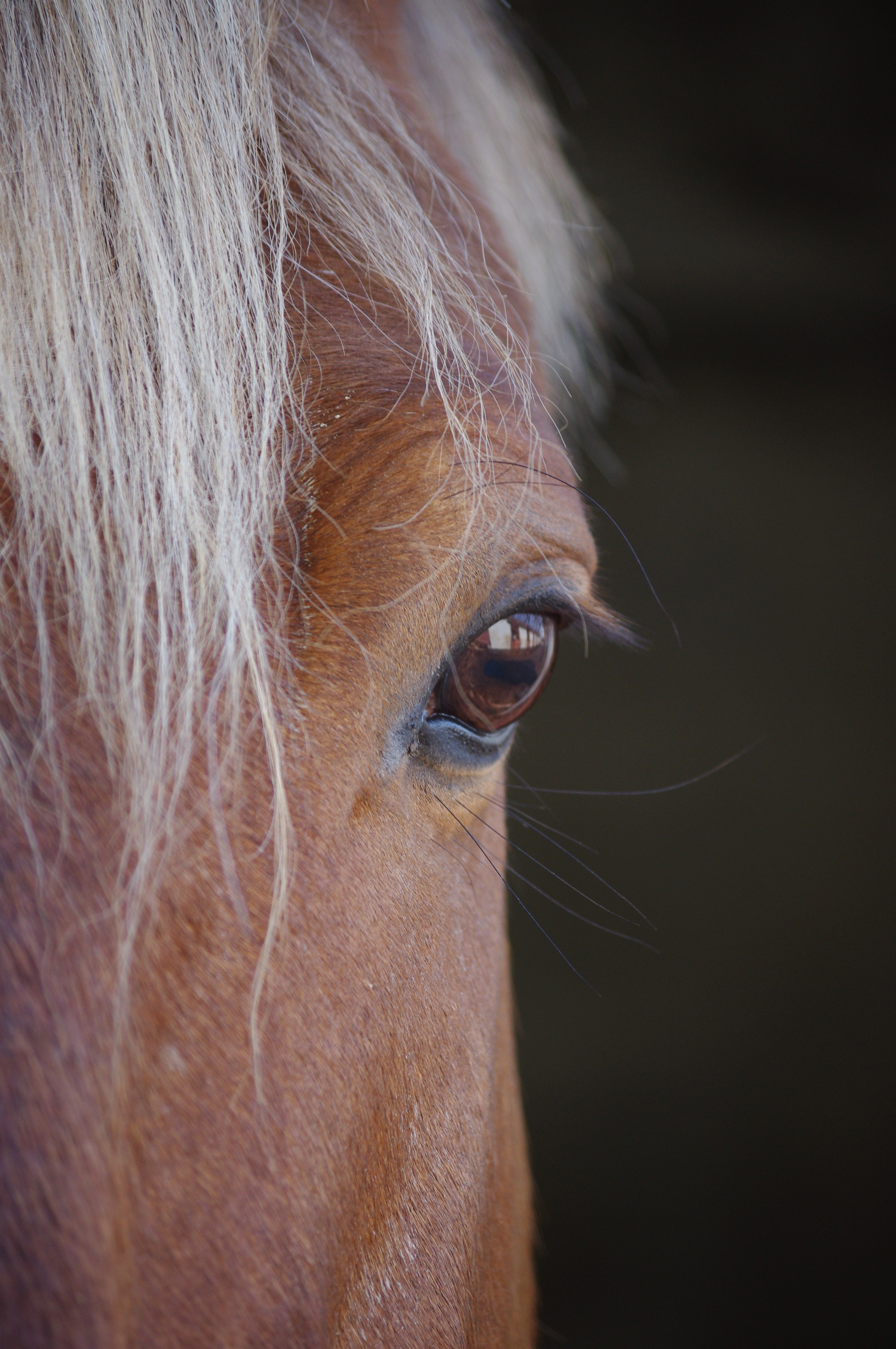
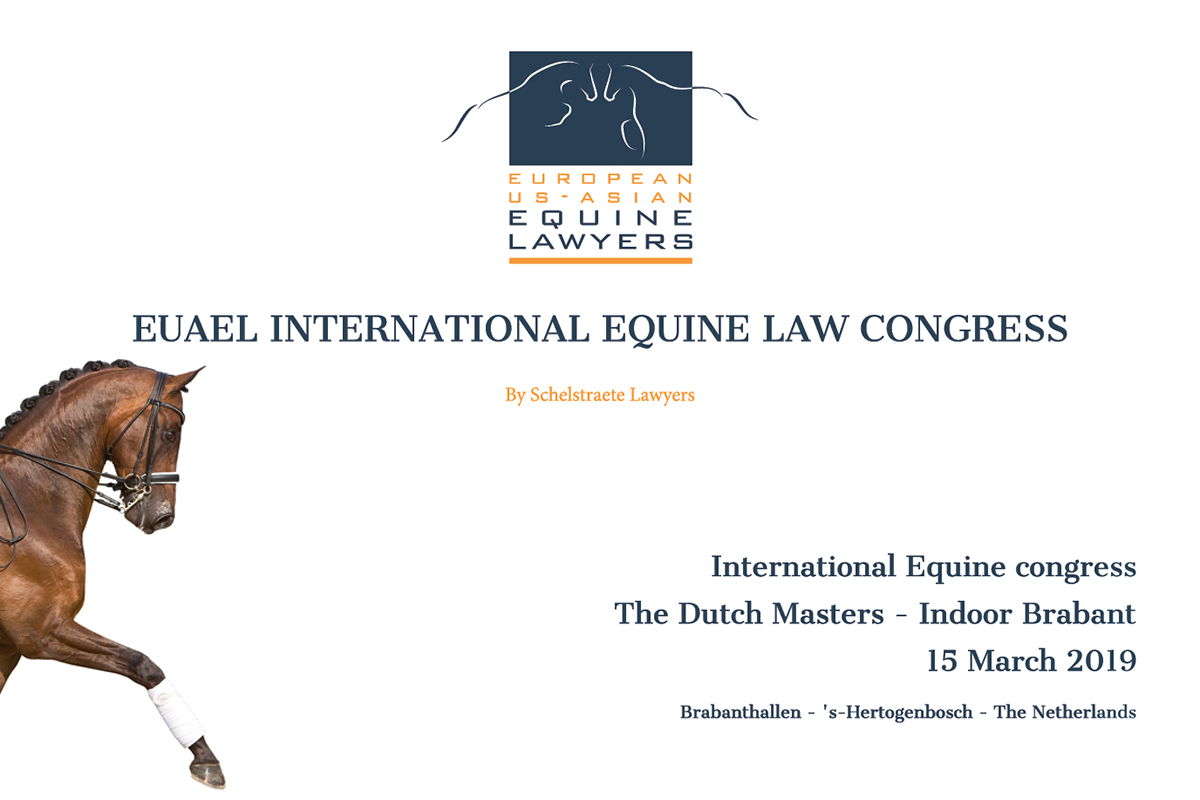
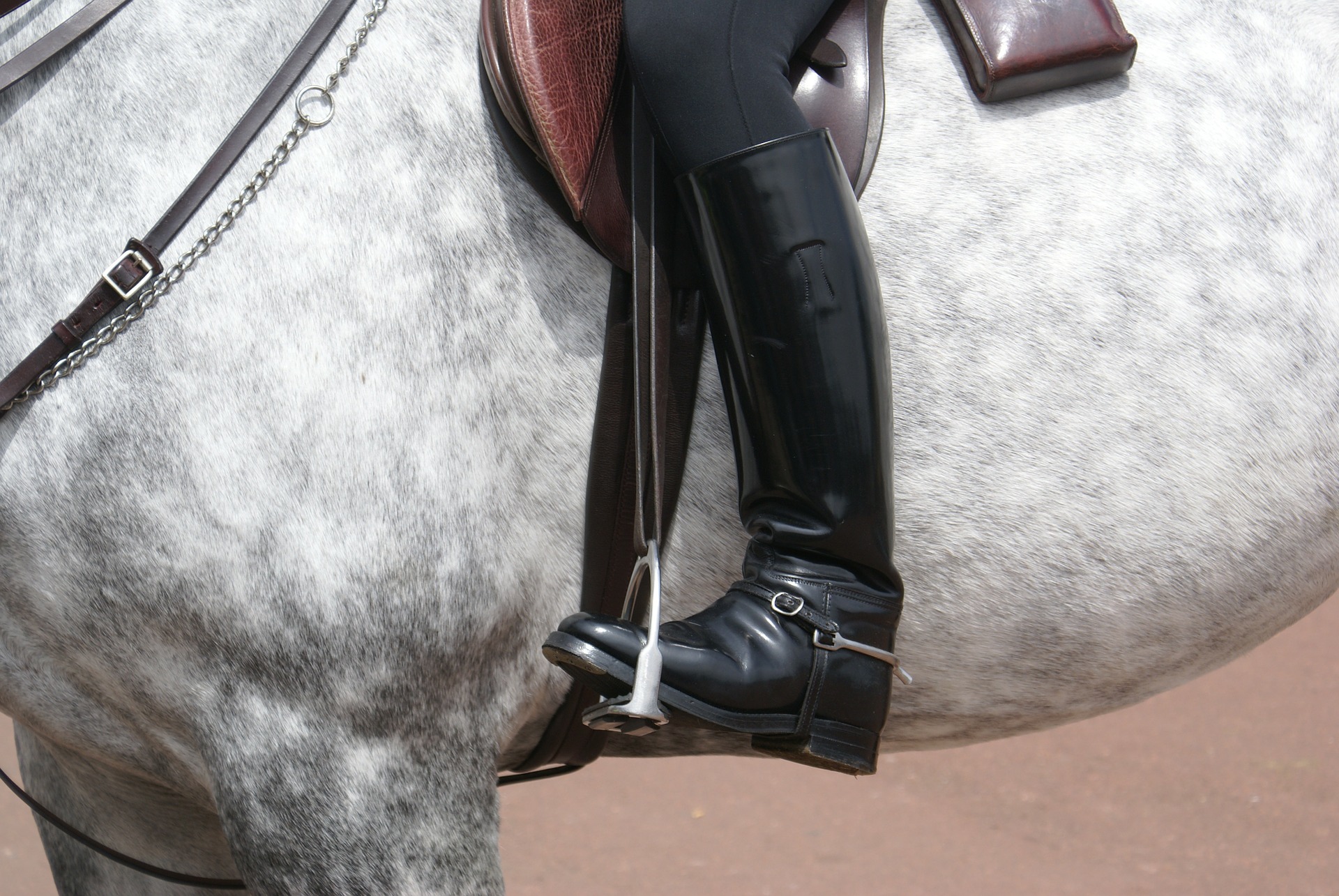
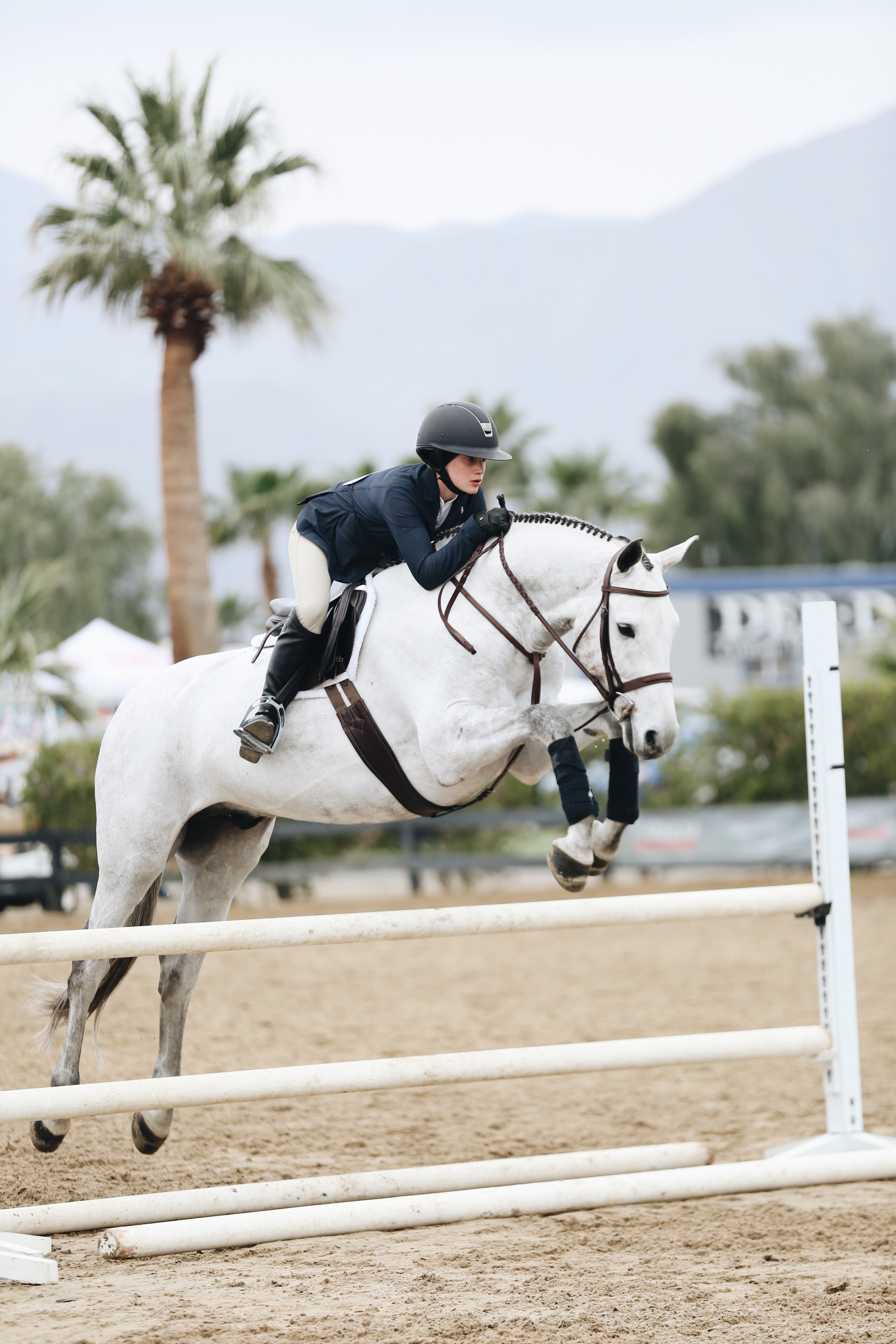
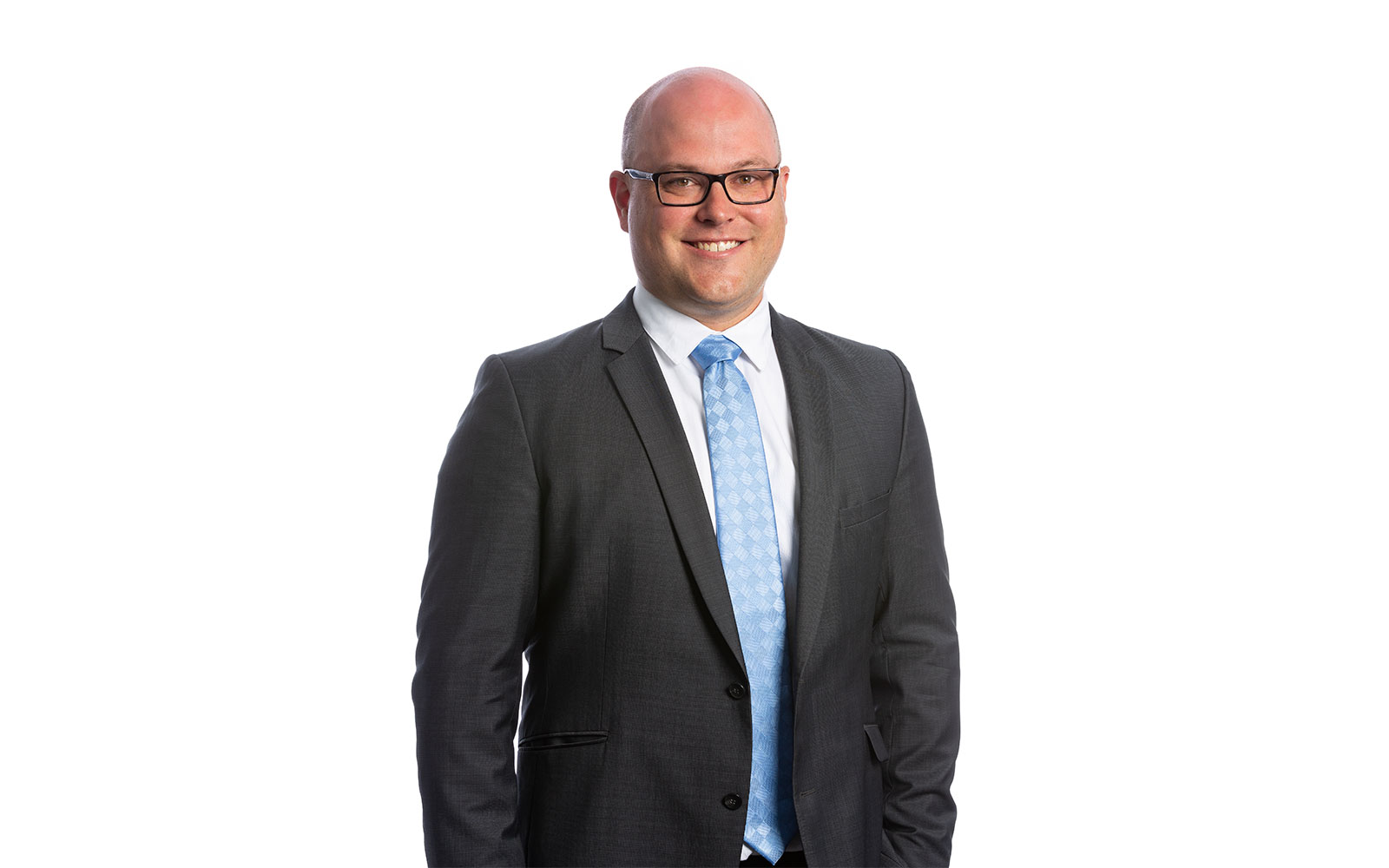
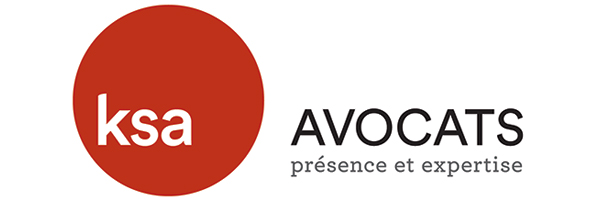
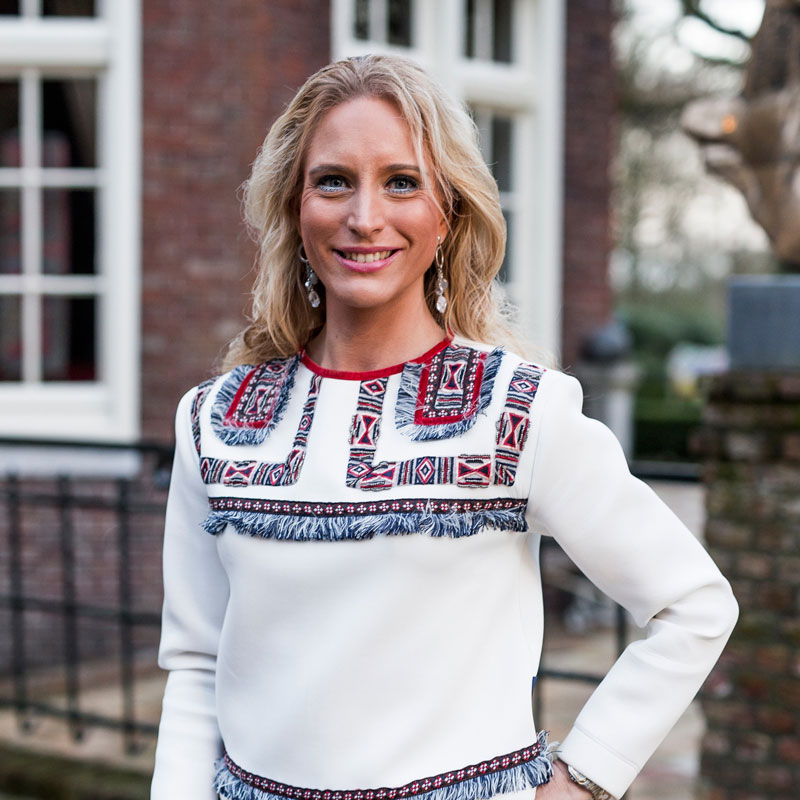
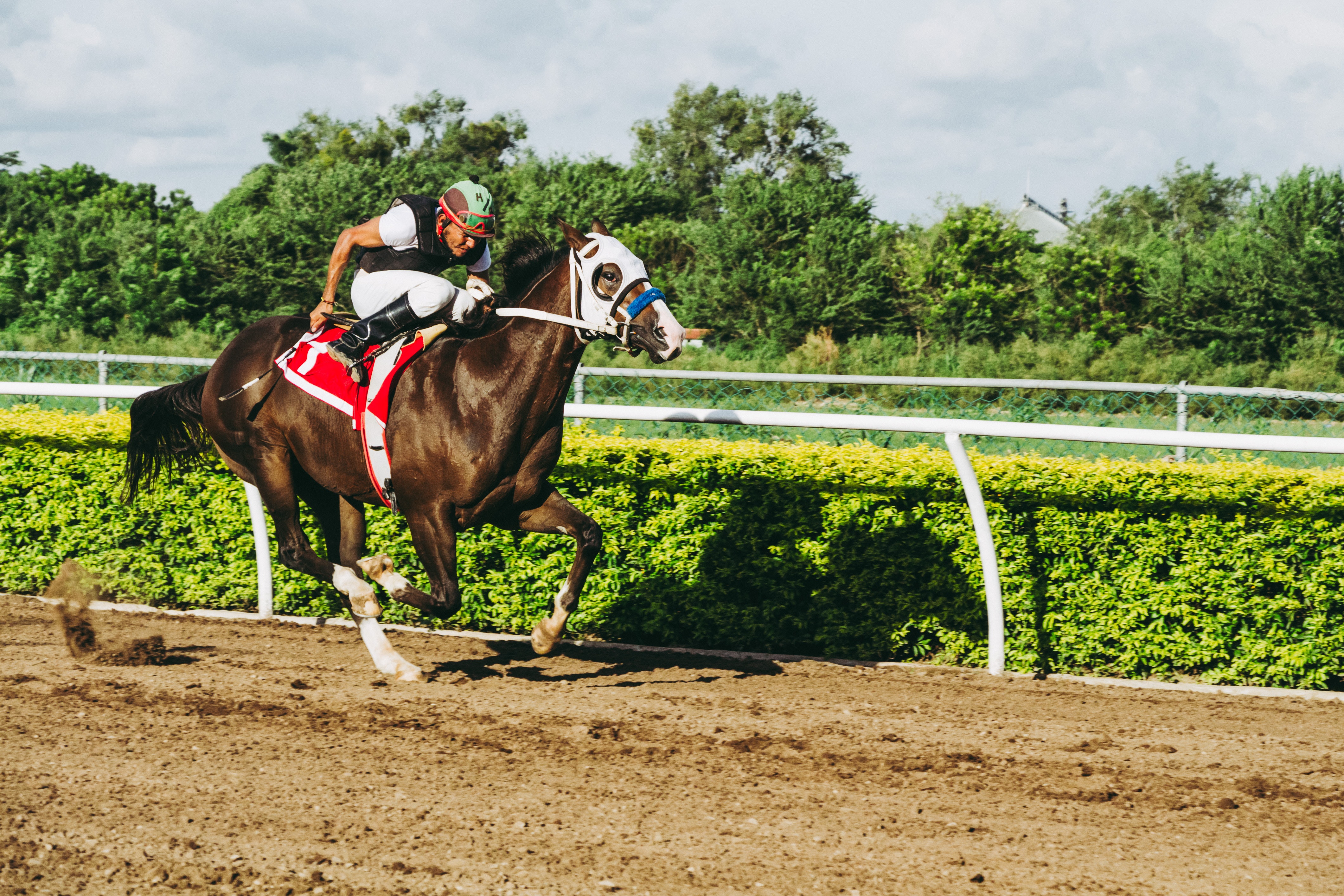





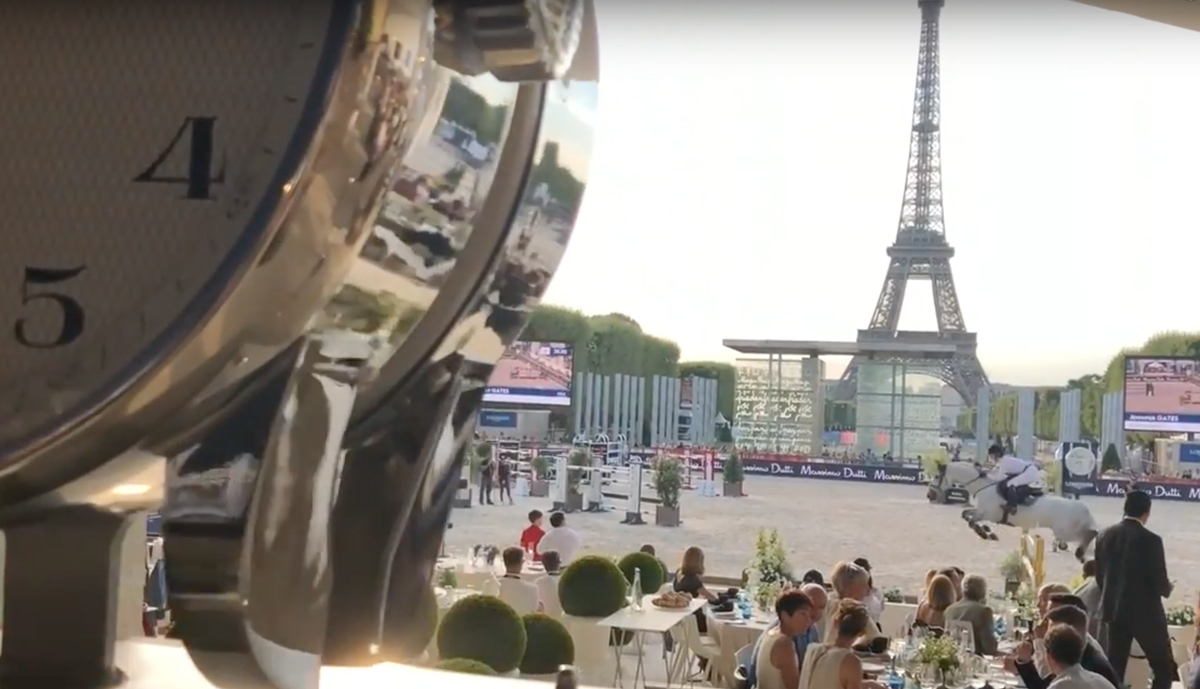
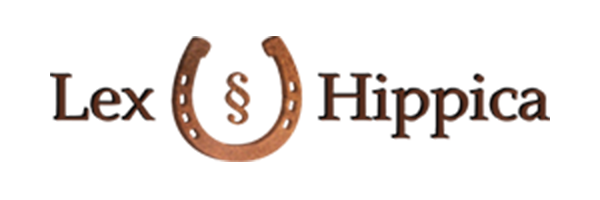
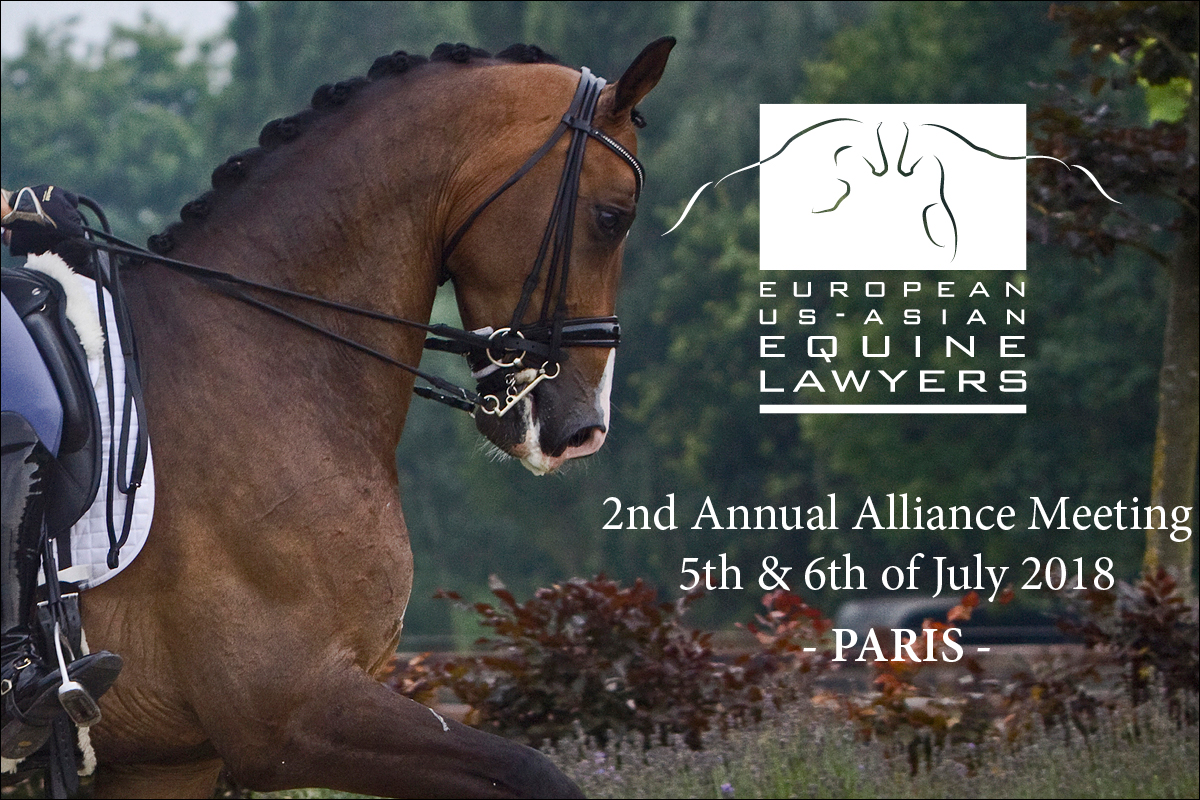

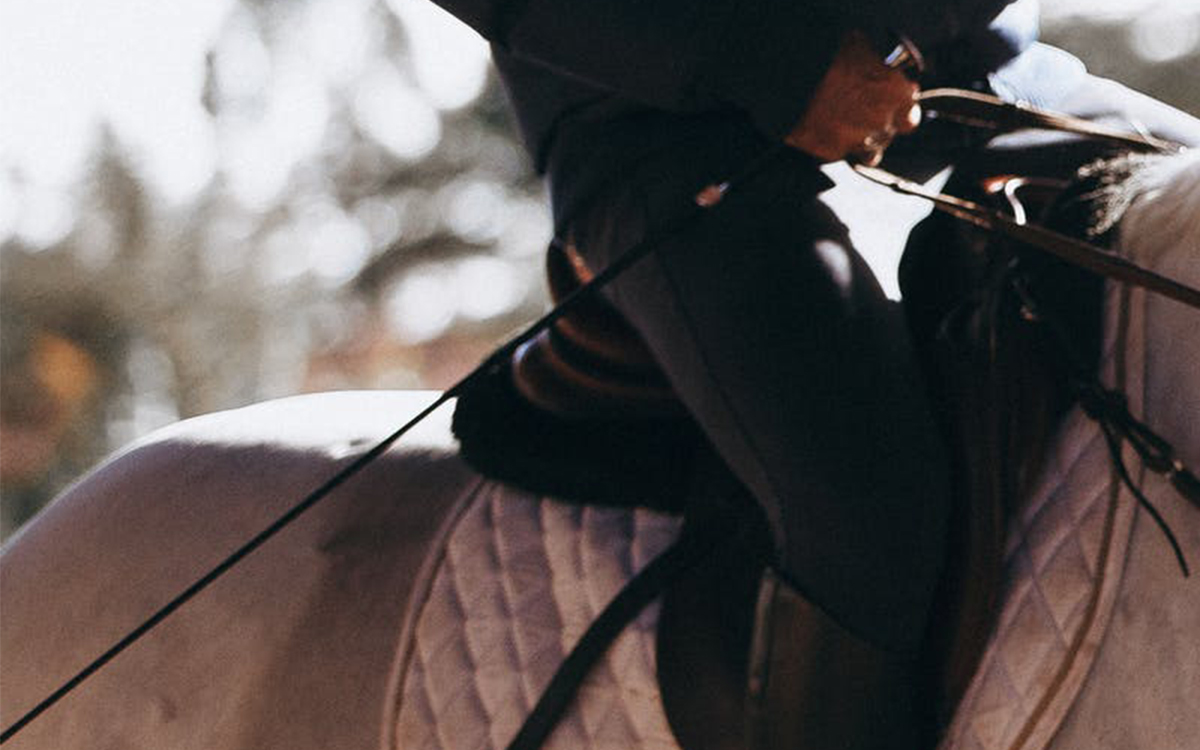

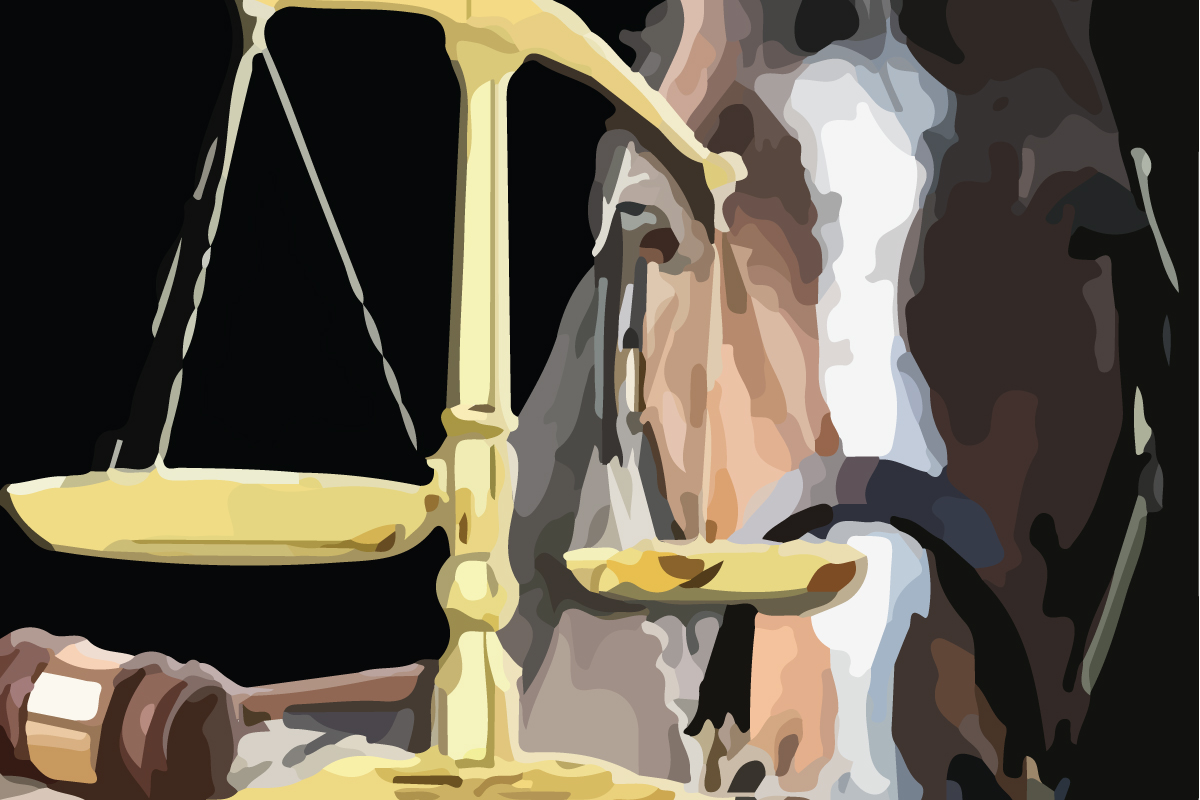

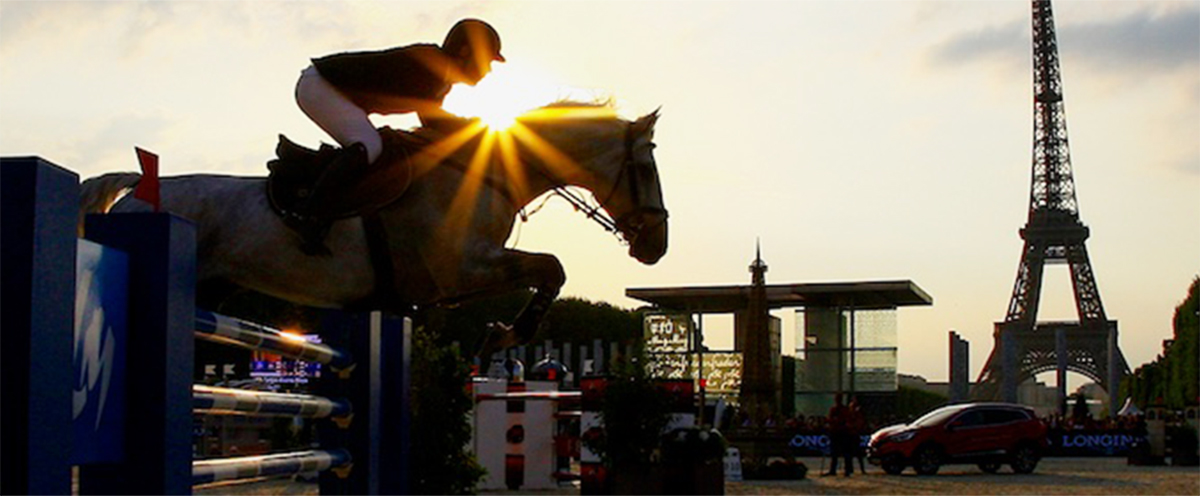
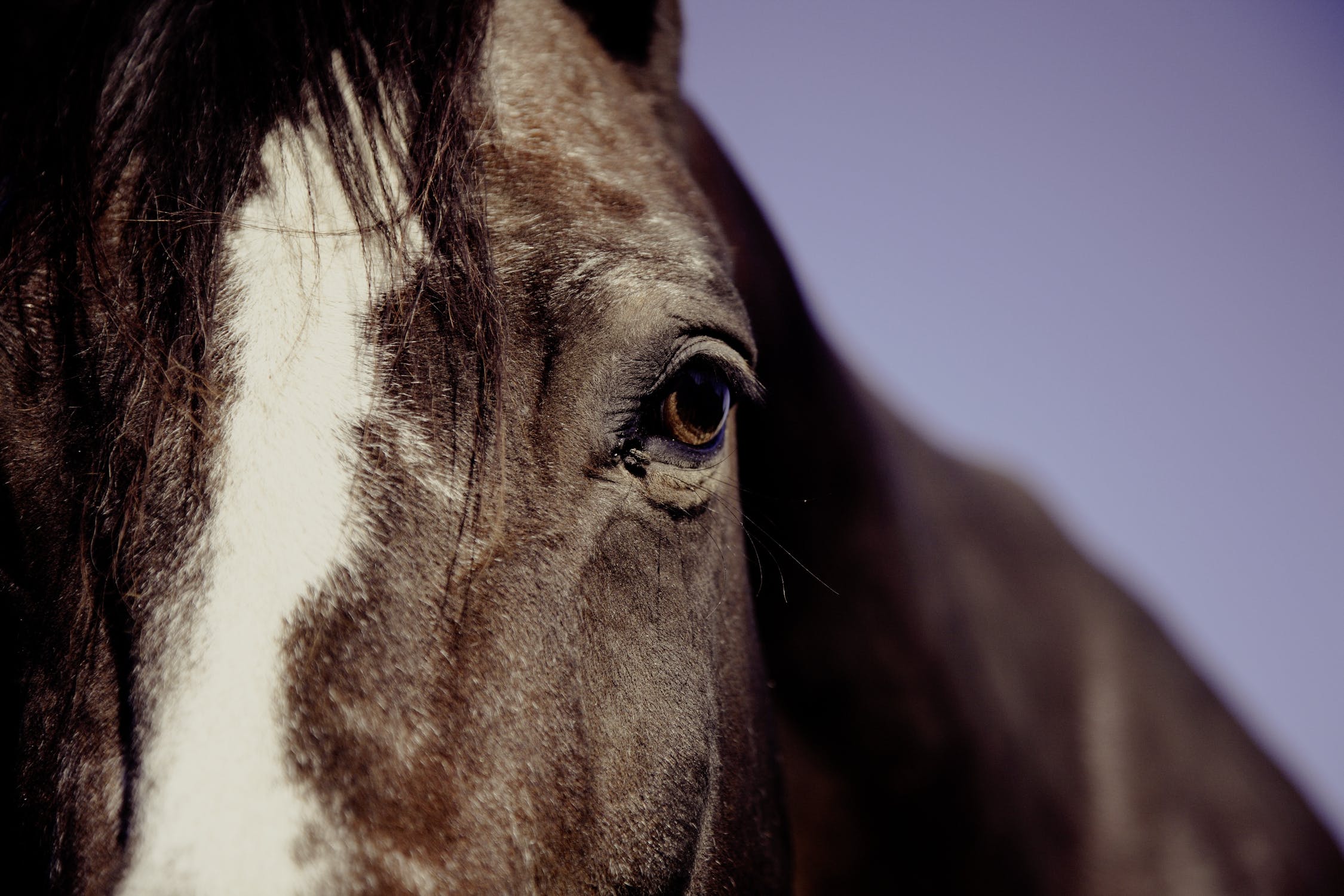
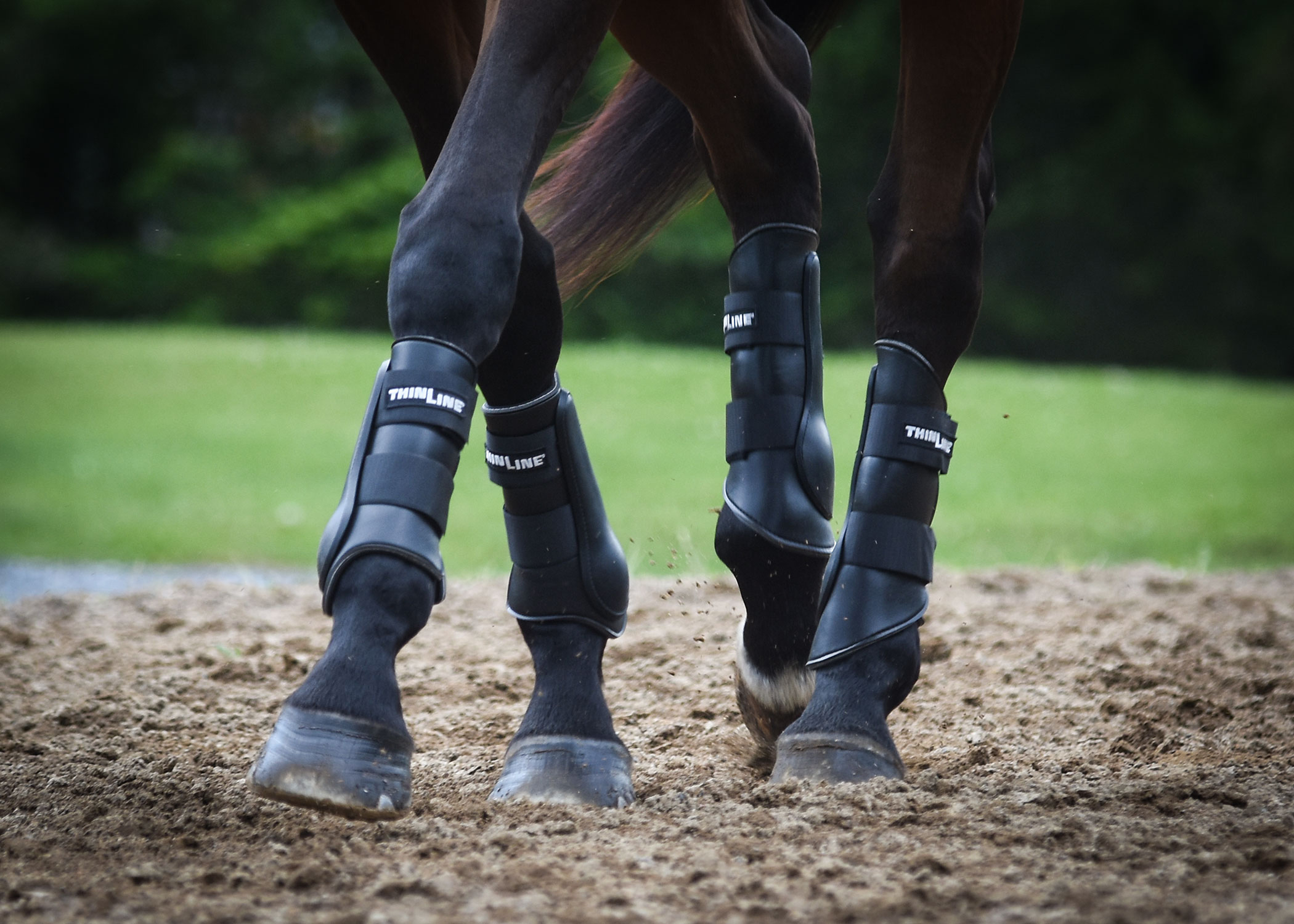
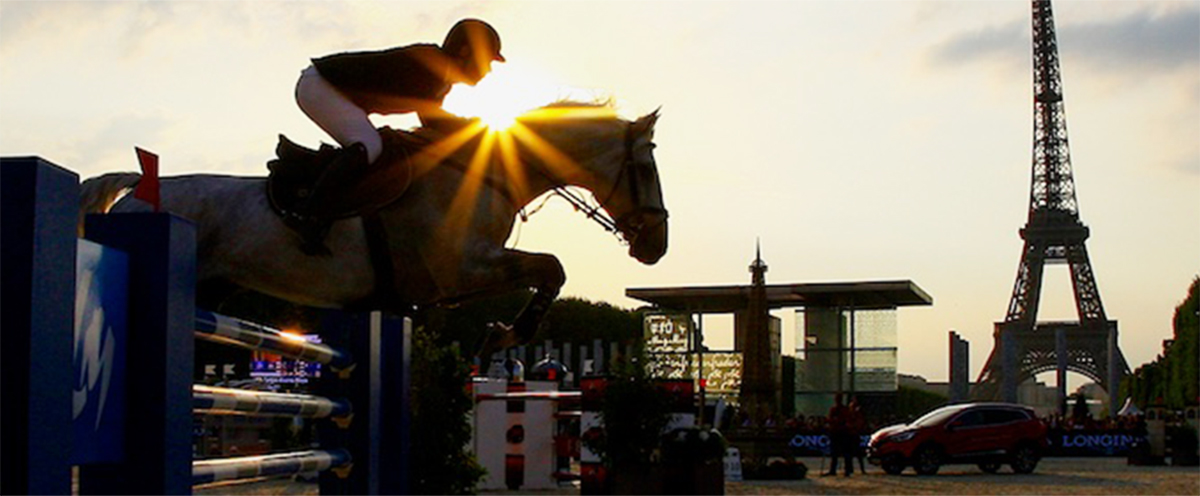


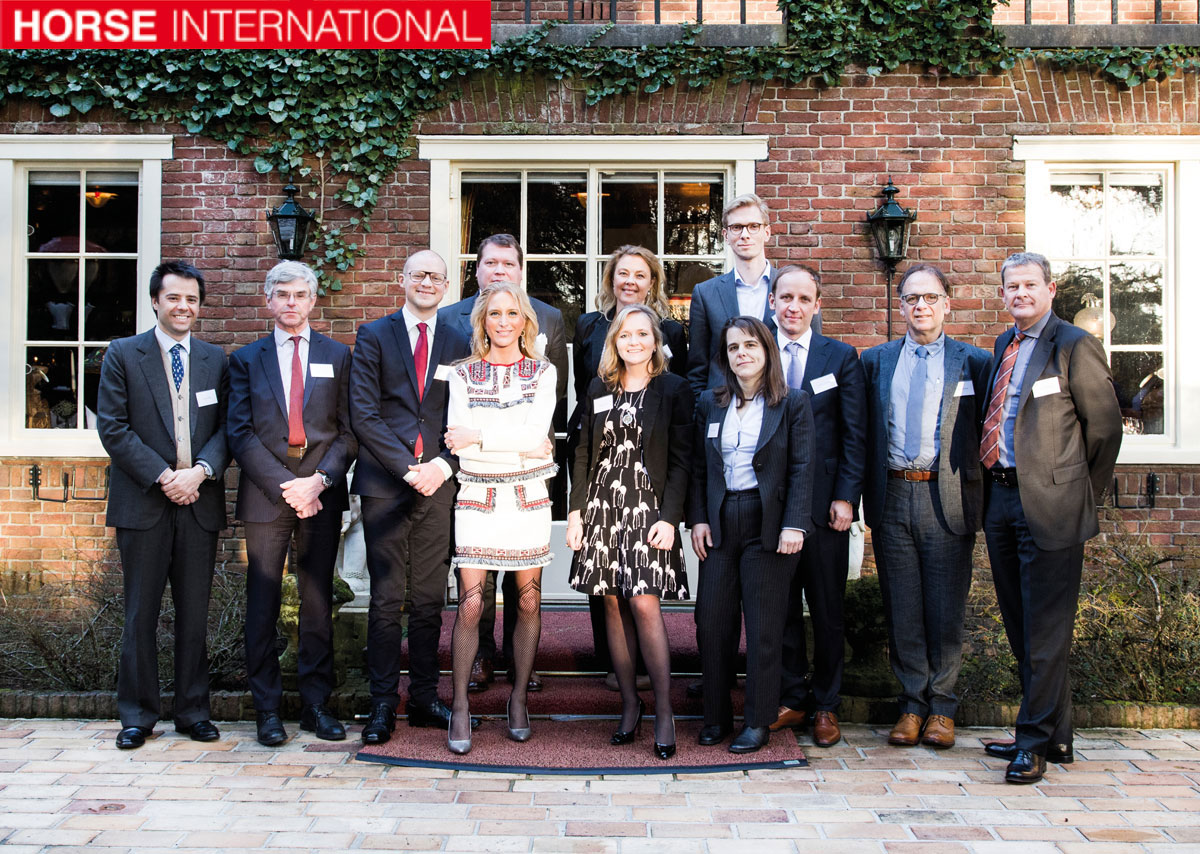


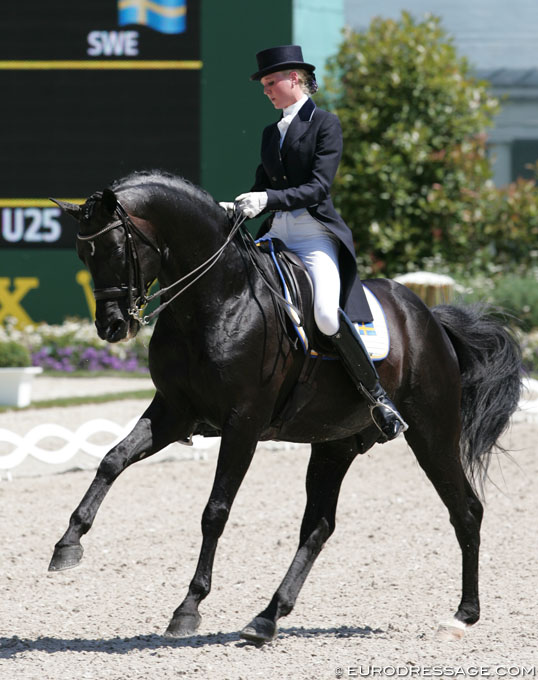
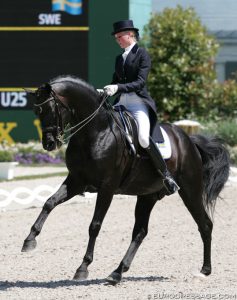




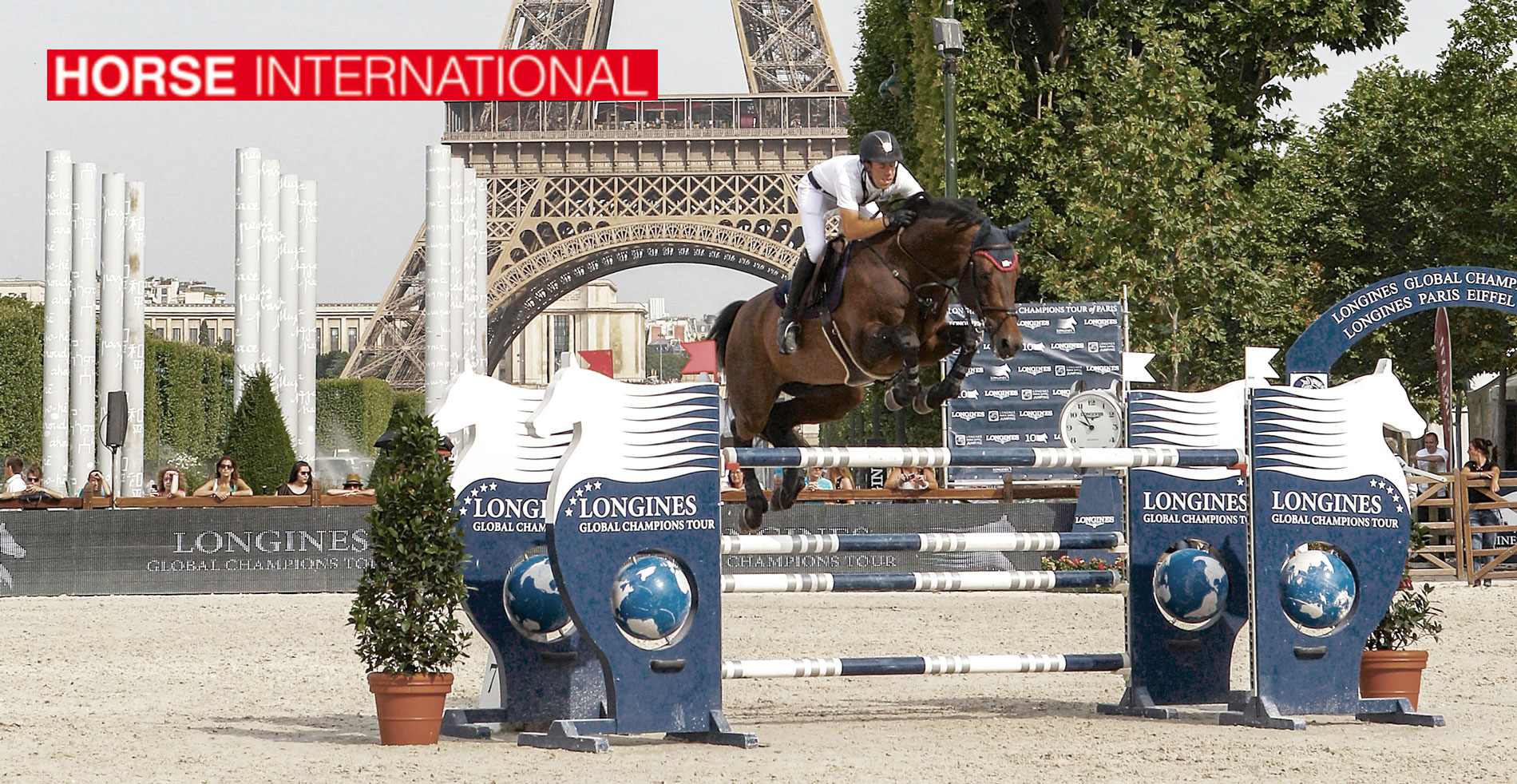



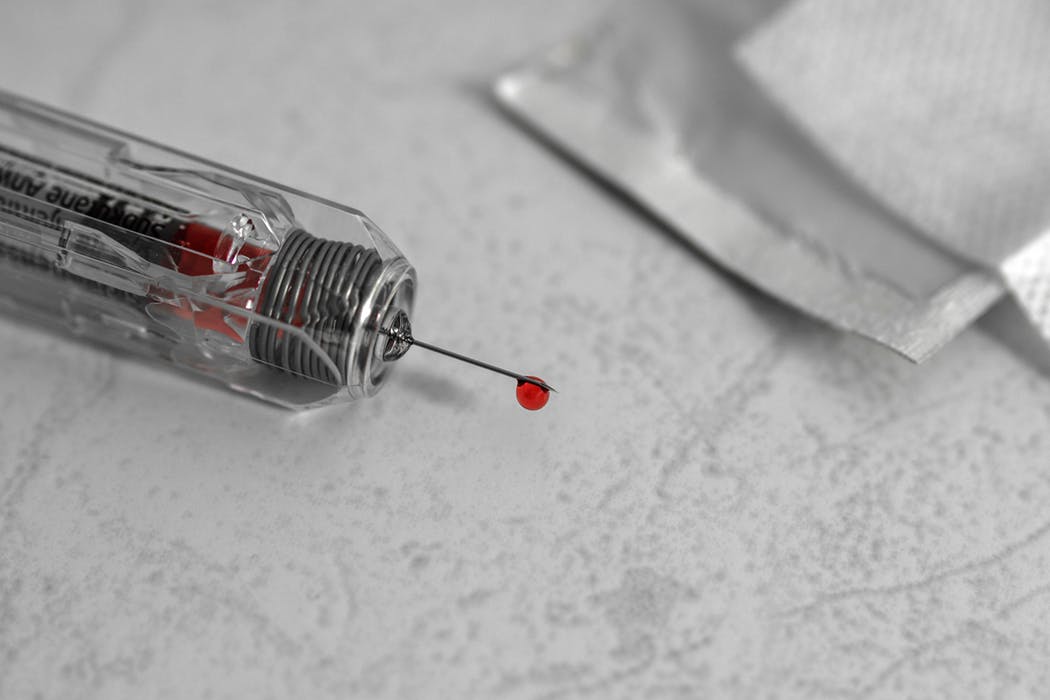
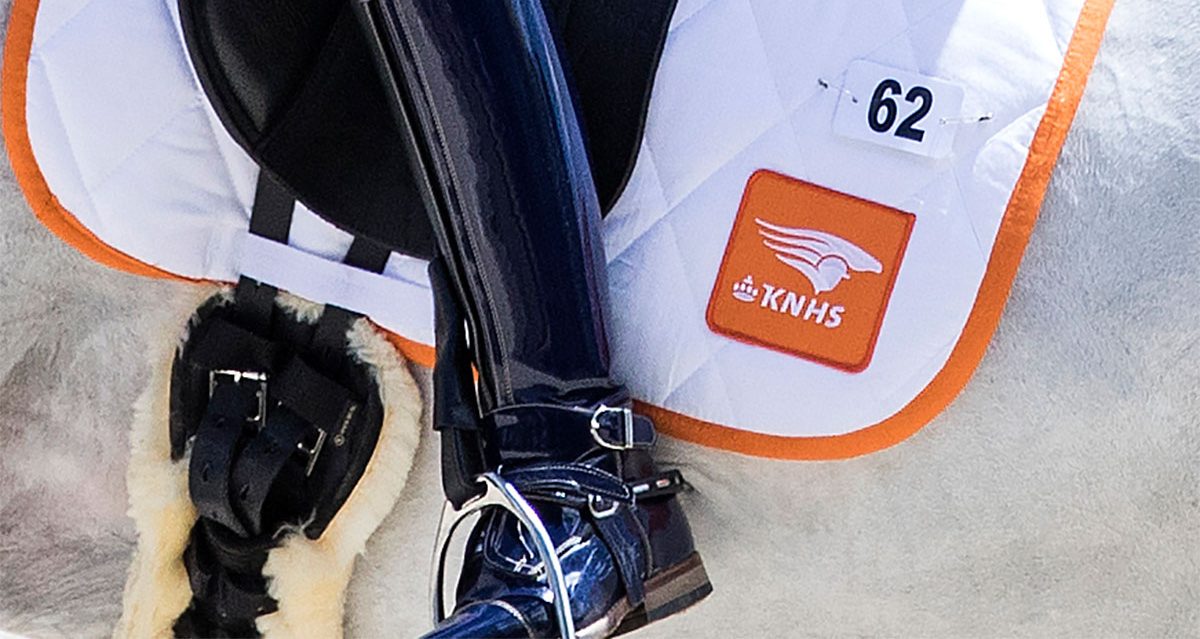
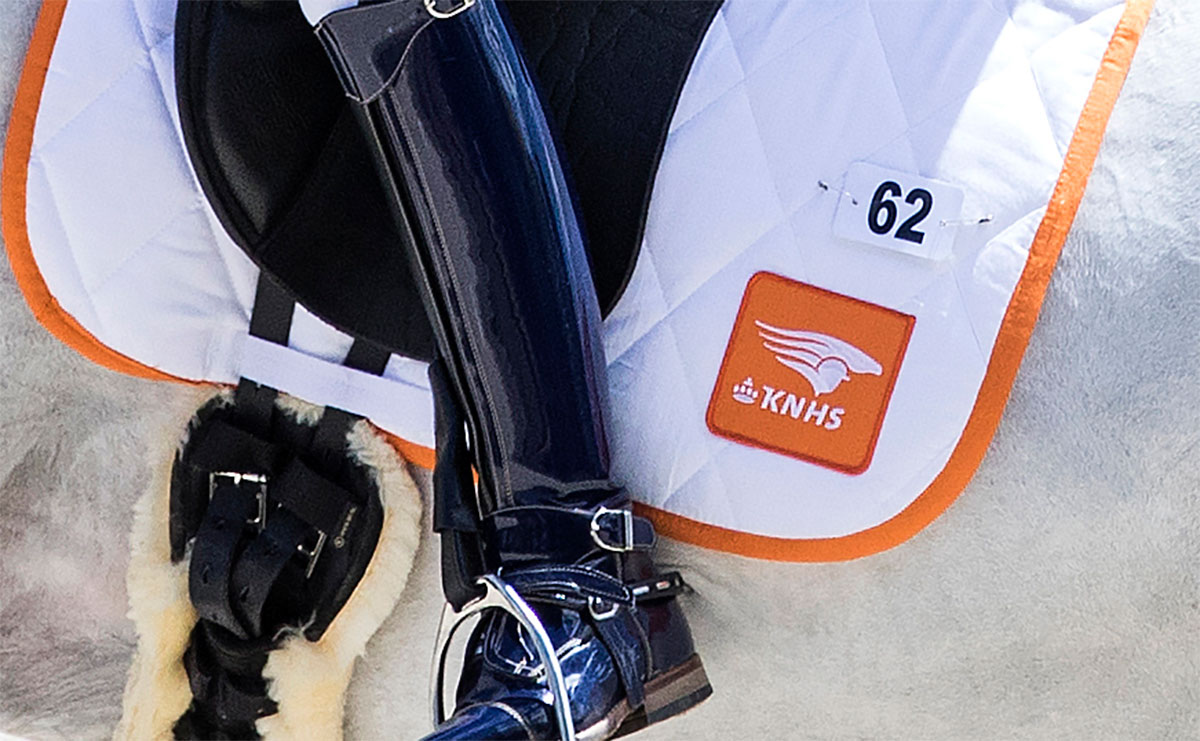




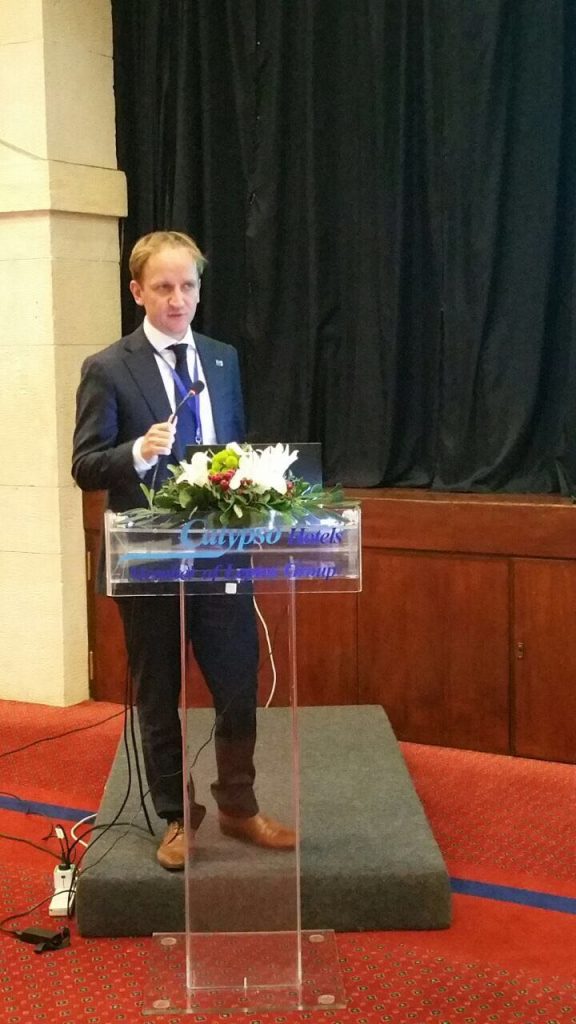
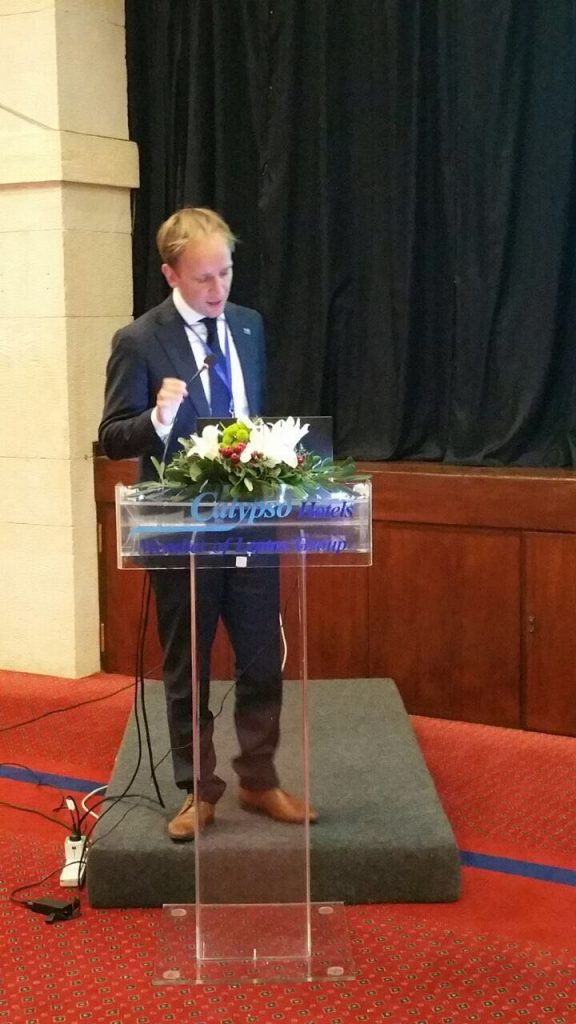
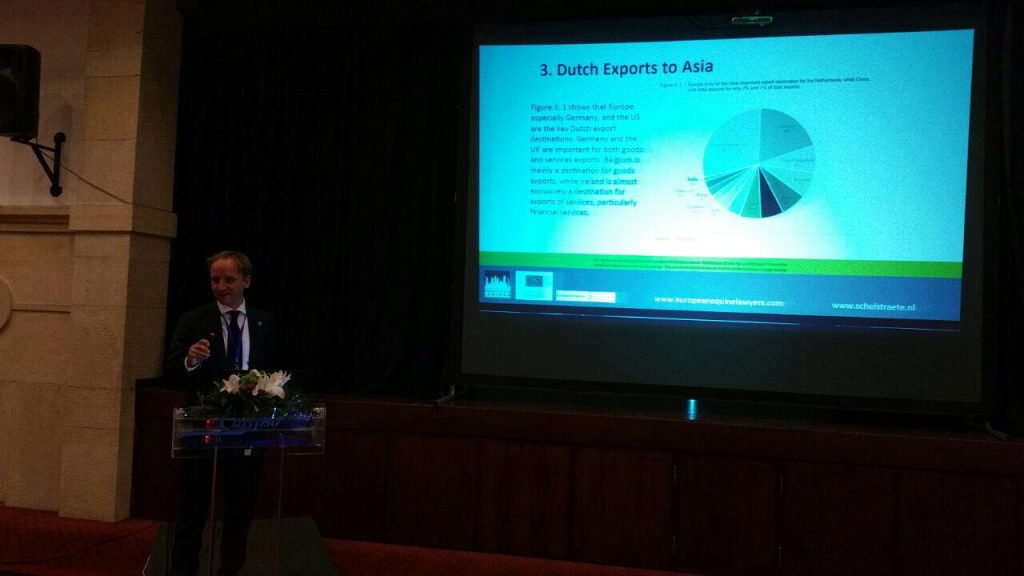
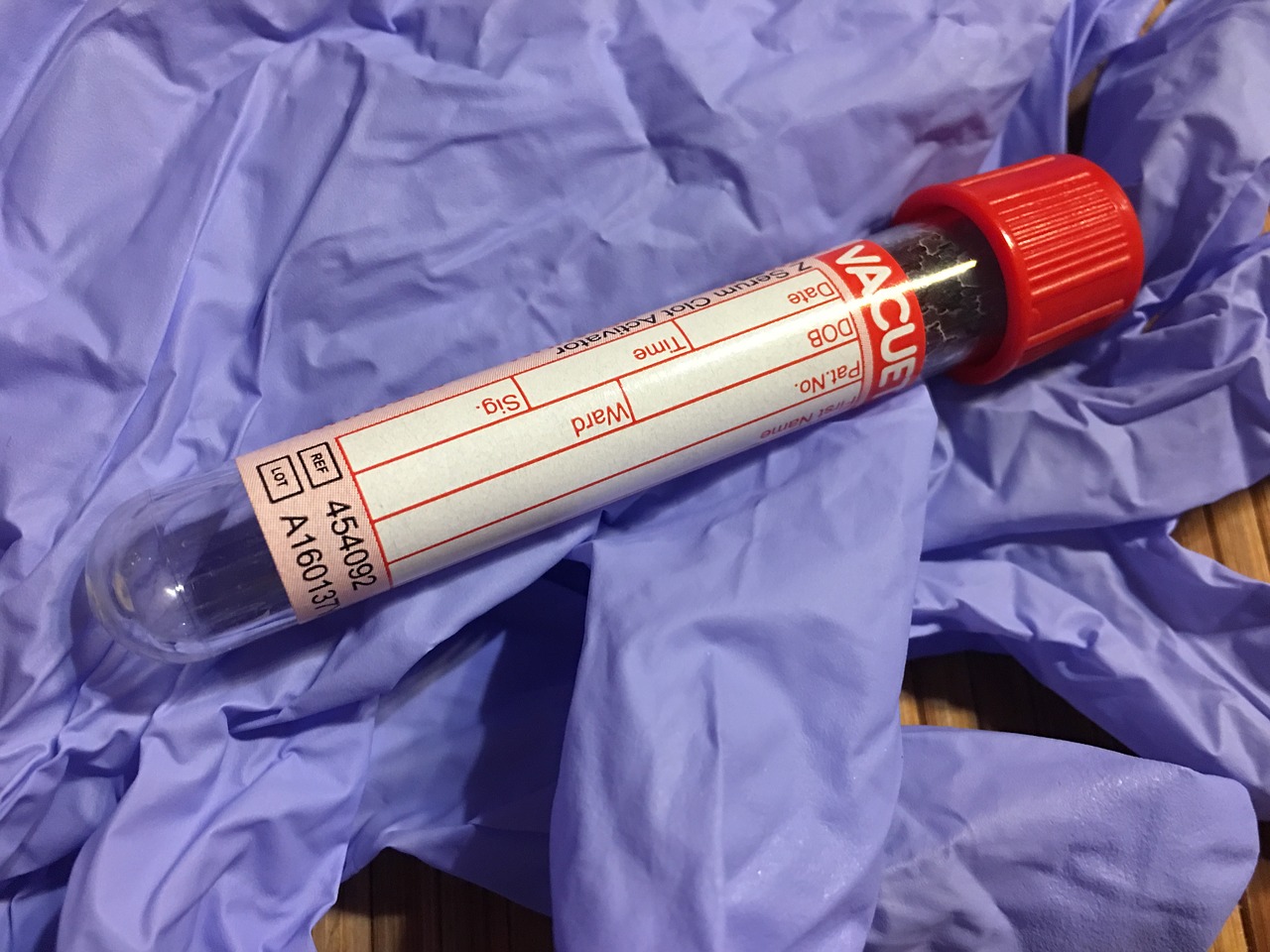
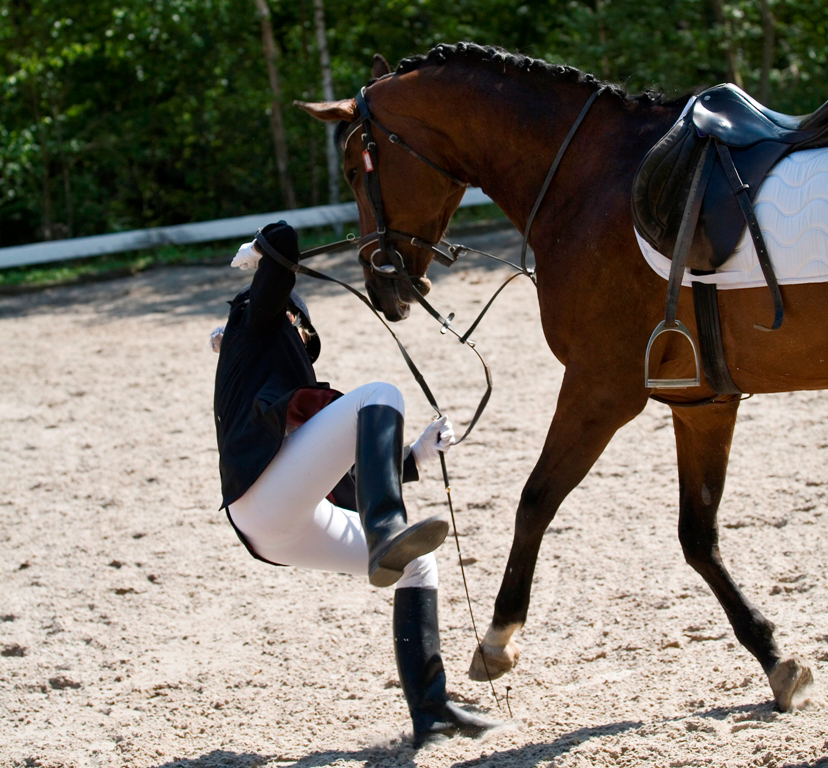
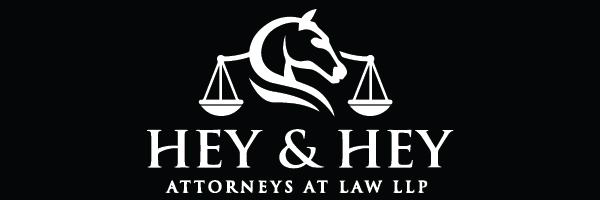
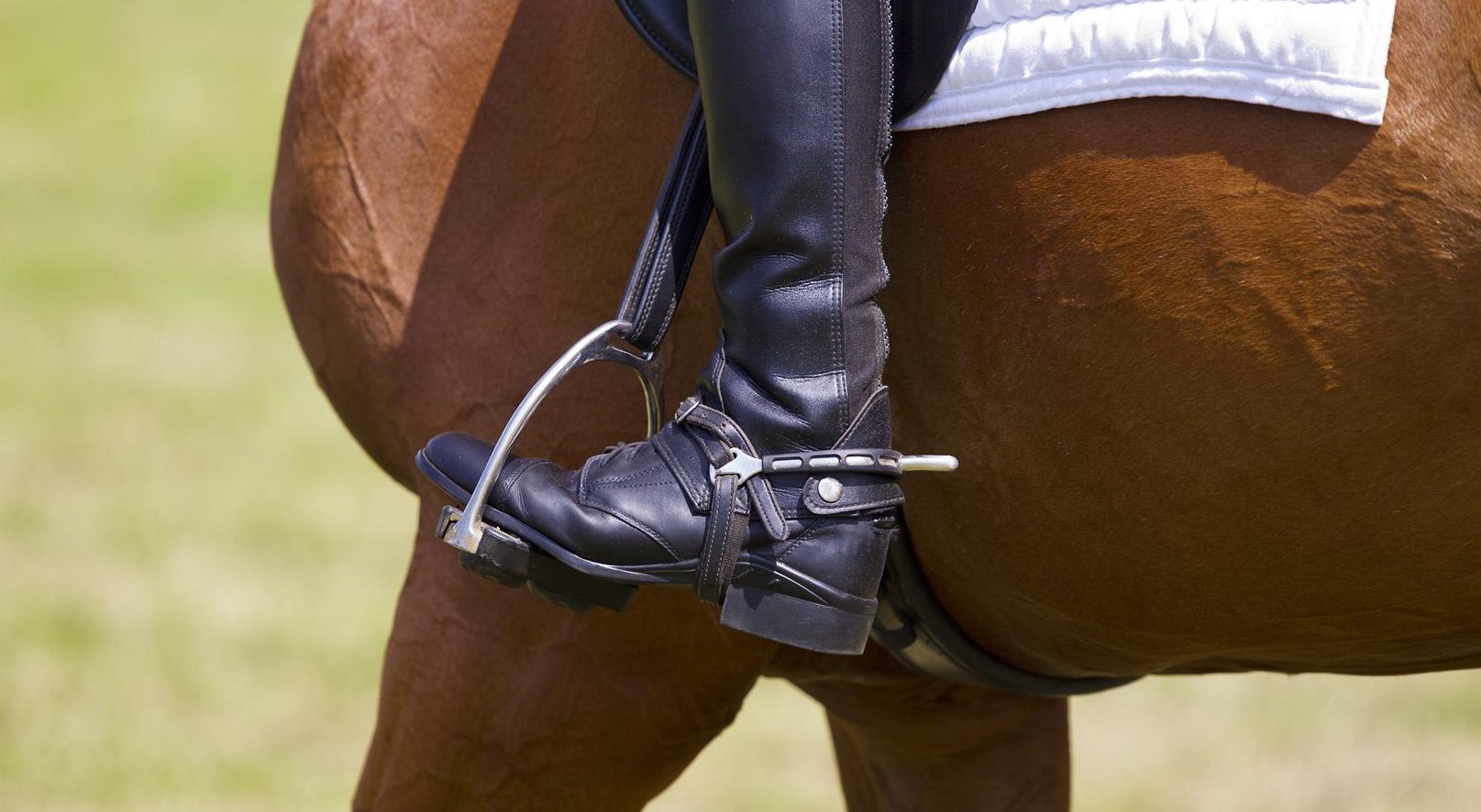
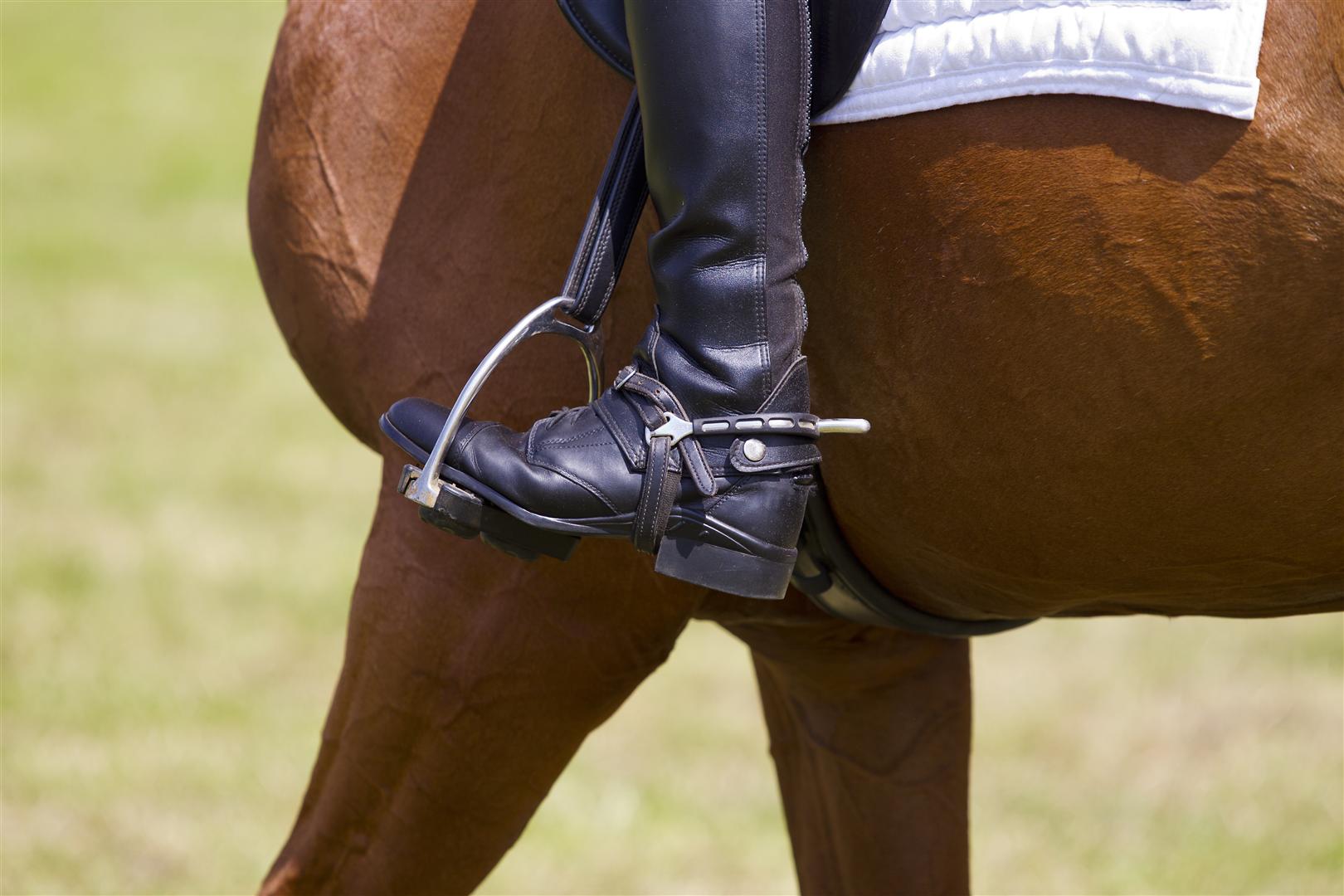
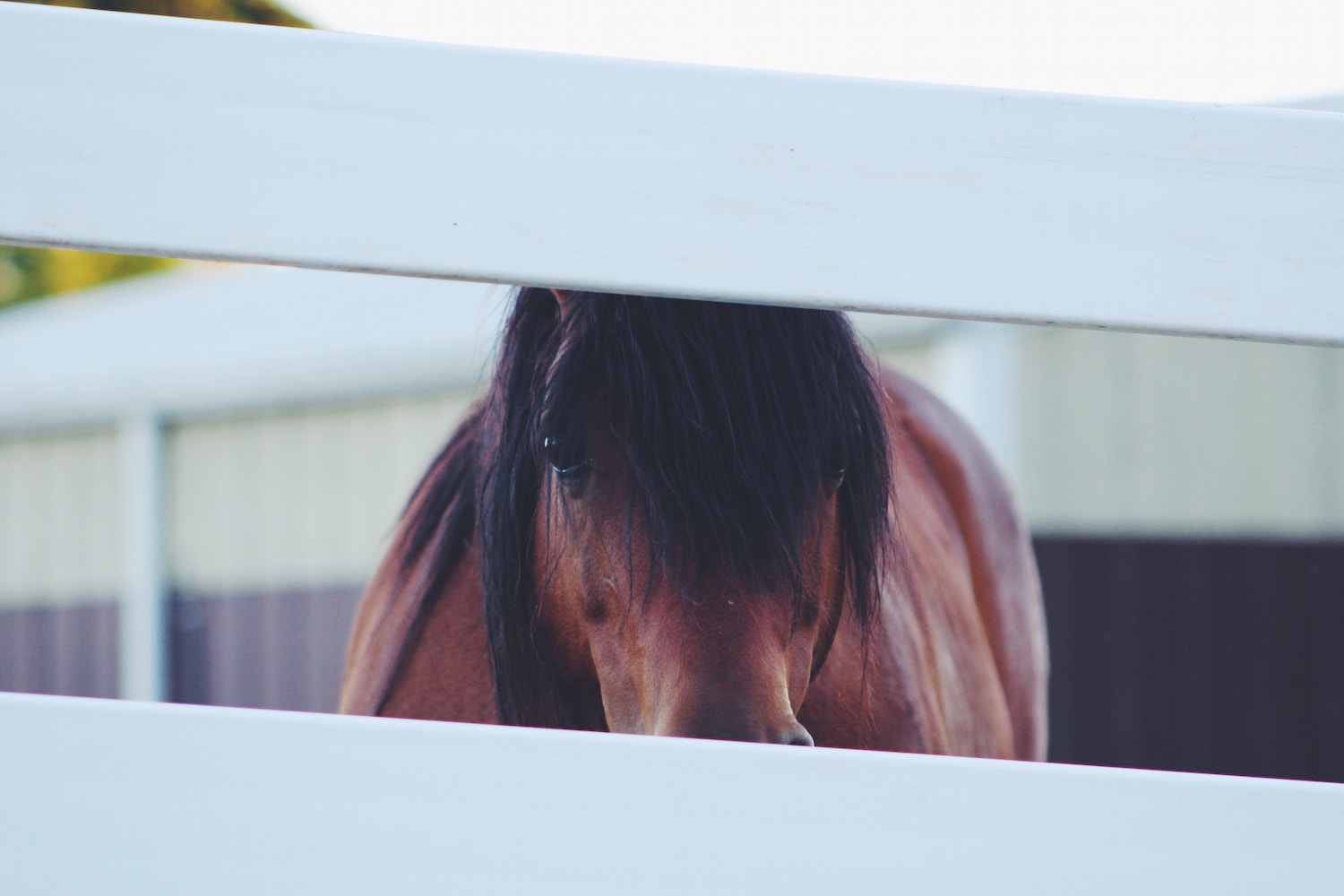

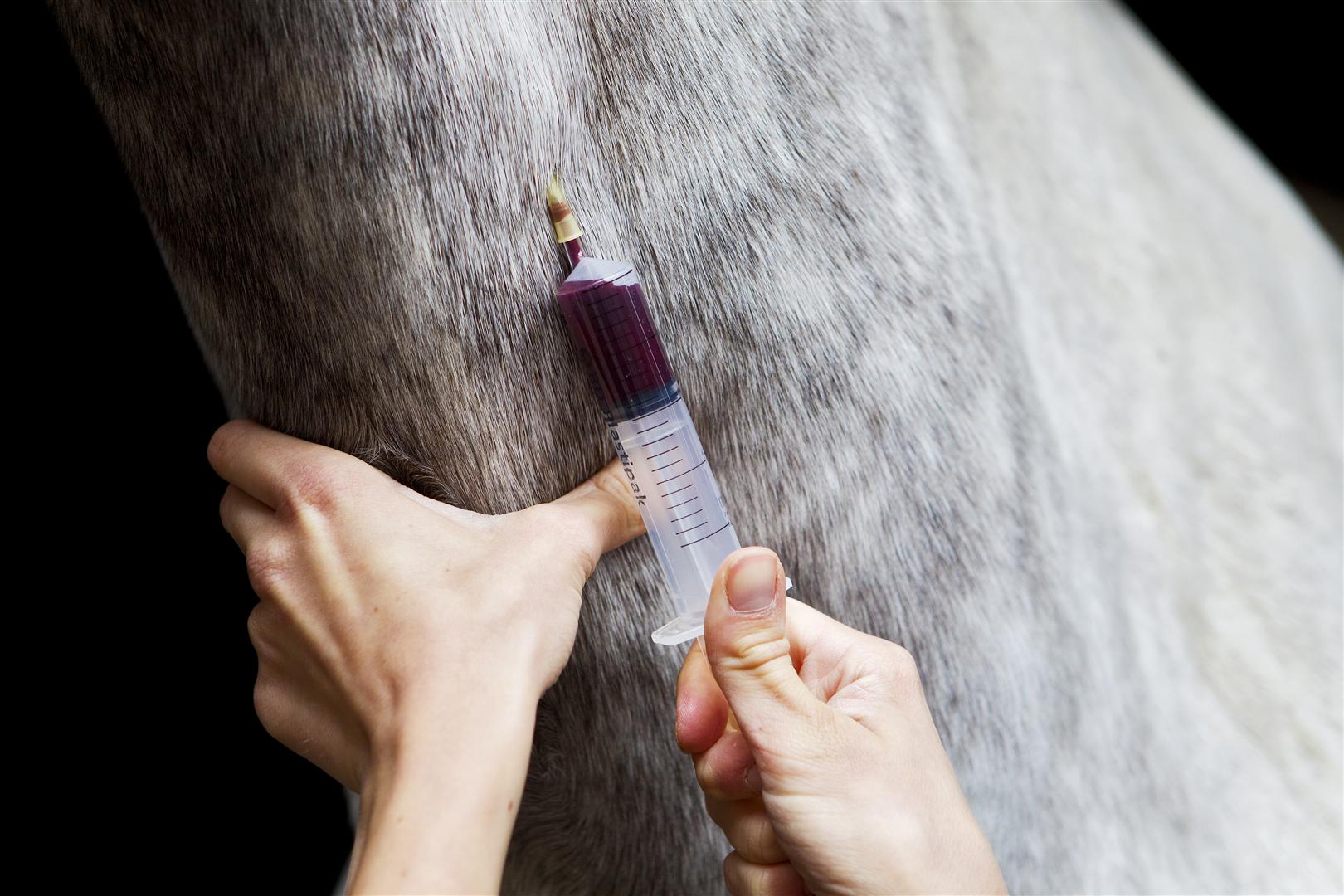


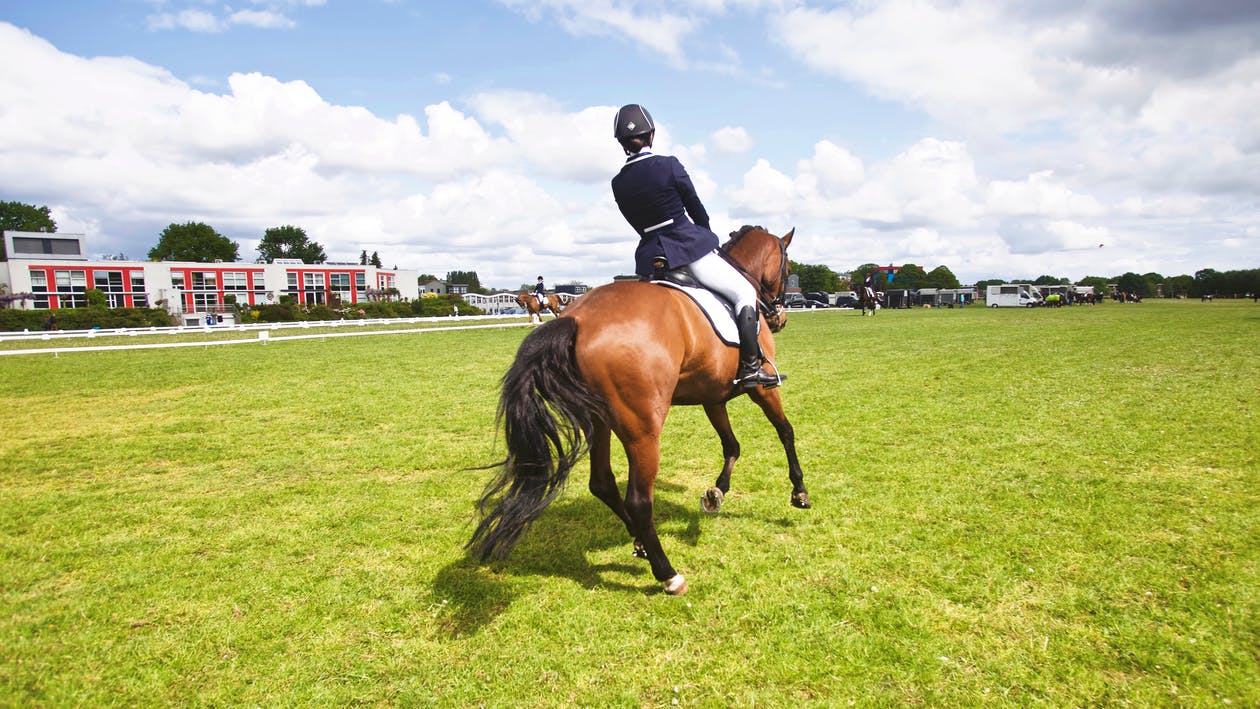

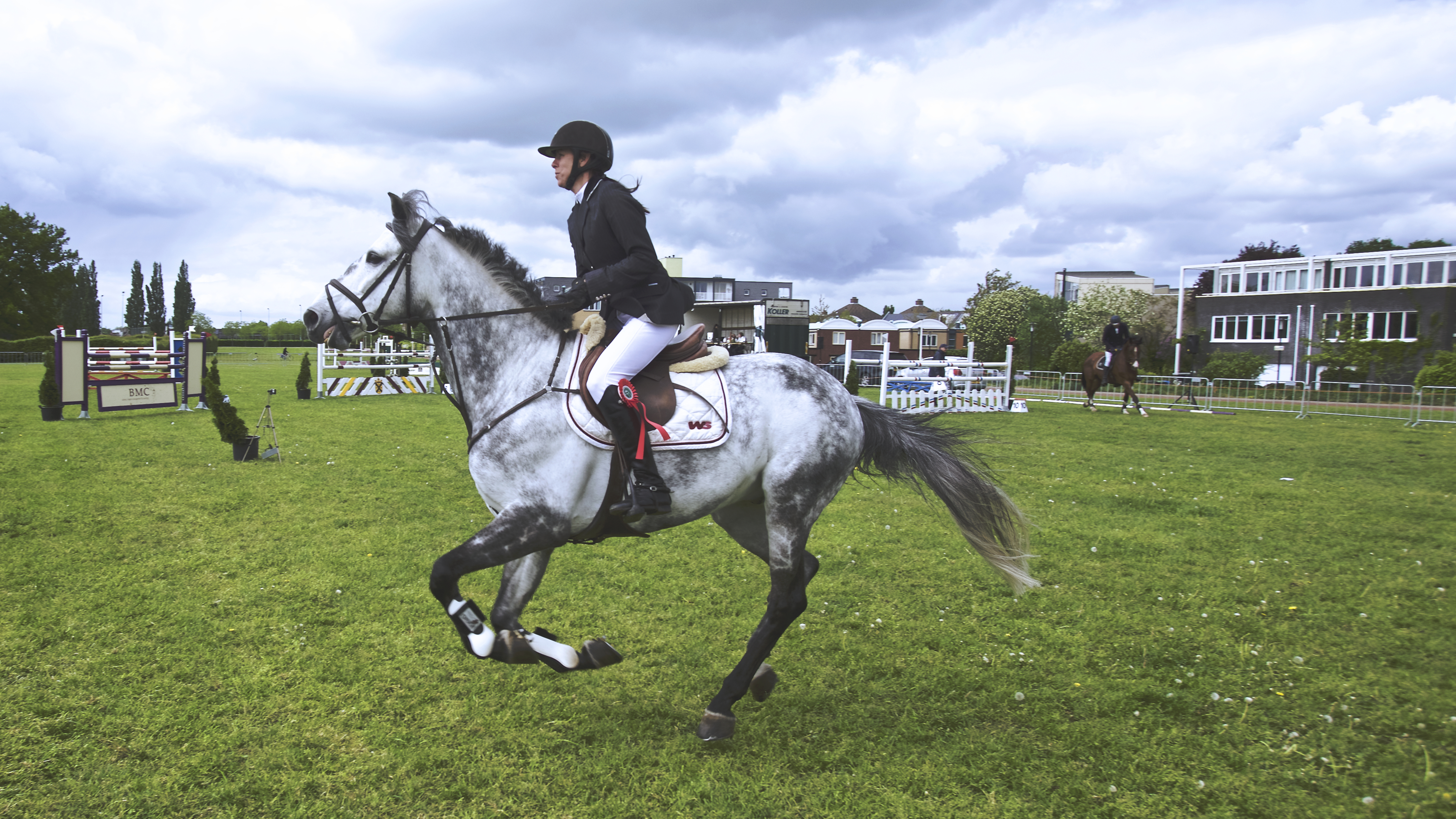
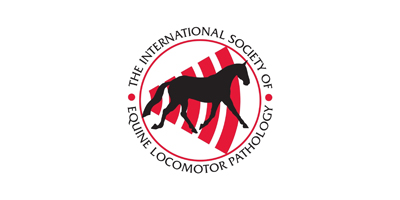
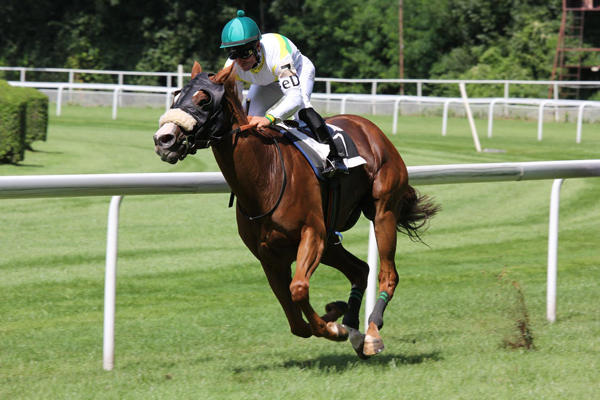
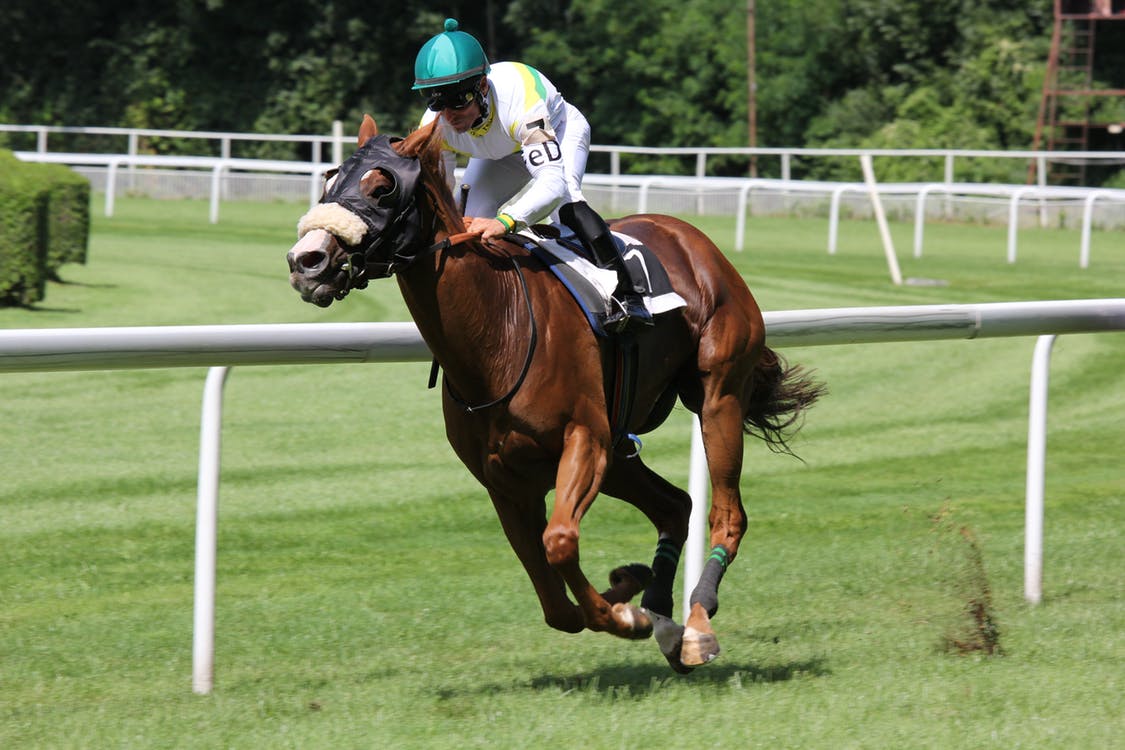
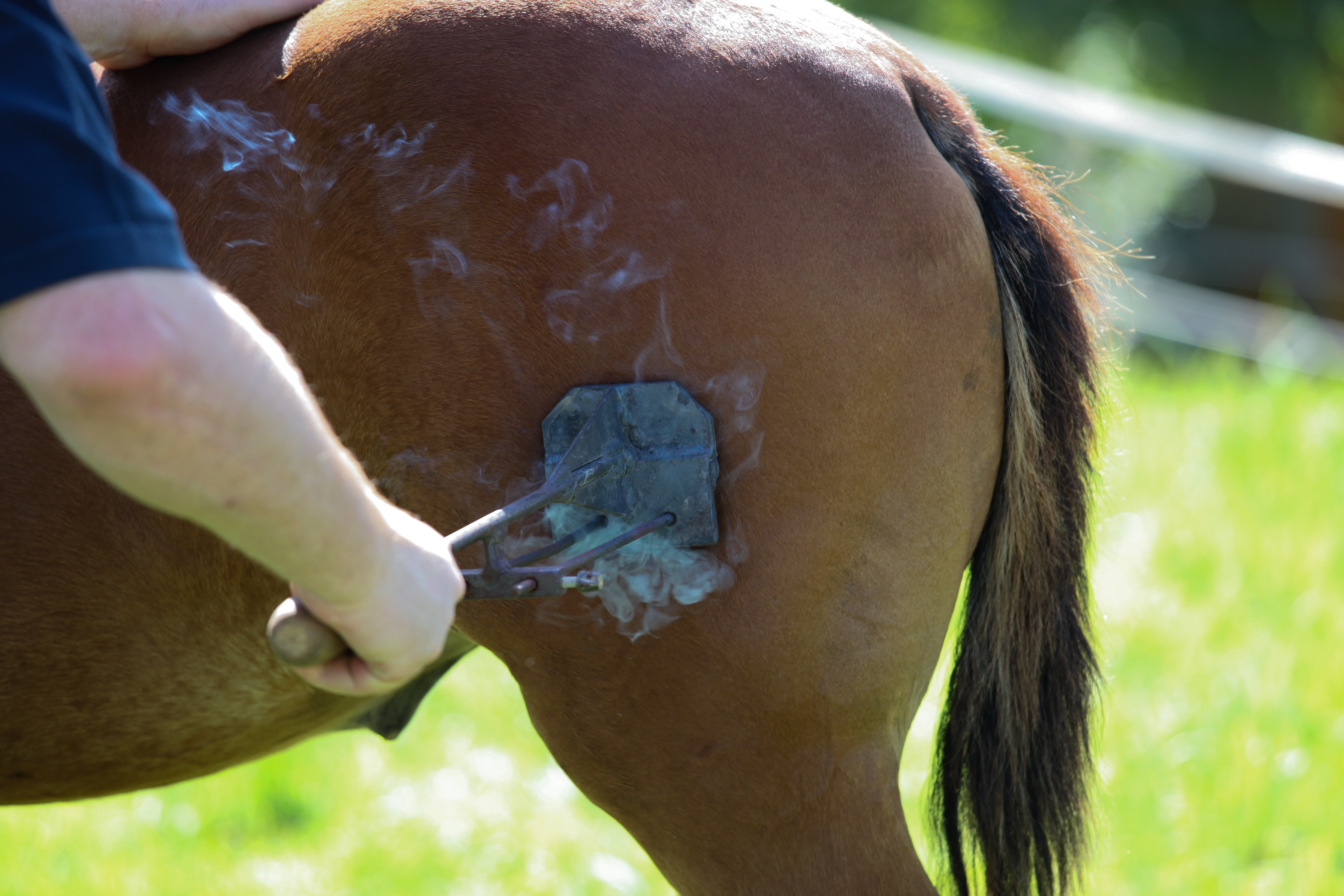
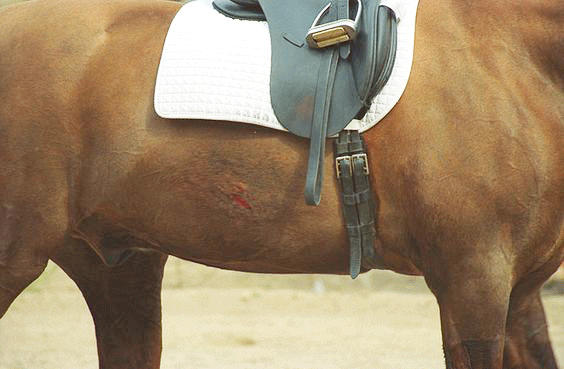


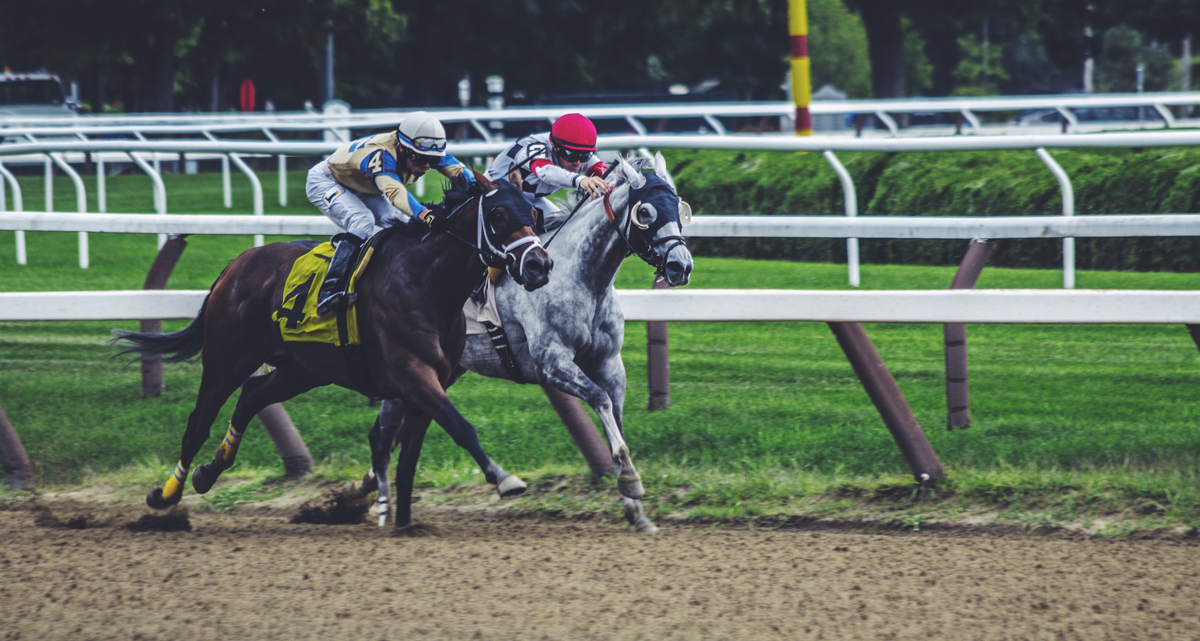
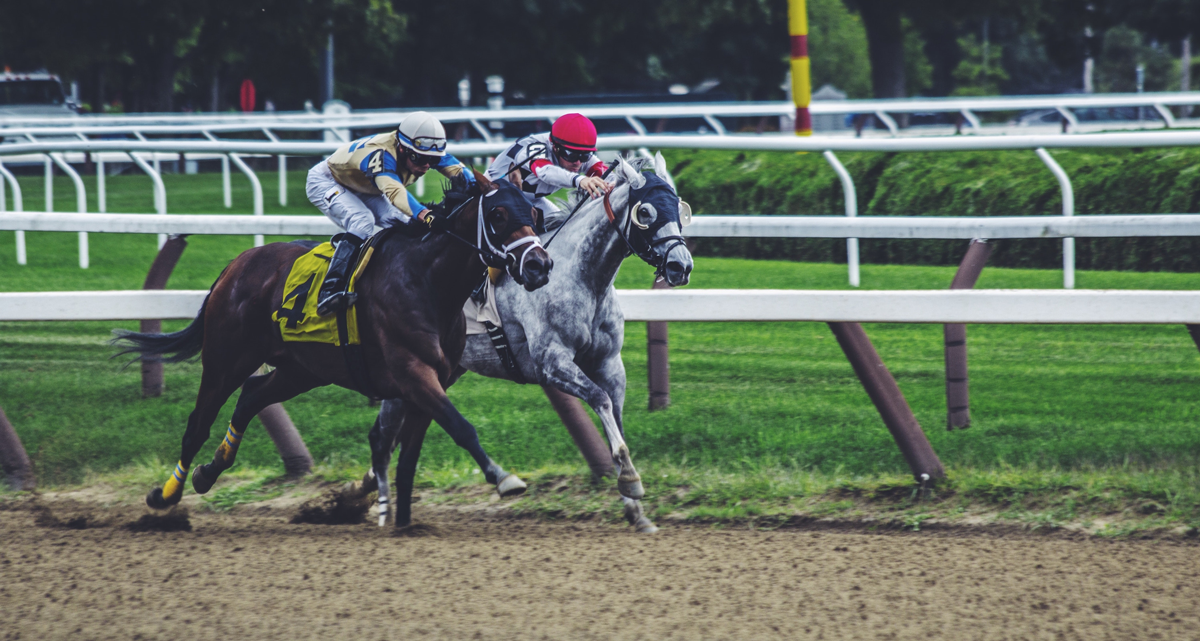
 Since 1991, prize money won in the Swedish harness and thoroughbred racing industries was considered subject to VAT, which helped the equine industry develop into a business with correct accounting. For many horse owners in Sweden, the VAT system provides an opportunity to recover the VAT on expenses and fees related to their horse.
Since 1991, prize money won in the Swedish harness and thoroughbred racing industries was considered subject to VAT, which helped the equine industry develop into a business with correct accounting. For many horse owners in Sweden, the VAT system provides an opportunity to recover the VAT on expenses and fees related to their horse.
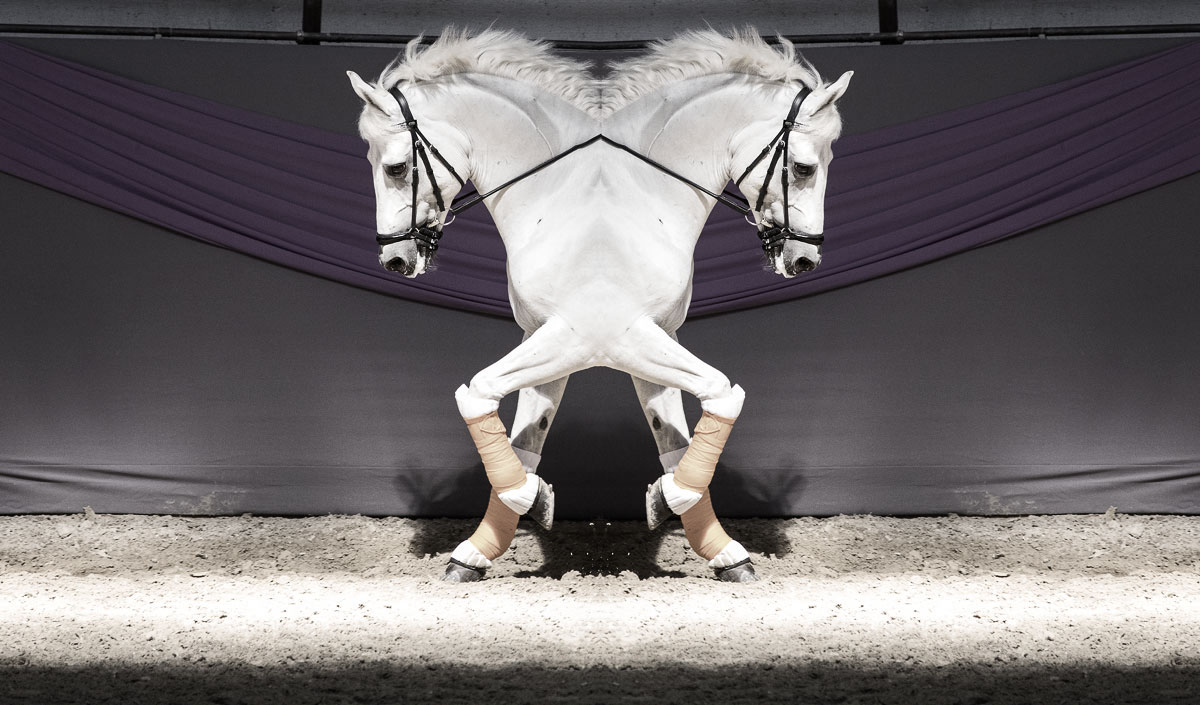
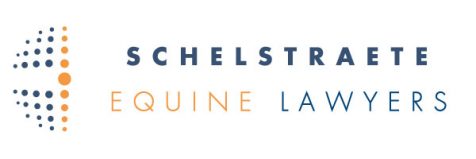
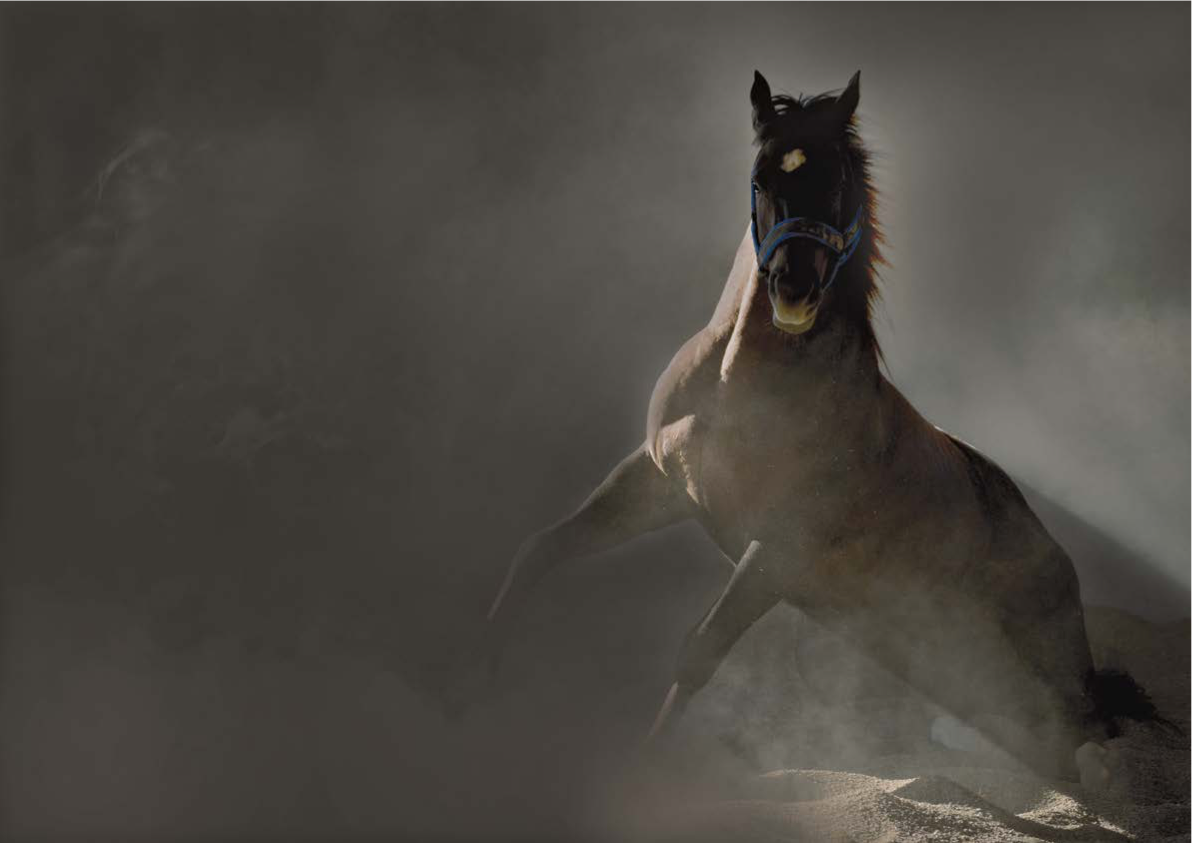
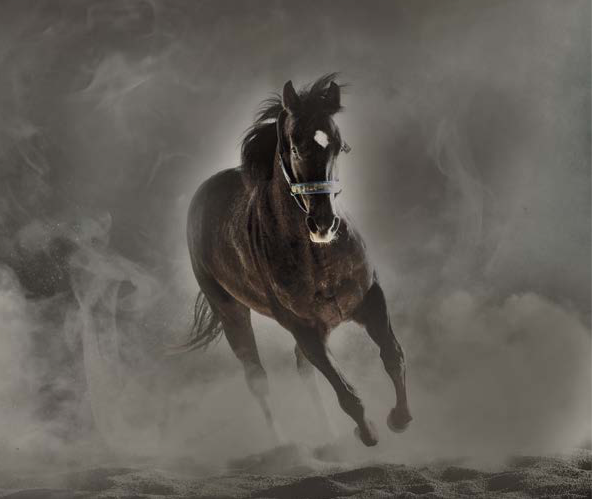 Athletes sometimes agree to the so- called “administrative track” of the FEI in which they can pay a certain amount for the violation and then go on with competing. This seems tempting at first sight, but in reality only a few athletes realize what the consequences are. If for example you are charged with doping within four years after such admission, then this first violation “settled via the administrative track” will count as first violation and the new violation will be qualified as a second violation. The penalties may be then doubled by the FEI. By three violations within the period of four years the athlete in question has a problem with the FEI. We are not saying that choosing the “administrative track” is not correct, but it always good to consider which options one has in the case at hand. Sometimes, it might be better to enter into a voluntary suspension and sometimes to fight the case.
Athletes sometimes agree to the so- called “administrative track” of the FEI in which they can pay a certain amount for the violation and then go on with competing. This seems tempting at first sight, but in reality only a few athletes realize what the consequences are. If for example you are charged with doping within four years after such admission, then this first violation “settled via the administrative track” will count as first violation and the new violation will be qualified as a second violation. The penalties may be then doubled by the FEI. By three violations within the period of four years the athlete in question has a problem with the FEI. We are not saying that choosing the “administrative track” is not correct, but it always good to consider which options one has in the case at hand. Sometimes, it might be better to enter into a voluntary suspension and sometimes to fight the case.
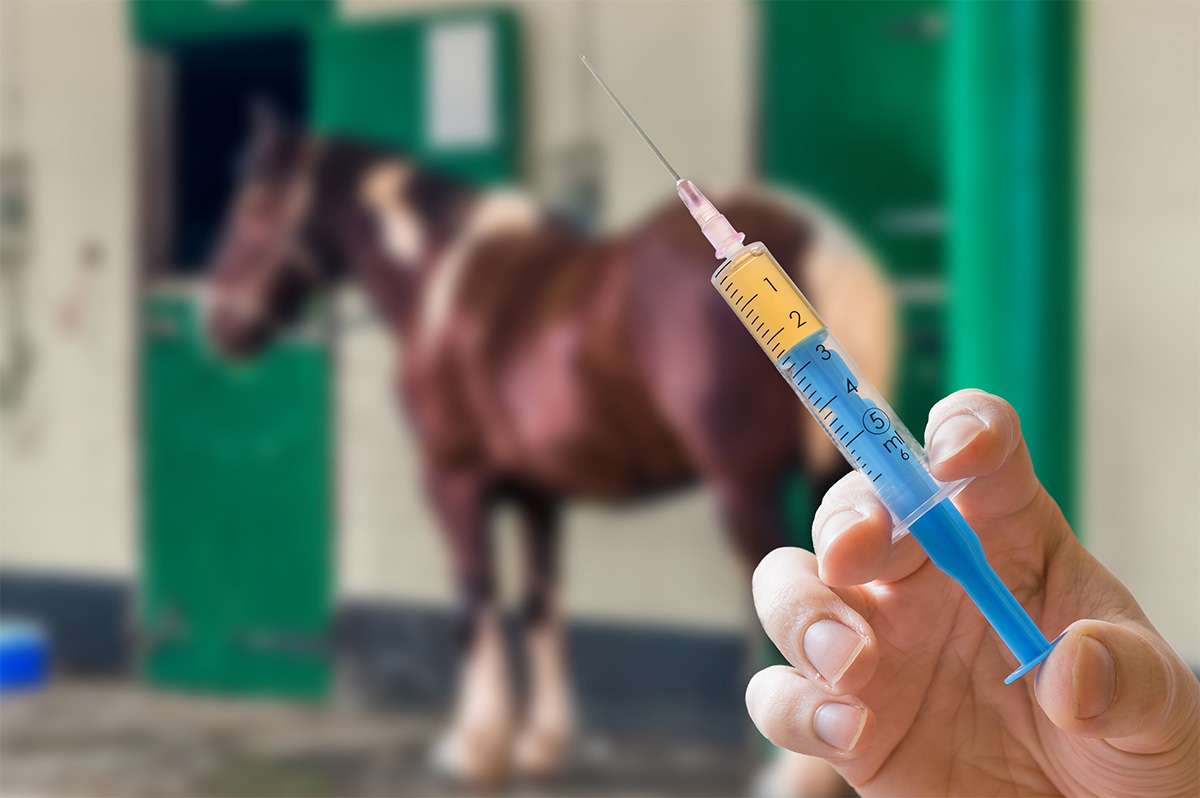
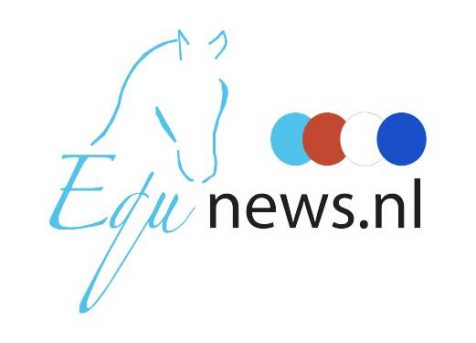
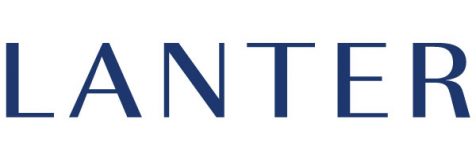
 Gattiker Law was founded in 2013 by Dr. Monika Gattiker, who has specialised in healthcare and life sciences as well as in equine law for the last 15 years. This law boutique was recently on the list of 600 top law offices in Switzerland (top 20 in Healthcare and Life Sciences) of the Swiss Financial Magazine, based on a rating by 6500 lawyers, approx. 400 inhouse lawyers, the head legal counsels of the 500 biggest companies in Switzerland and clients of law offices.
Gattiker Law was founded in 2013 by Dr. Monika Gattiker, who has specialised in healthcare and life sciences as well as in equine law for the last 15 years. This law boutique was recently on the list of 600 top law offices in Switzerland (top 20 in Healthcare and Life Sciences) of the Swiss Financial Magazine, based on a rating by 6500 lawyers, approx. 400 inhouse lawyers, the head legal counsels of the 500 biggest companies in Switzerland and clients of law offices.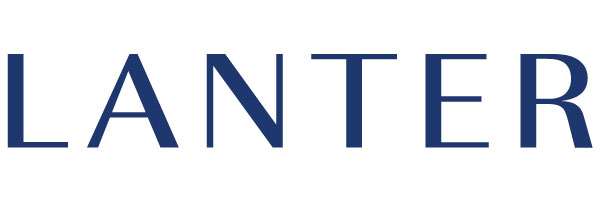 Therefore, Dr. Monika Gattiker decided to join the Law Firm LANTER Attorneys & Tax Advisors (founded 25 years ago). LANTER provides advice and litigates in many legal areas such as commercial law, contracts, tax, art, inheritance, construction, healthcare and life sciences, and equine law.
Therefore, Dr. Monika Gattiker decided to join the Law Firm LANTER Attorneys & Tax Advisors (founded 25 years ago). LANTER provides advice and litigates in many legal areas such as commercial law, contracts, tax, art, inheritance, construction, healthcare and life sciences, and equine law.


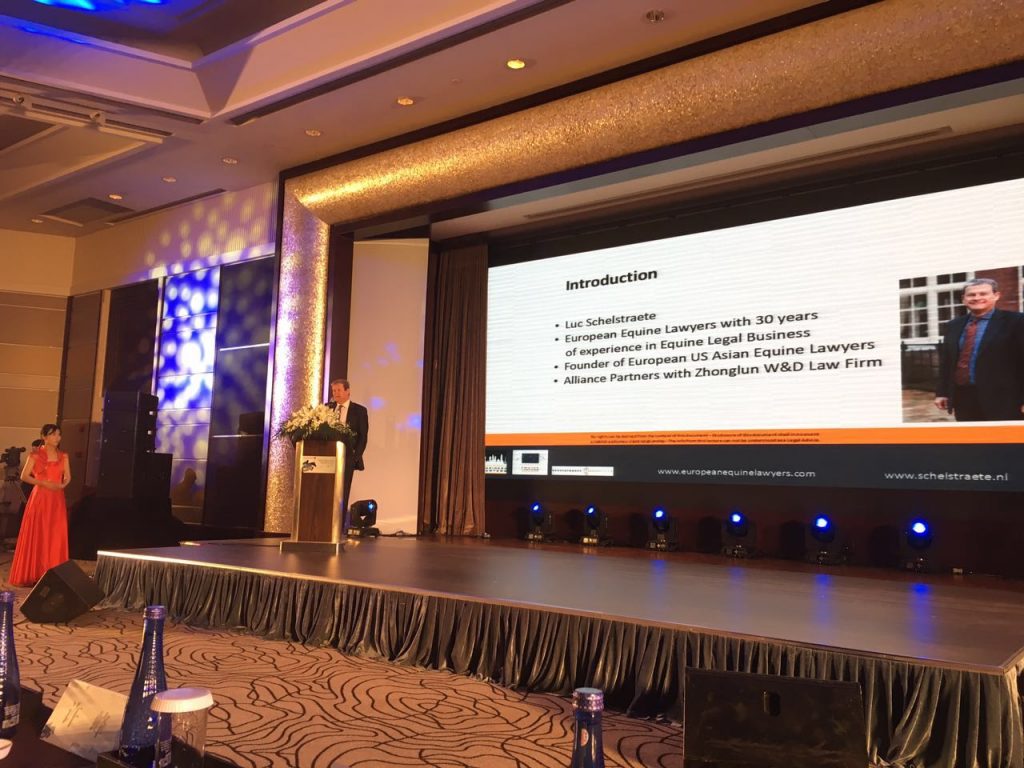
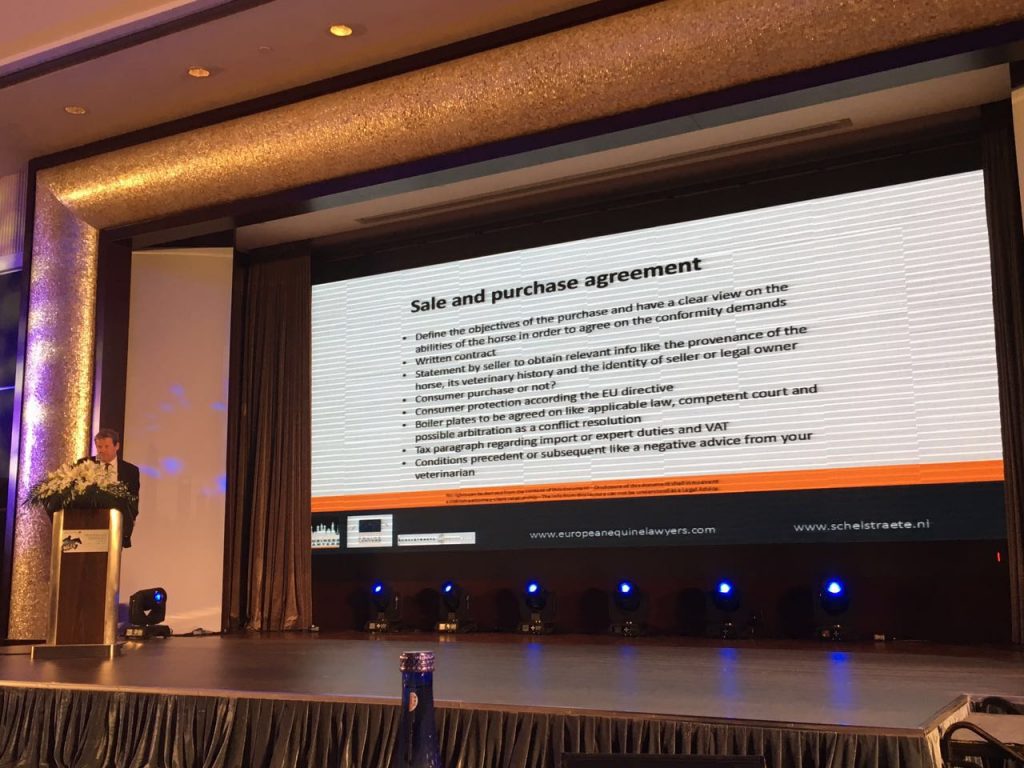
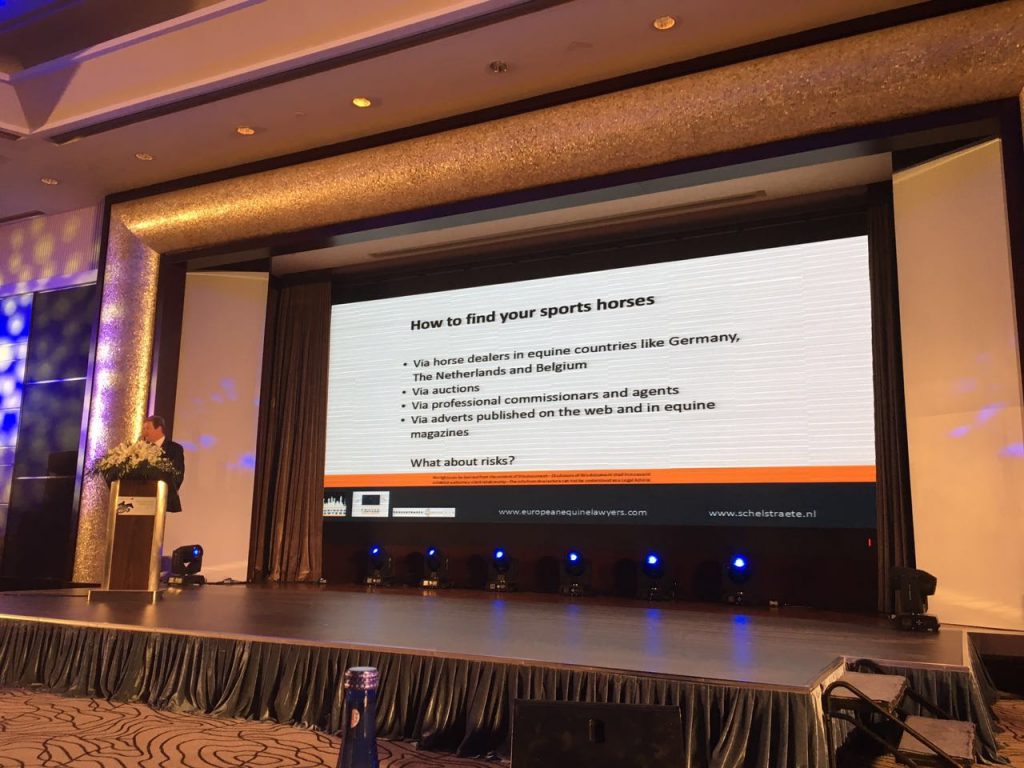
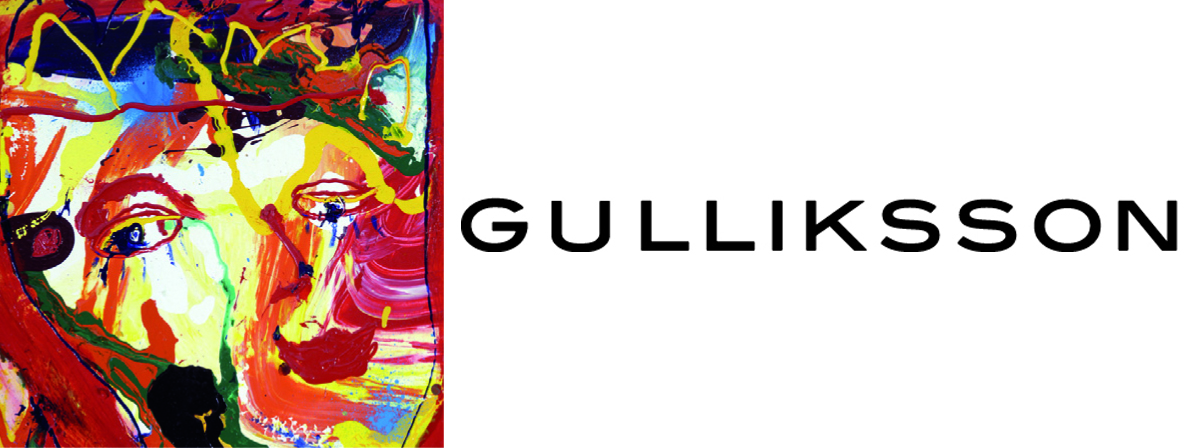
 The Swedish Parliament’s Committee on Civil Affairs has decided that the Consumer Sales Act must be amended regarding the sale of live animals.
The Swedish Parliament’s Committee on Civil Affairs has decided that the Consumer Sales Act must be amended regarding the sale of live animals.
 I am honoured and pleased that so many outstanding Law Offices showed their interest in our new Alliance: EUROPEAN-US-ASIAN EQUINE LAWYERS.
I am honoured and pleased that so many outstanding Law Offices showed their interest in our new Alliance: EUROPEAN-US-ASIAN EQUINE LAWYERS.
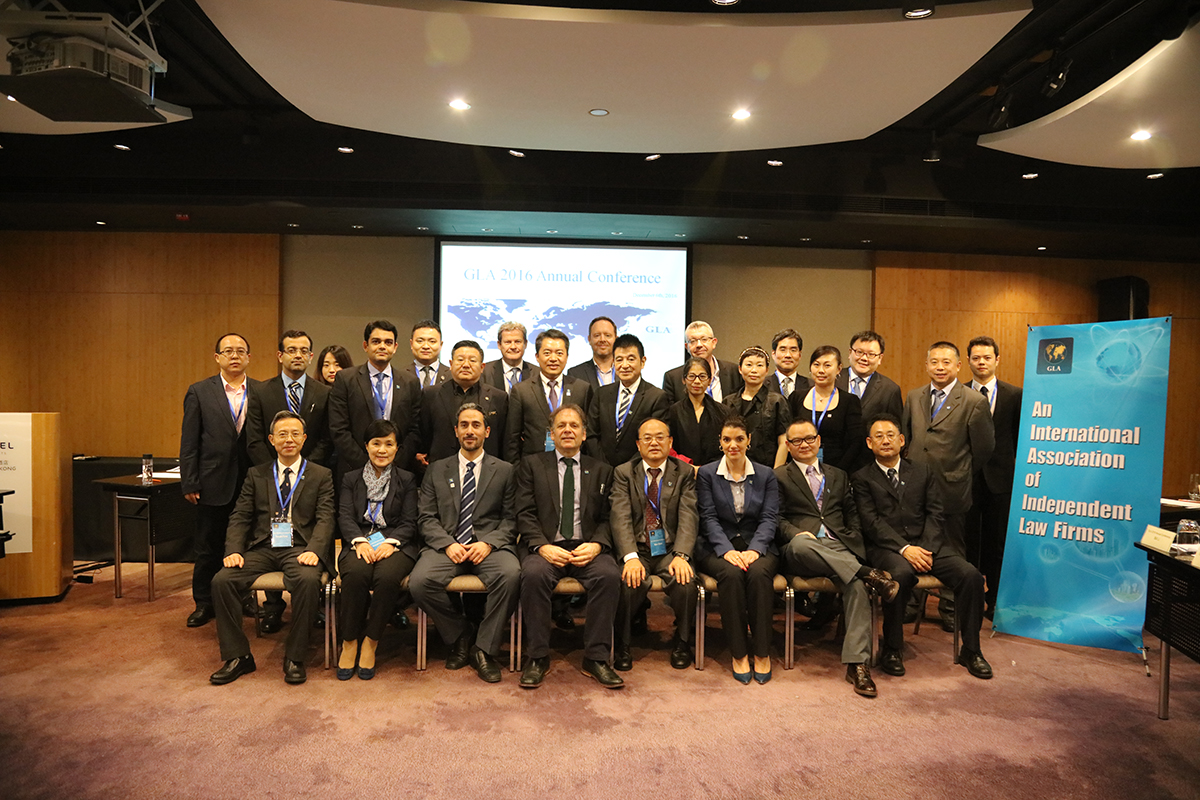
 Messrs. Luc Schelstraete and Piotr Wawrzyniak of European Equine Lawyers, with the head office in the Netherlands, represent Mrs Irina Shulga, Mrs Maria Dzhumadzuk and the National Federation of Ukraine in the appeal proceedings against the FEI before the FEI Tribunal in Lausanne. Just to remind our Mrs Shulga and Mrs Dzhumadzuk have been accused by the FEI of nationalistic judging during the CDI in Lier in March 2016 and were on these grounds suspended by the FEI.
Messrs. Luc Schelstraete and Piotr Wawrzyniak of European Equine Lawyers, with the head office in the Netherlands, represent Mrs Irina Shulga, Mrs Maria Dzhumadzuk and the National Federation of Ukraine in the appeal proceedings against the FEI before the FEI Tribunal in Lausanne. Just to remind our Mrs Shulga and Mrs Dzhumadzuk have been accused by the FEI of nationalistic judging during the CDI in Lier in March 2016 and were on these grounds suspended by the FEI.